 Image 1 of 82
Image 1 of 82

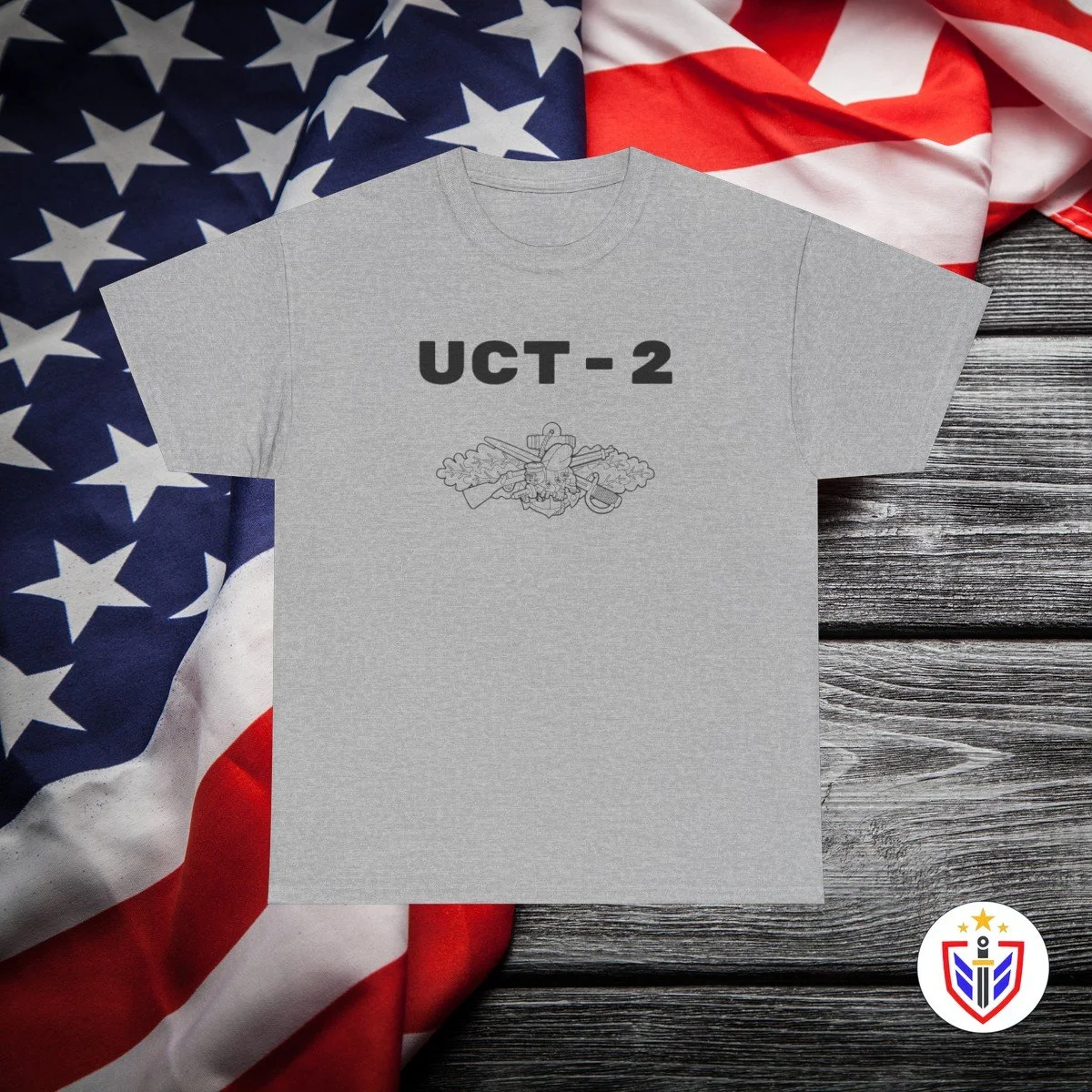 Image 2 of 82
Image 2 of 82

 Image 3 of 82
Image 3 of 82

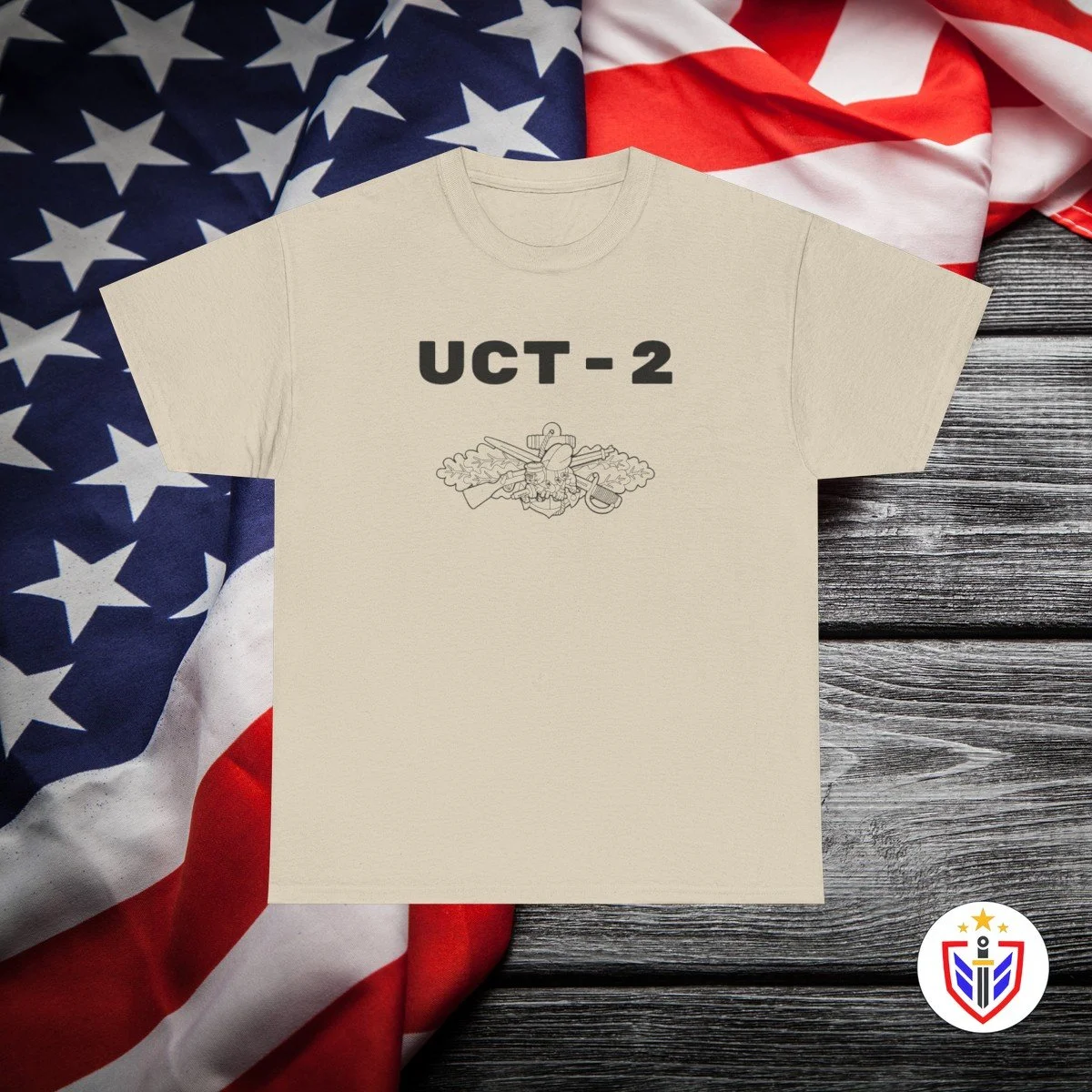 Image 4 of 82
Image 4 of 82

 Image 5 of 82
Image 5 of 82

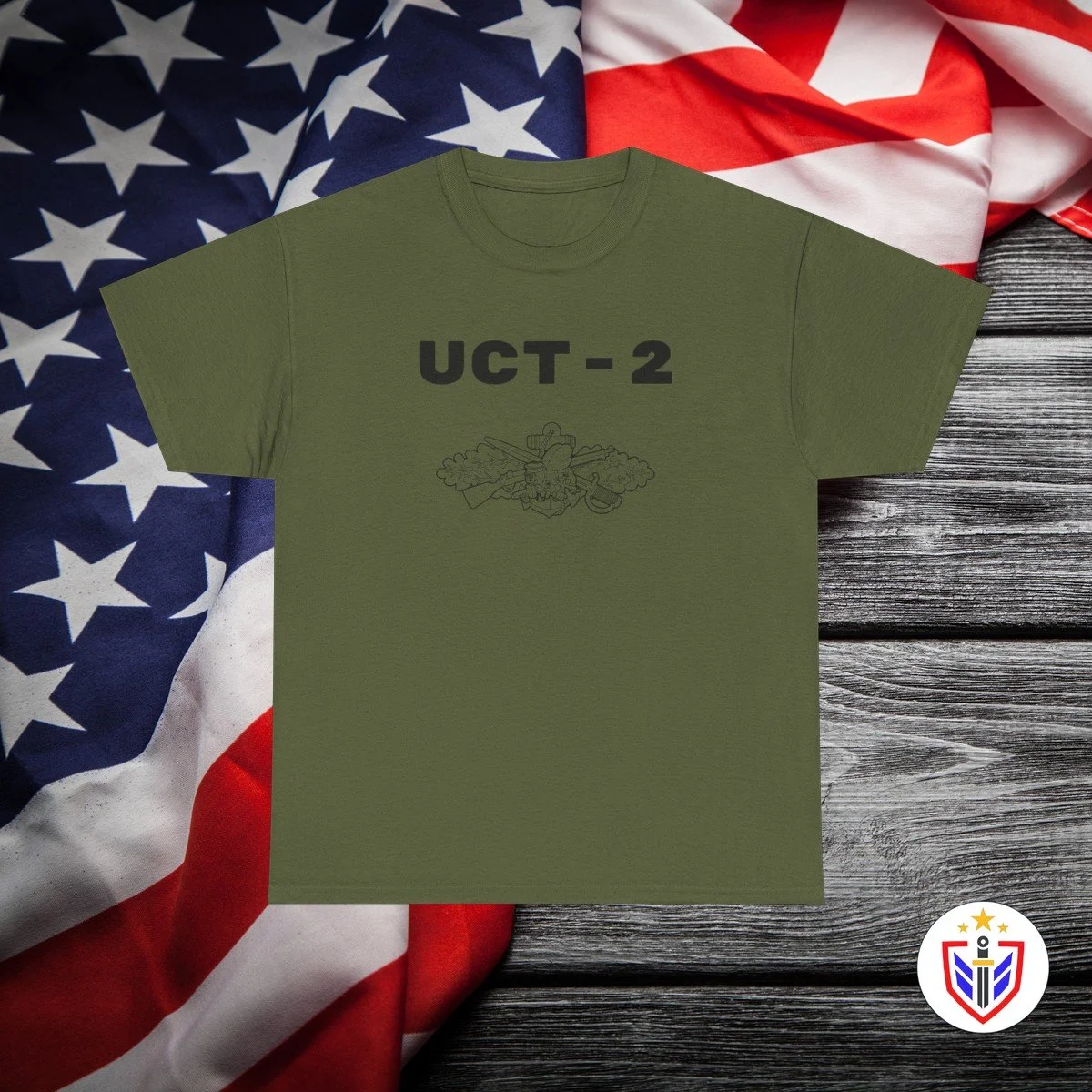 Image 6 of 82
Image 6 of 82

 Image 7 of 82
Image 7 of 82

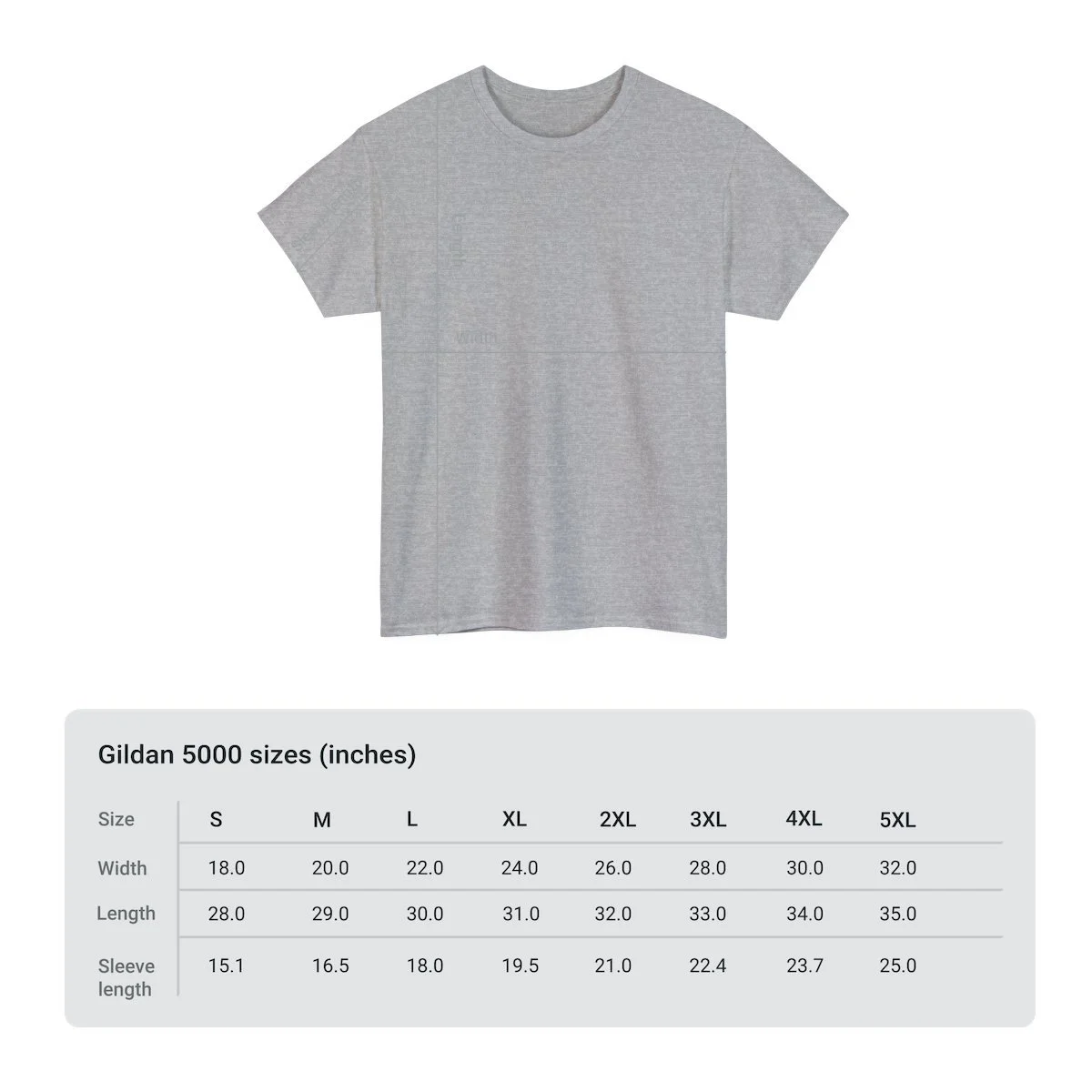 Image 8 of 82
Image 8 of 82

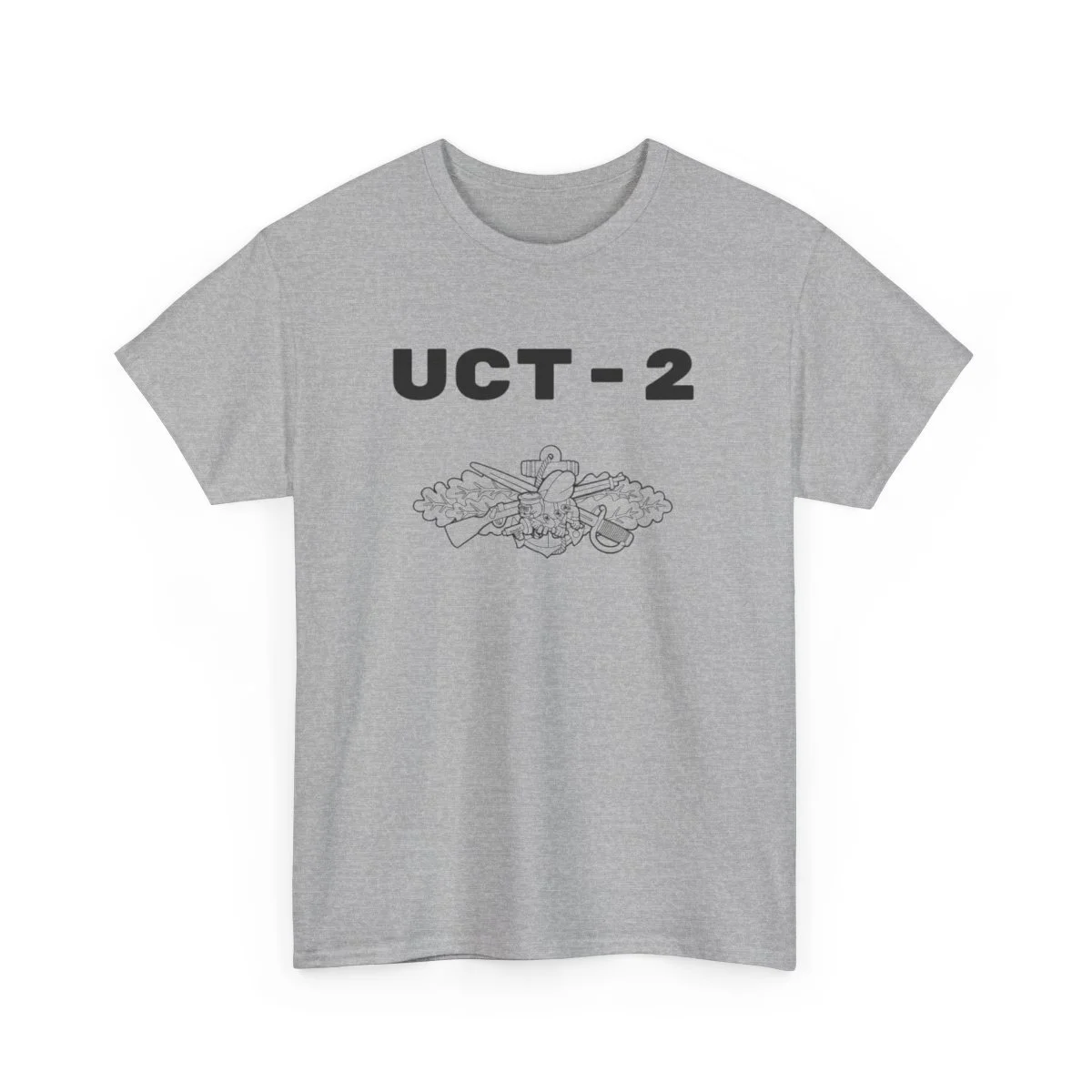 Image 9 of 82
Image 9 of 82

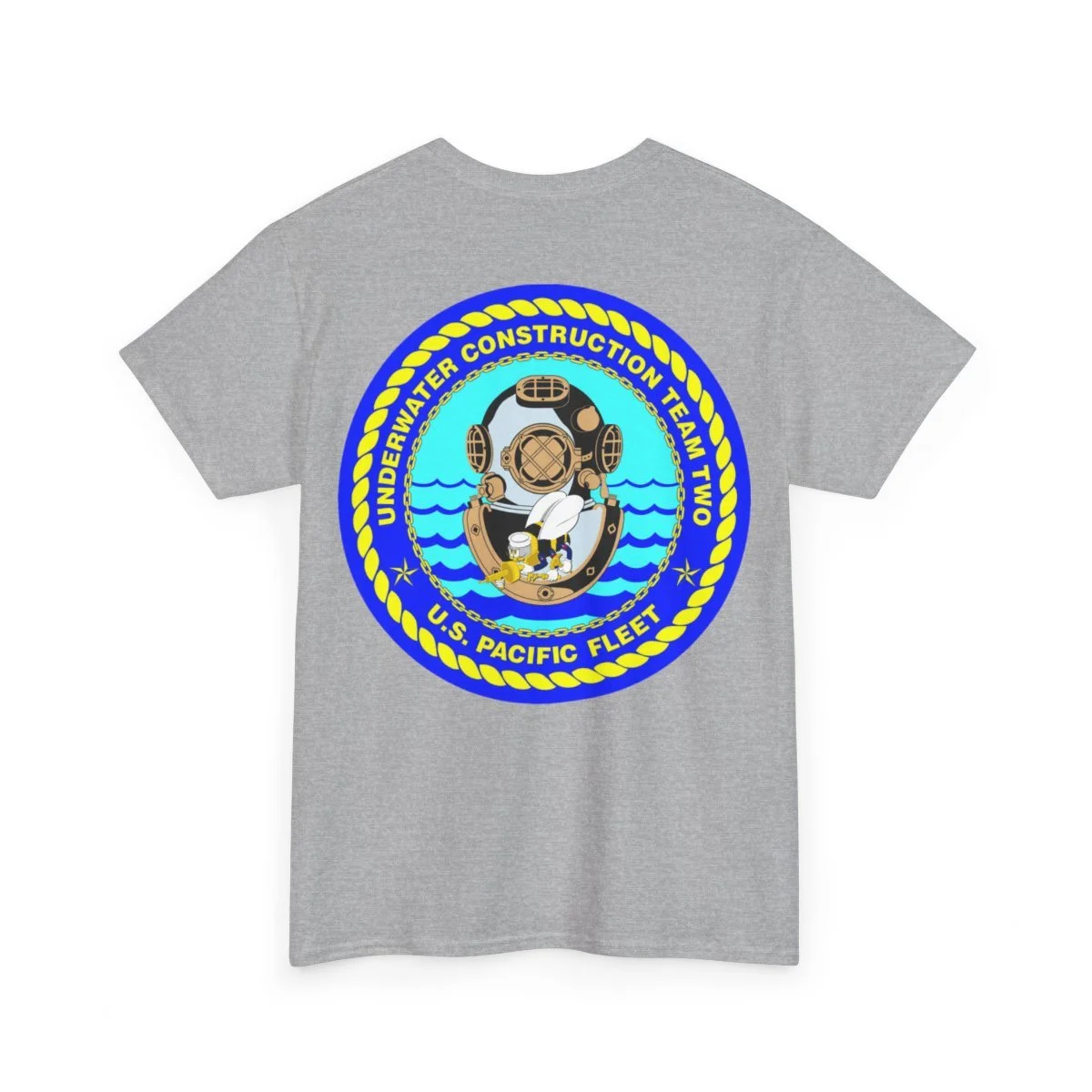 Image 10 of 82
Image 10 of 82

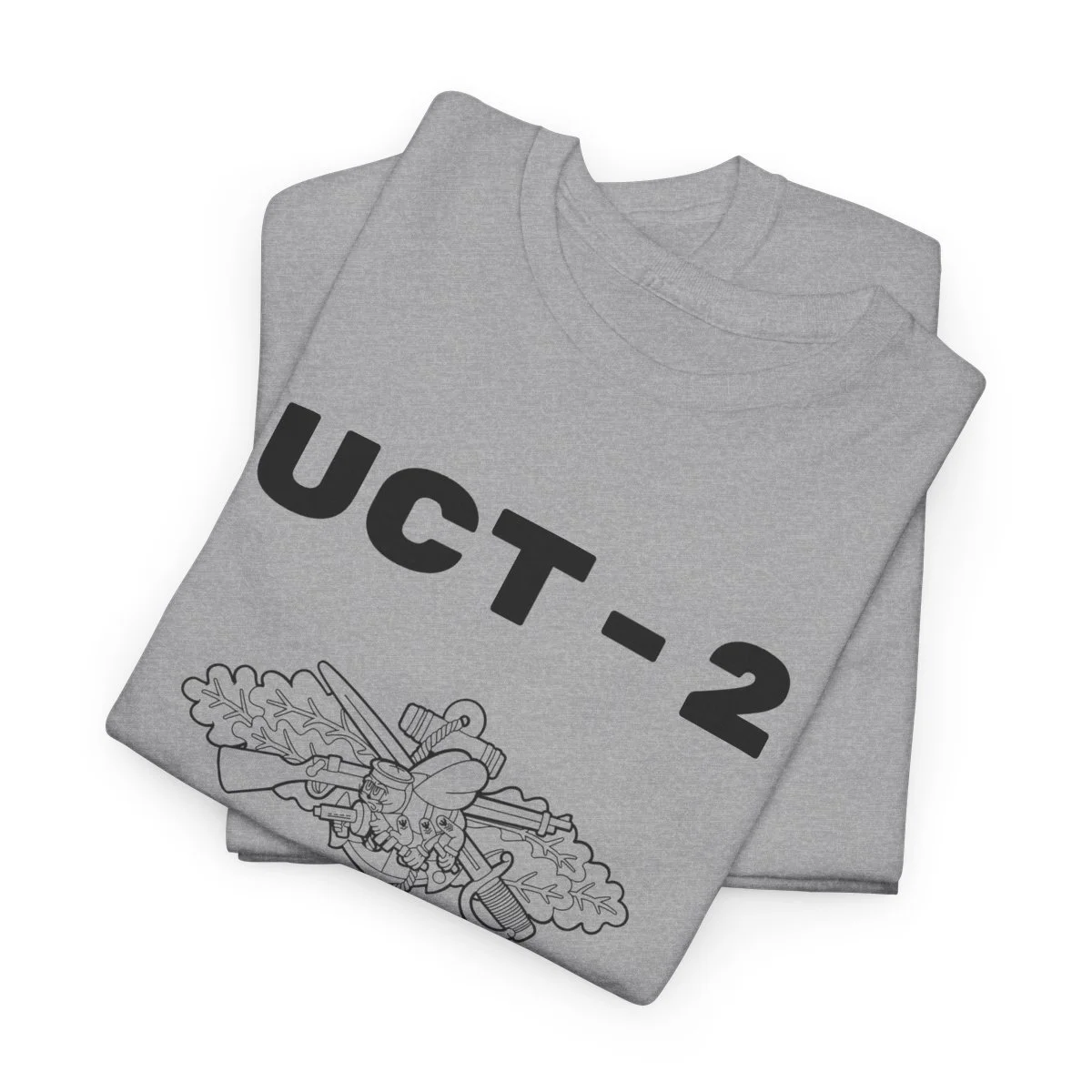 Image 11 of 82
Image 11 of 82

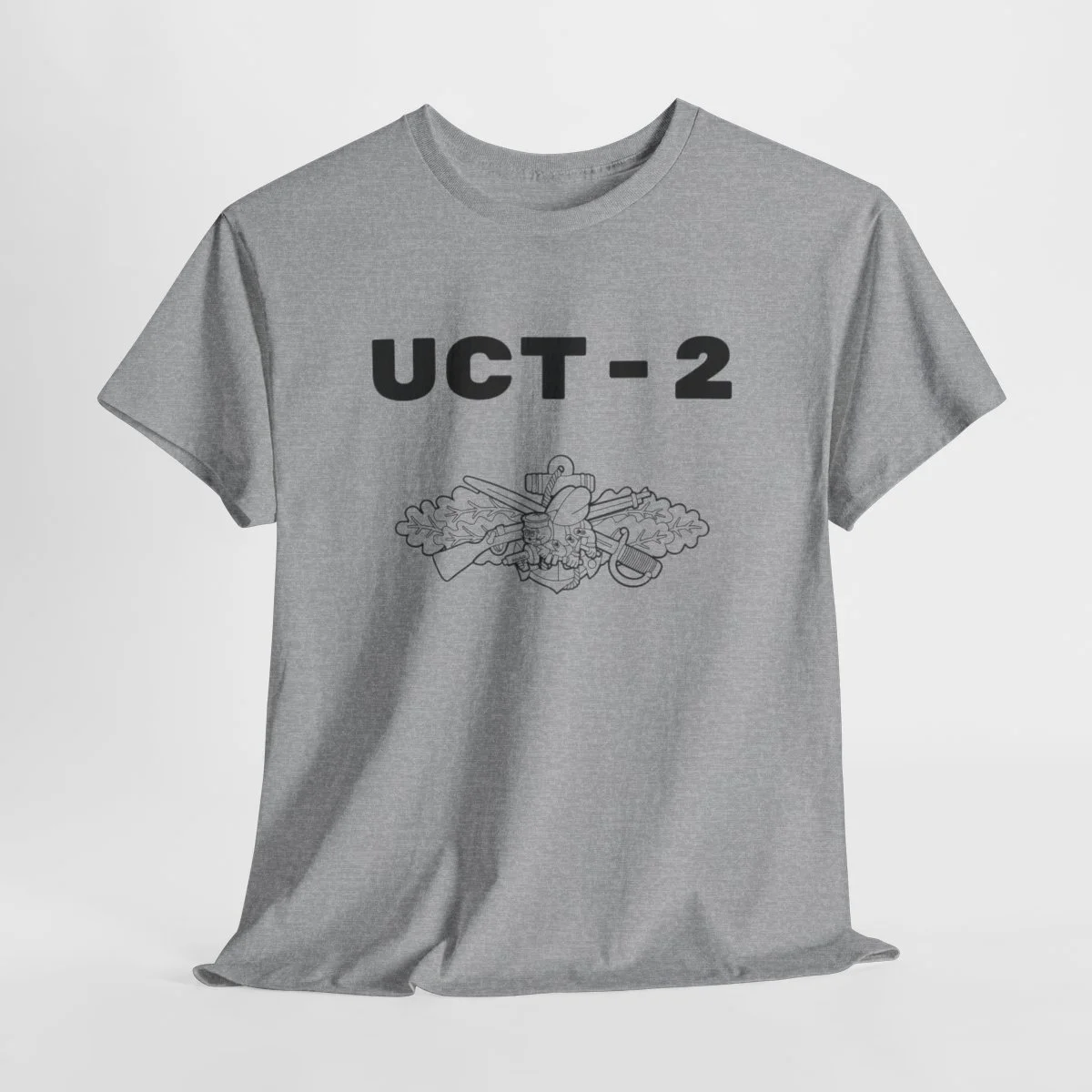 Image 12 of 82
Image 12 of 82

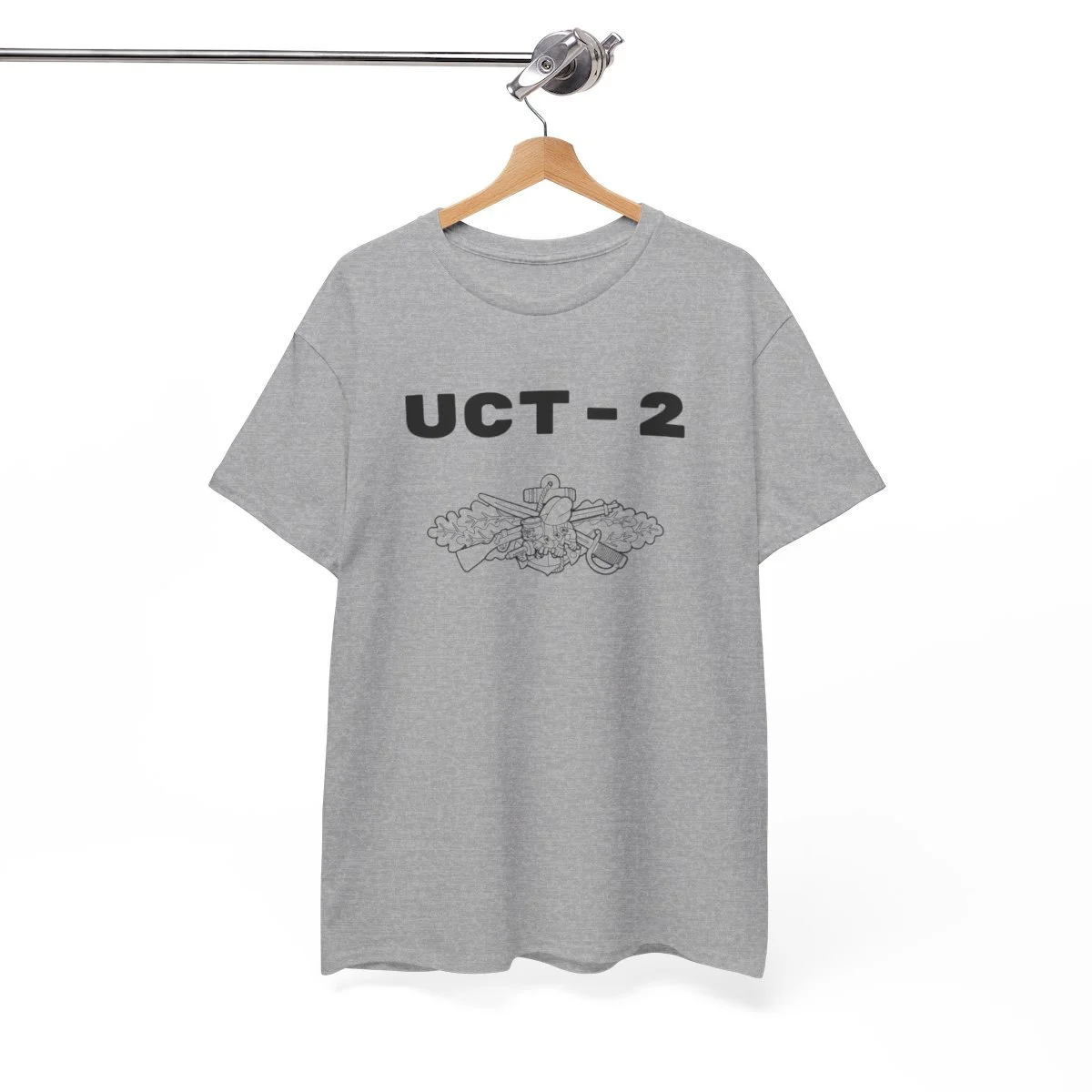 Image 13 of 82
Image 13 of 82

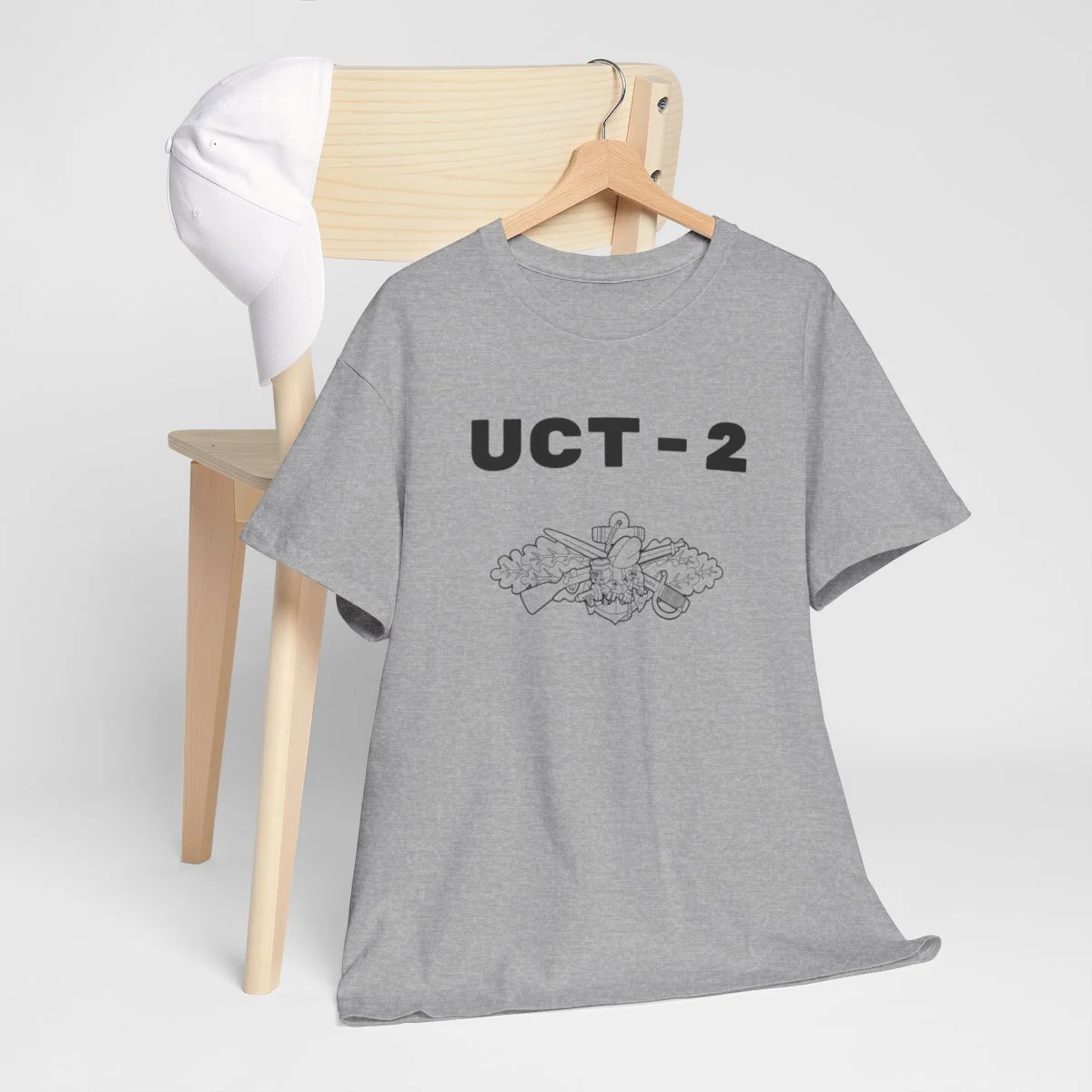 Image 14 of 82
Image 14 of 82

 Image 15 of 82
Image 15 of 82

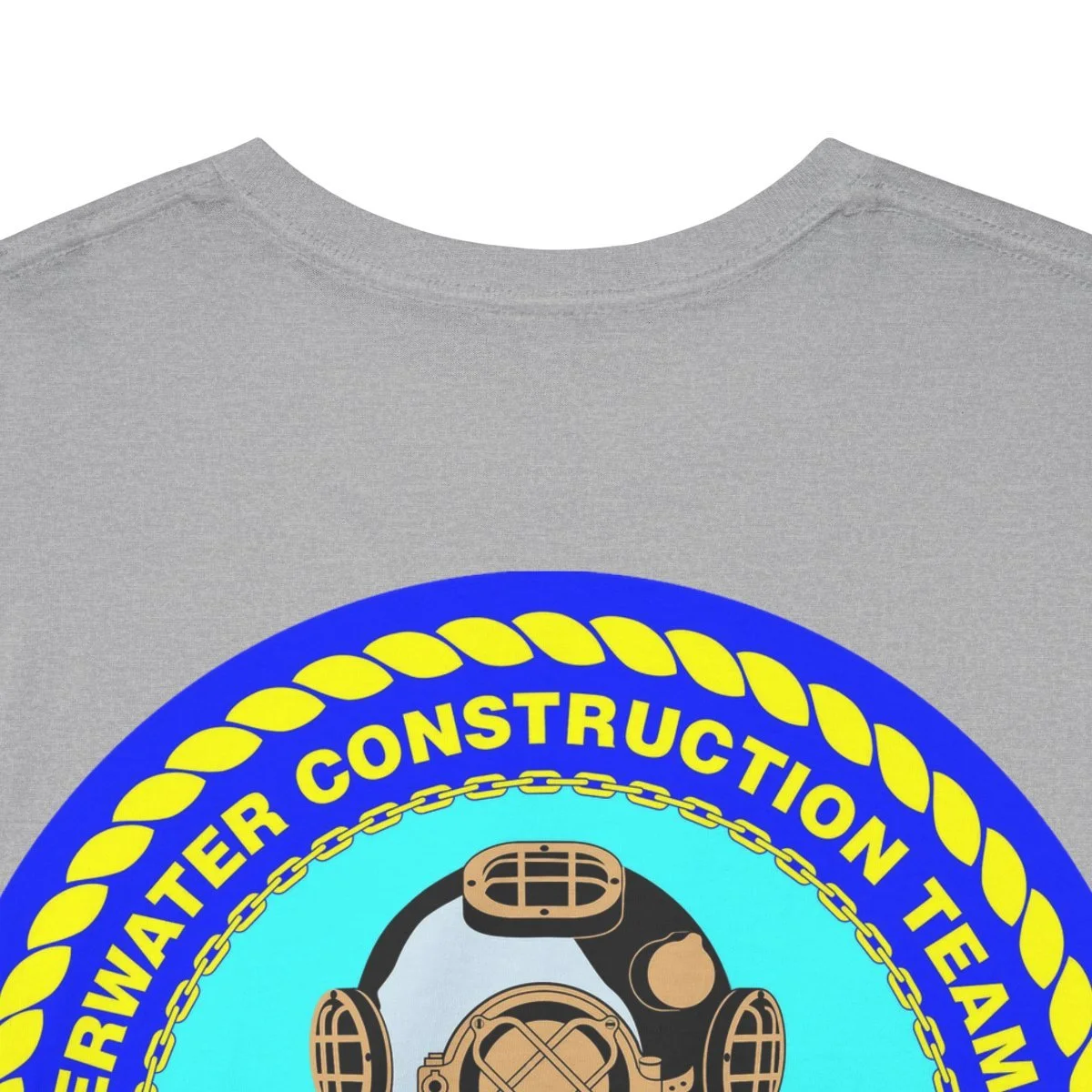 Image 16 of 82
Image 16 of 82

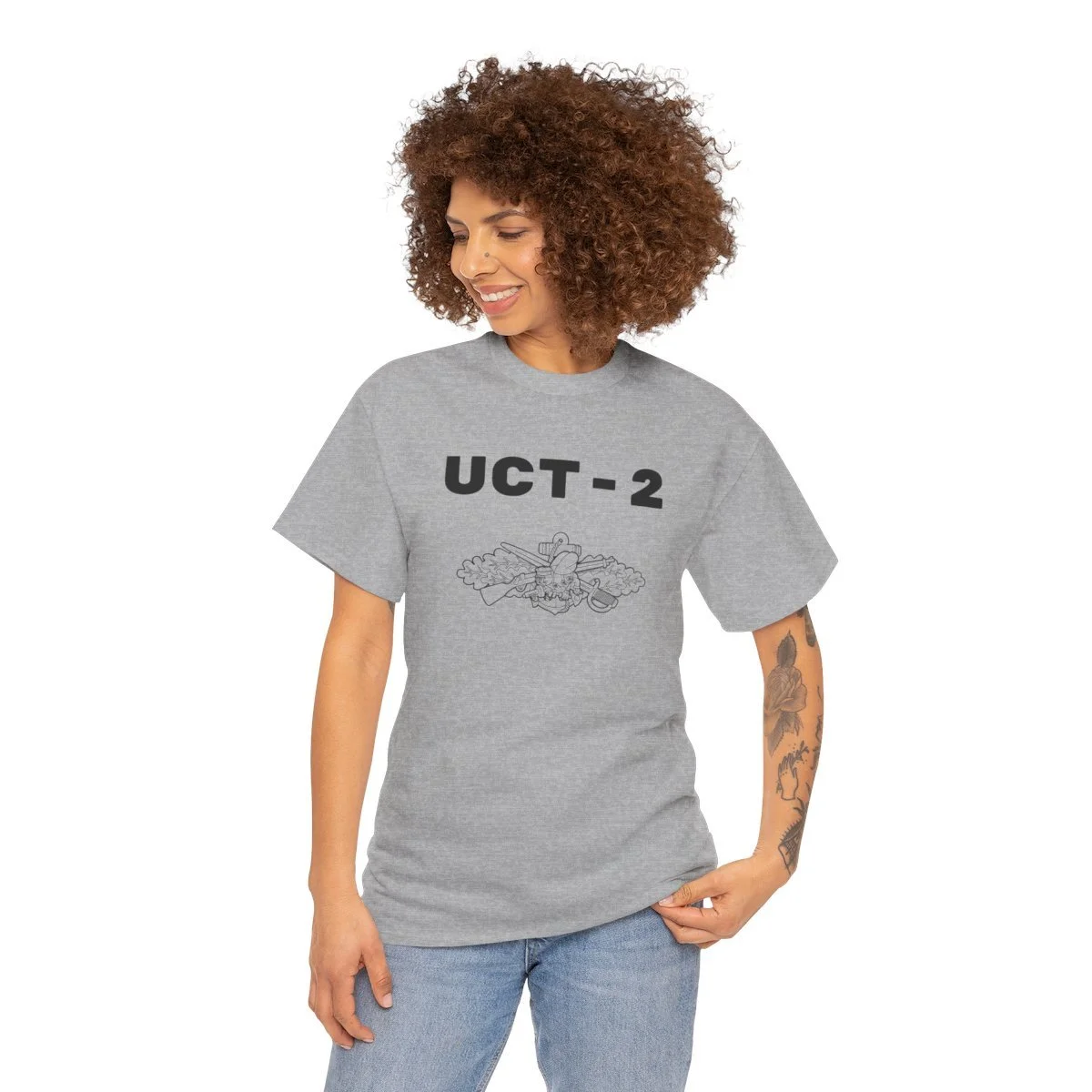 Image 17 of 82
Image 17 of 82

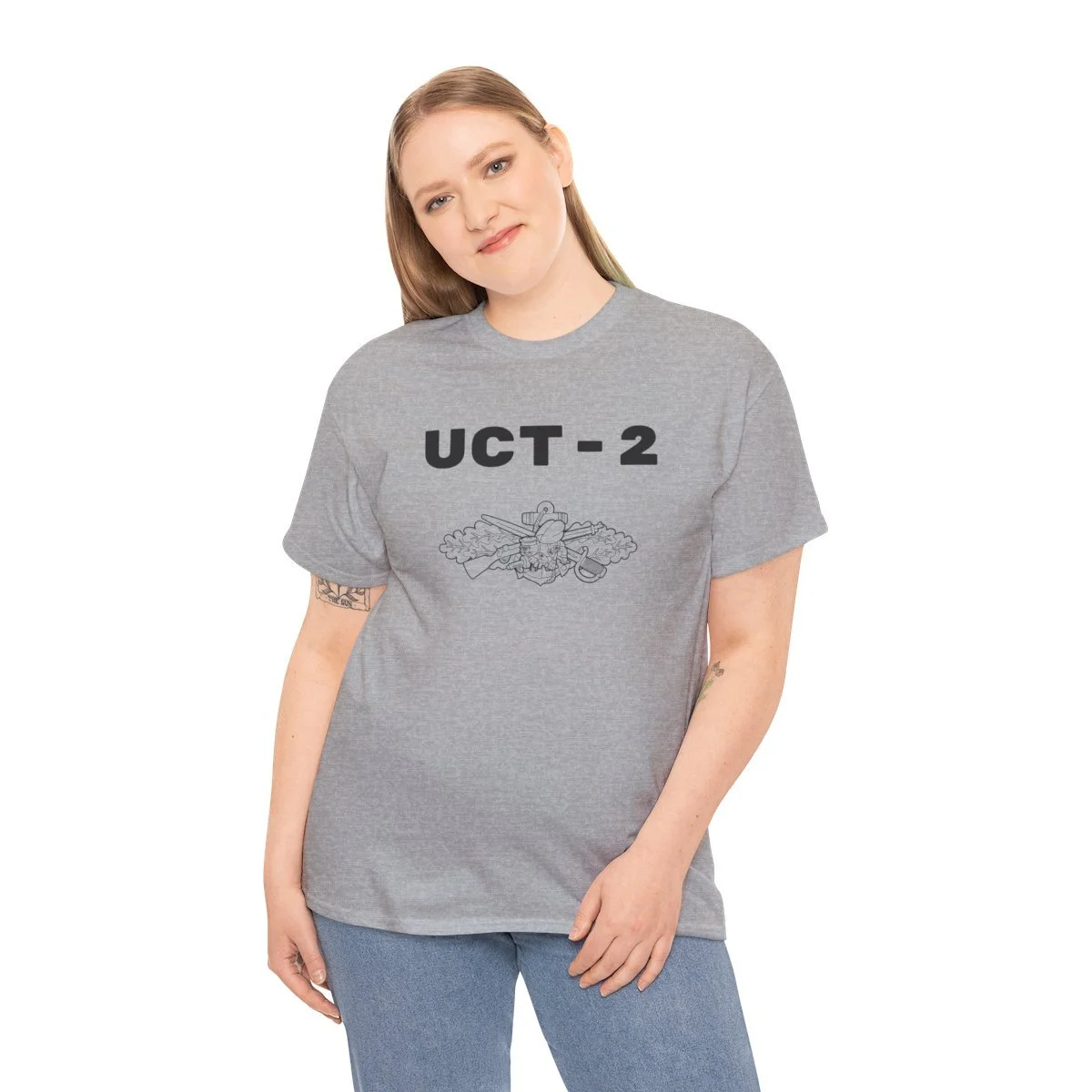 Image 18 of 82
Image 18 of 82

 Image 19 of 82
Image 19 of 82

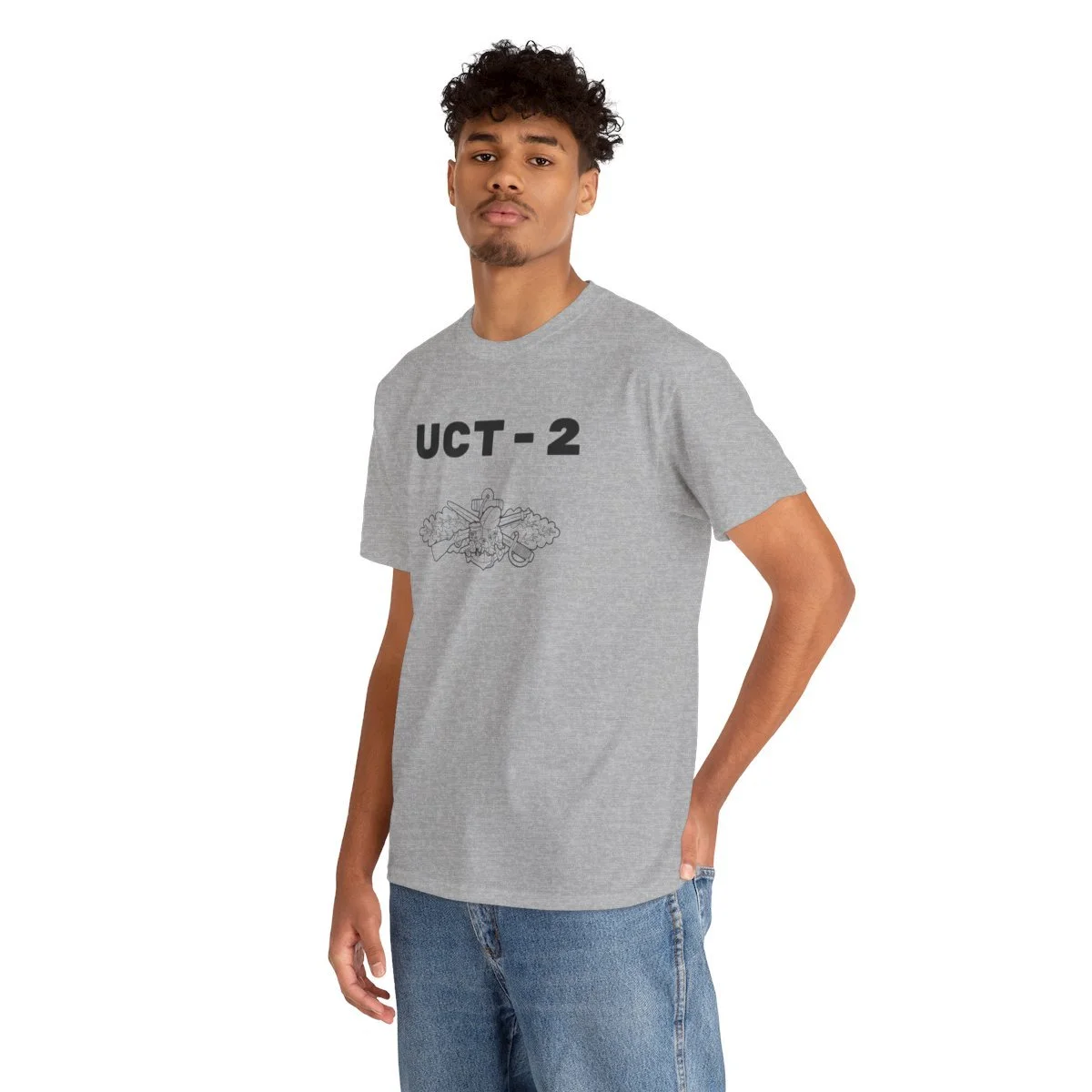 Image 20 of 82
Image 20 of 82

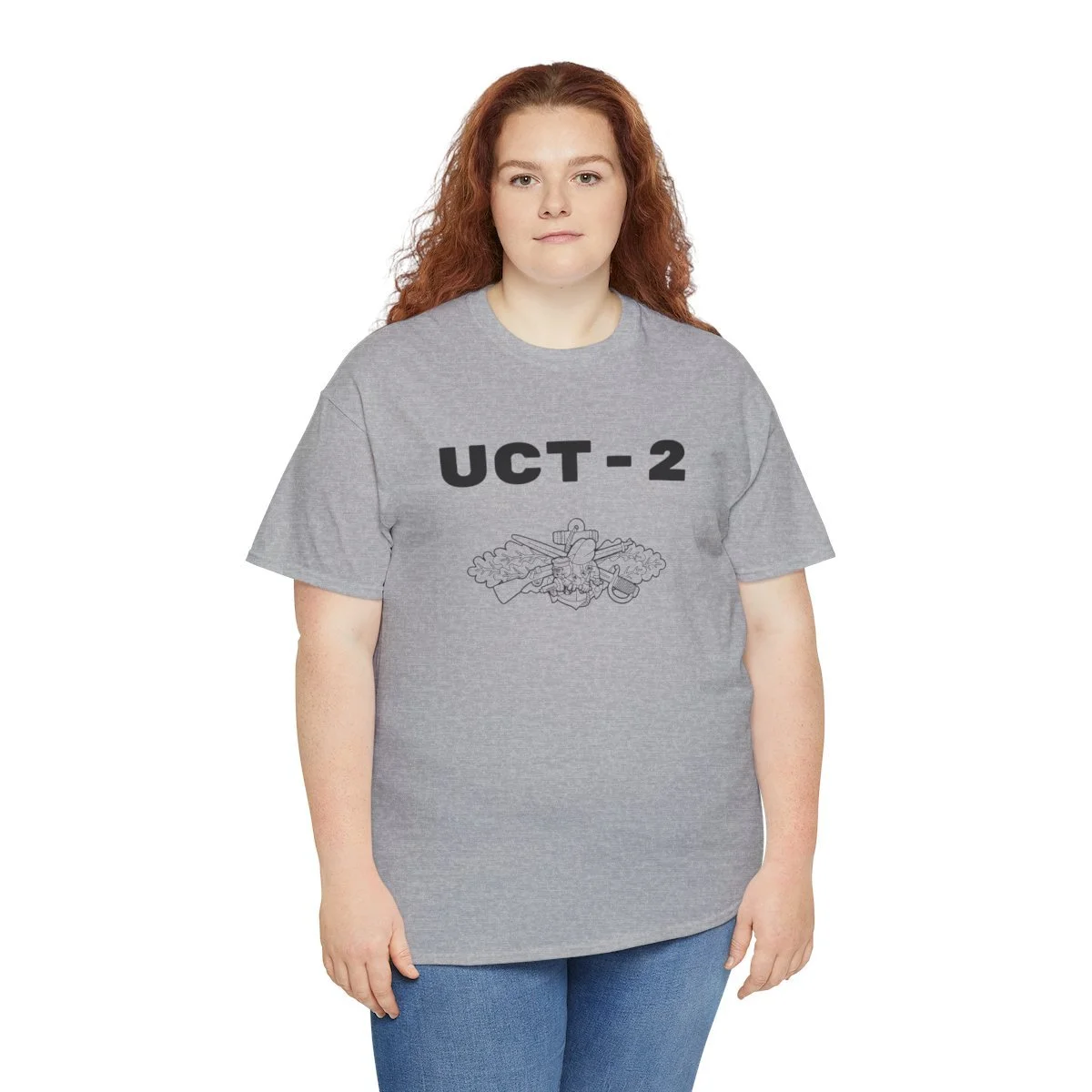 Image 21 of 82
Image 21 of 82

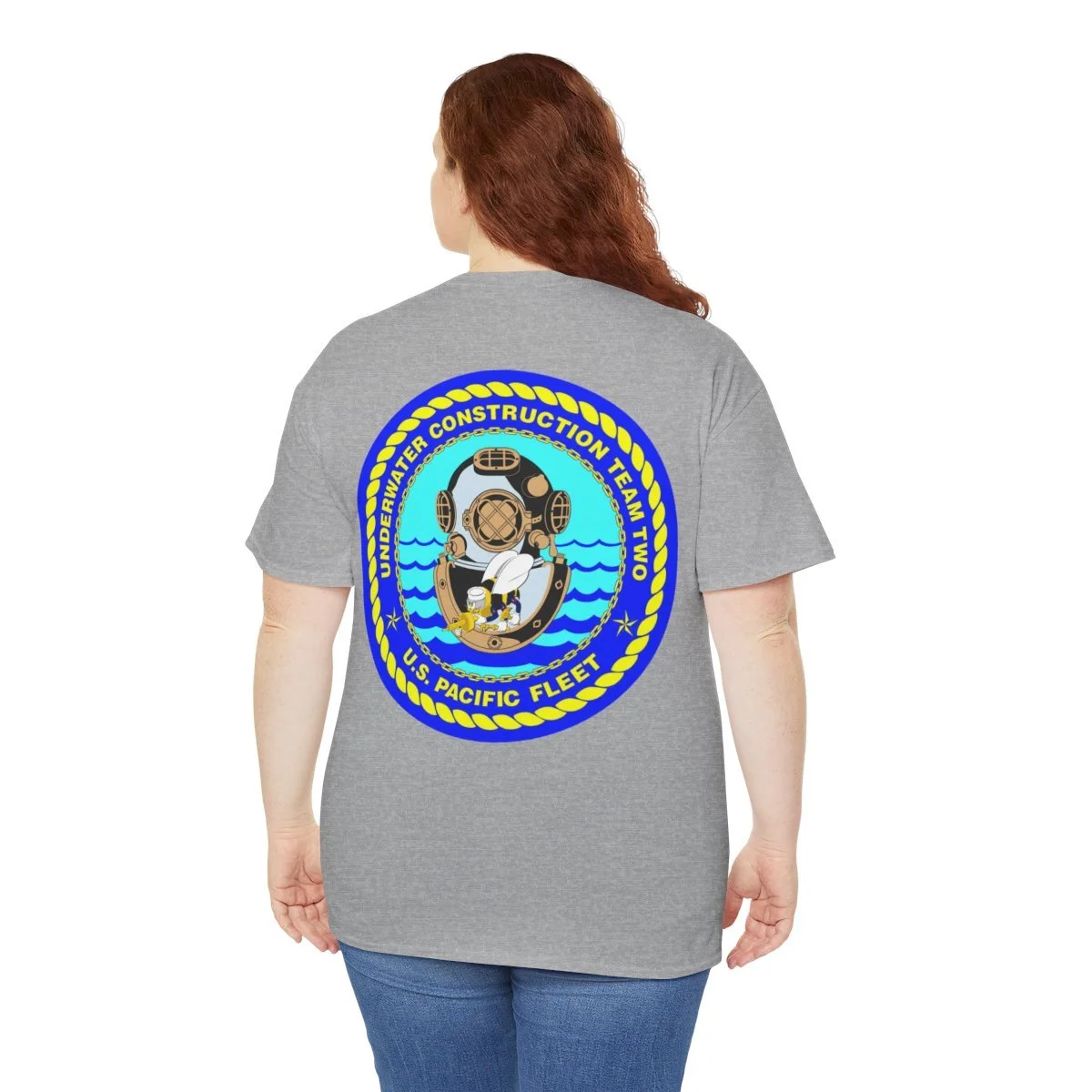 Image 22 of 82
Image 22 of 82

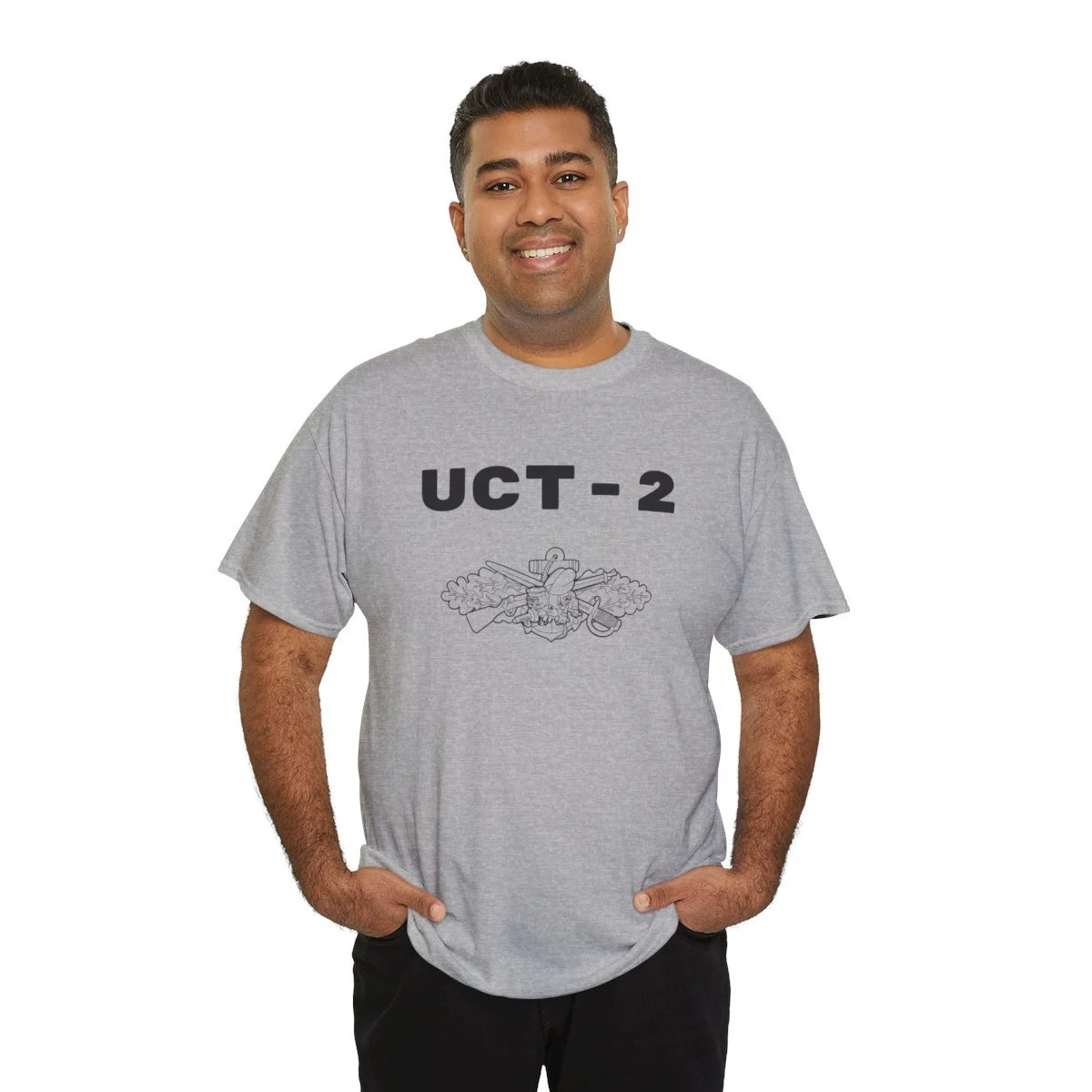 Image 23 of 82
Image 23 of 82

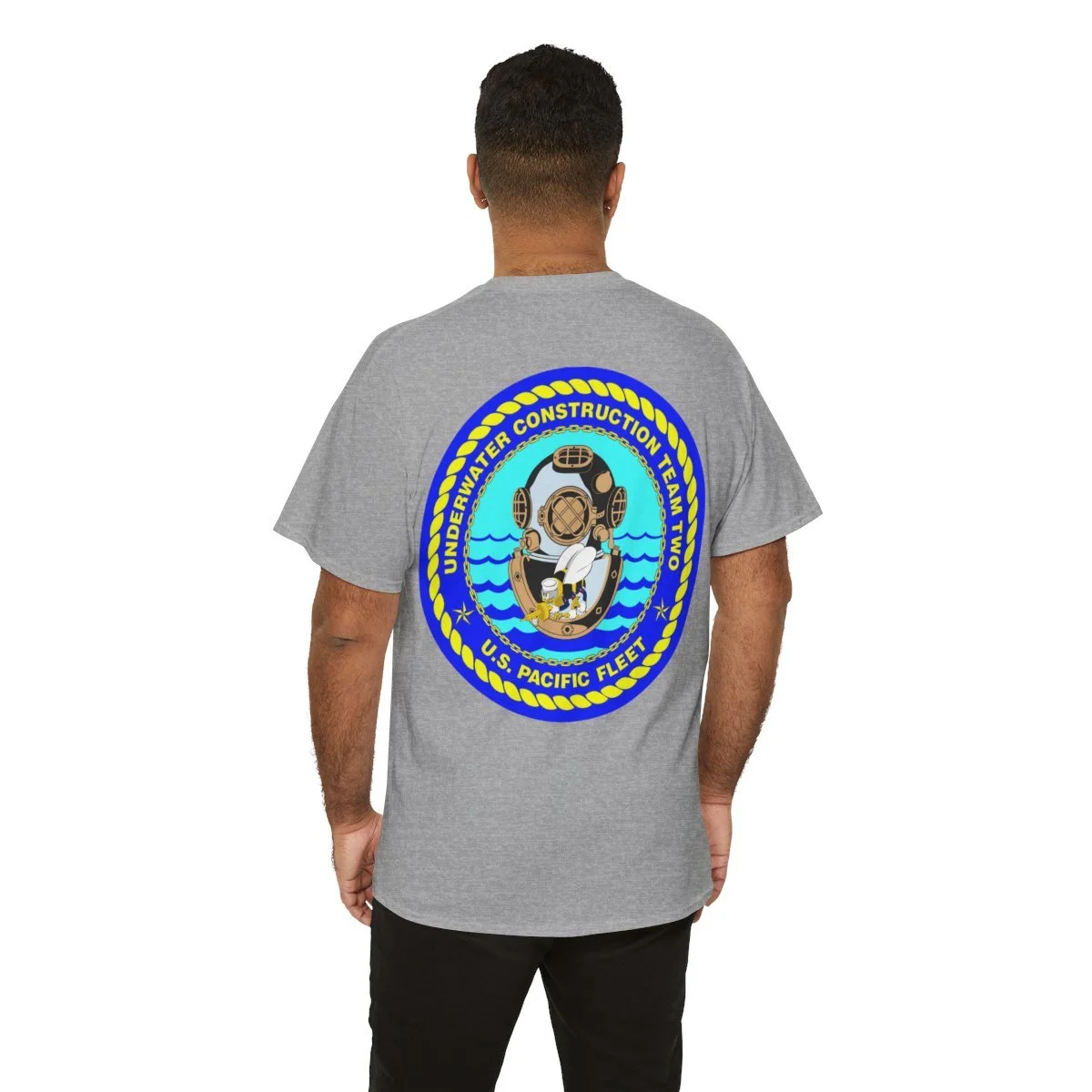 Image 24 of 82
Image 24 of 82

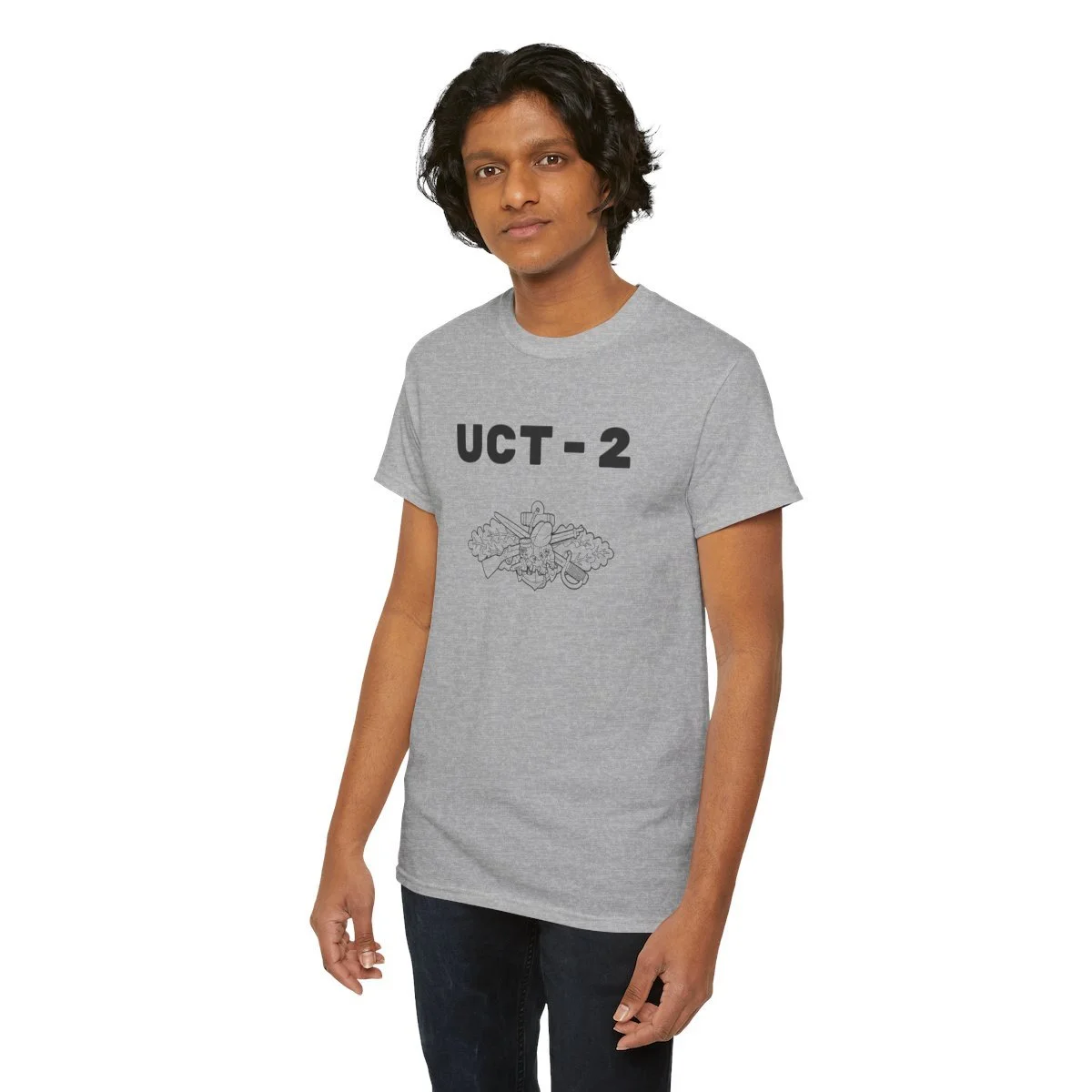 Image 25 of 82
Image 25 of 82

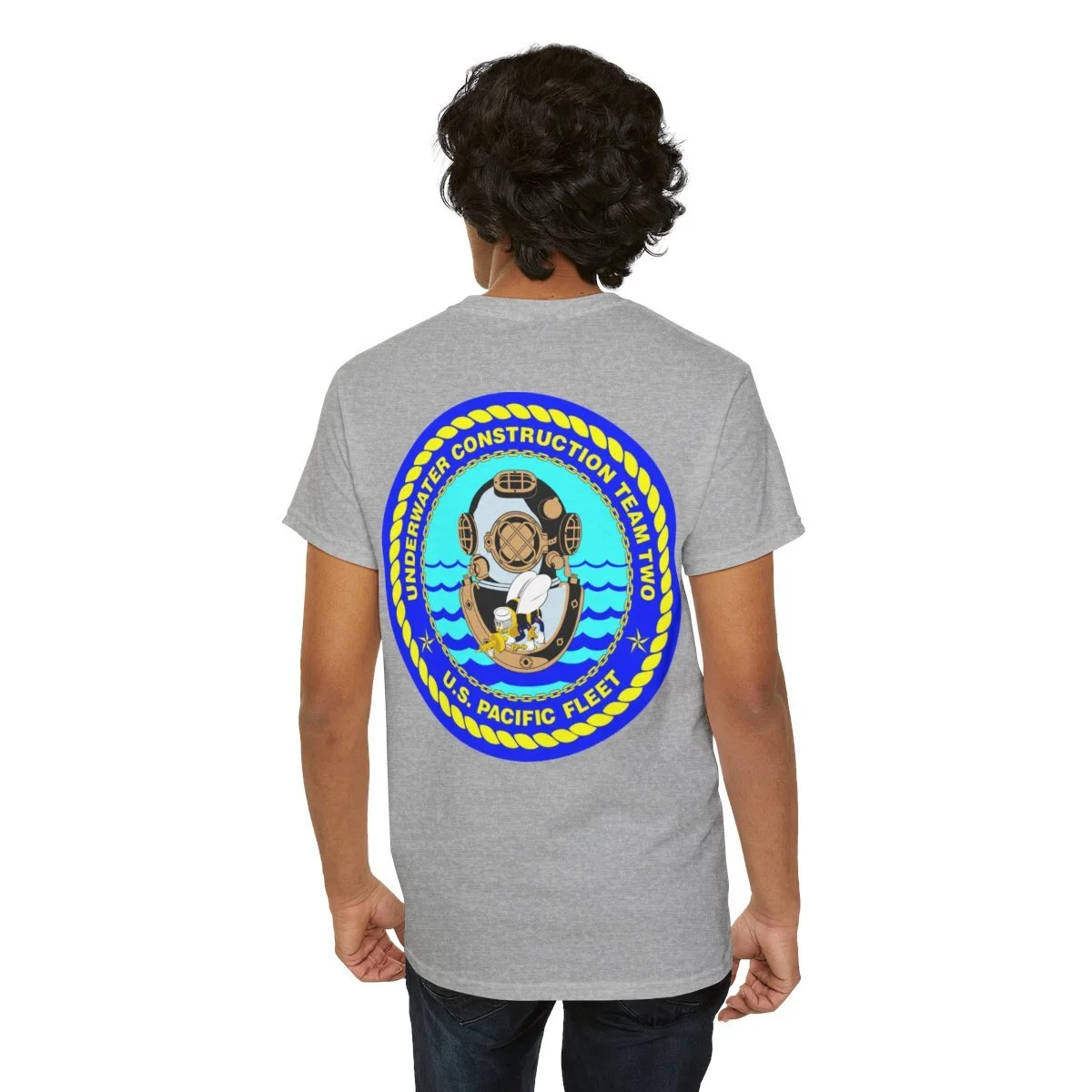 Image 26 of 82
Image 26 of 82

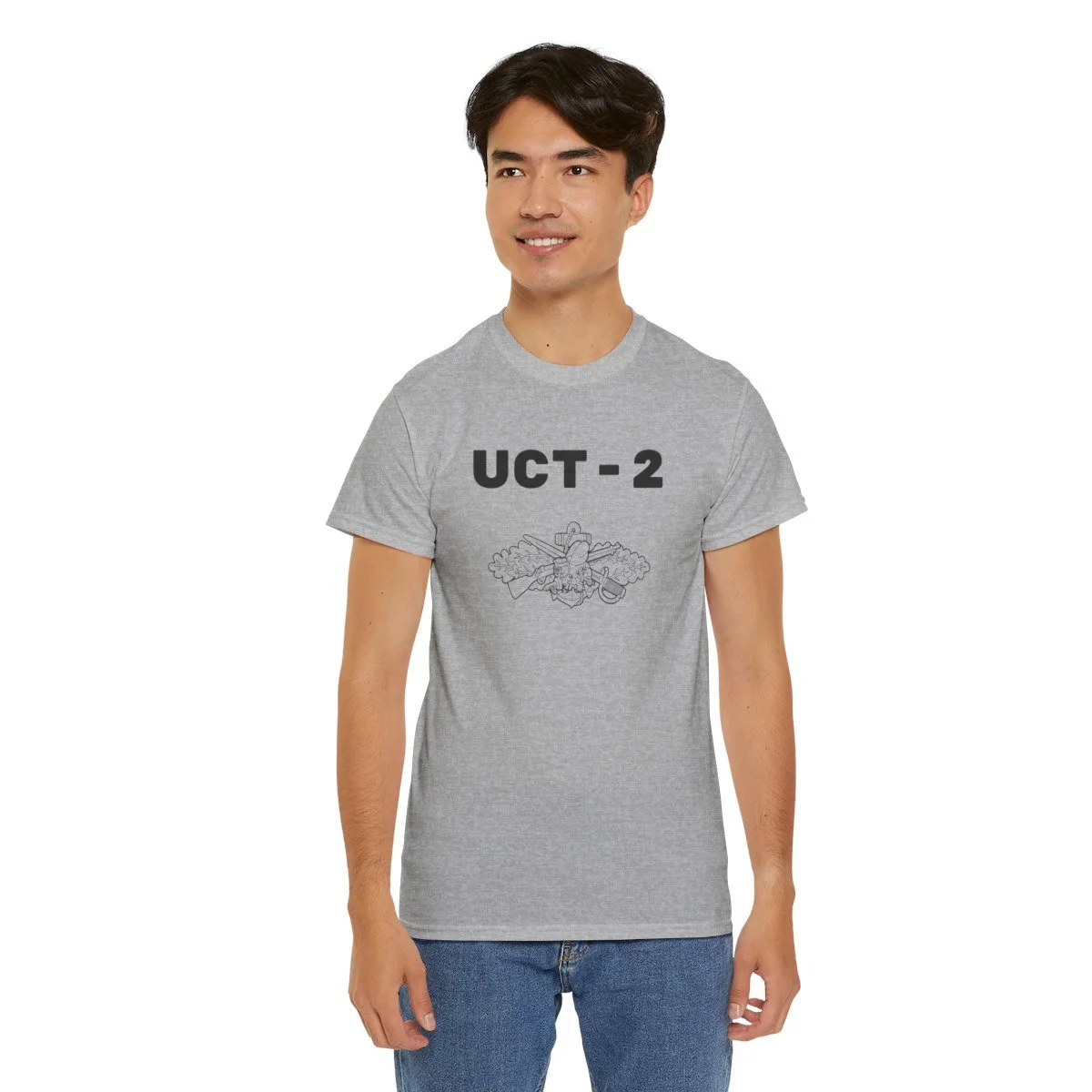 Image 27 of 82
Image 27 of 82

 Image 28 of 82
Image 28 of 82

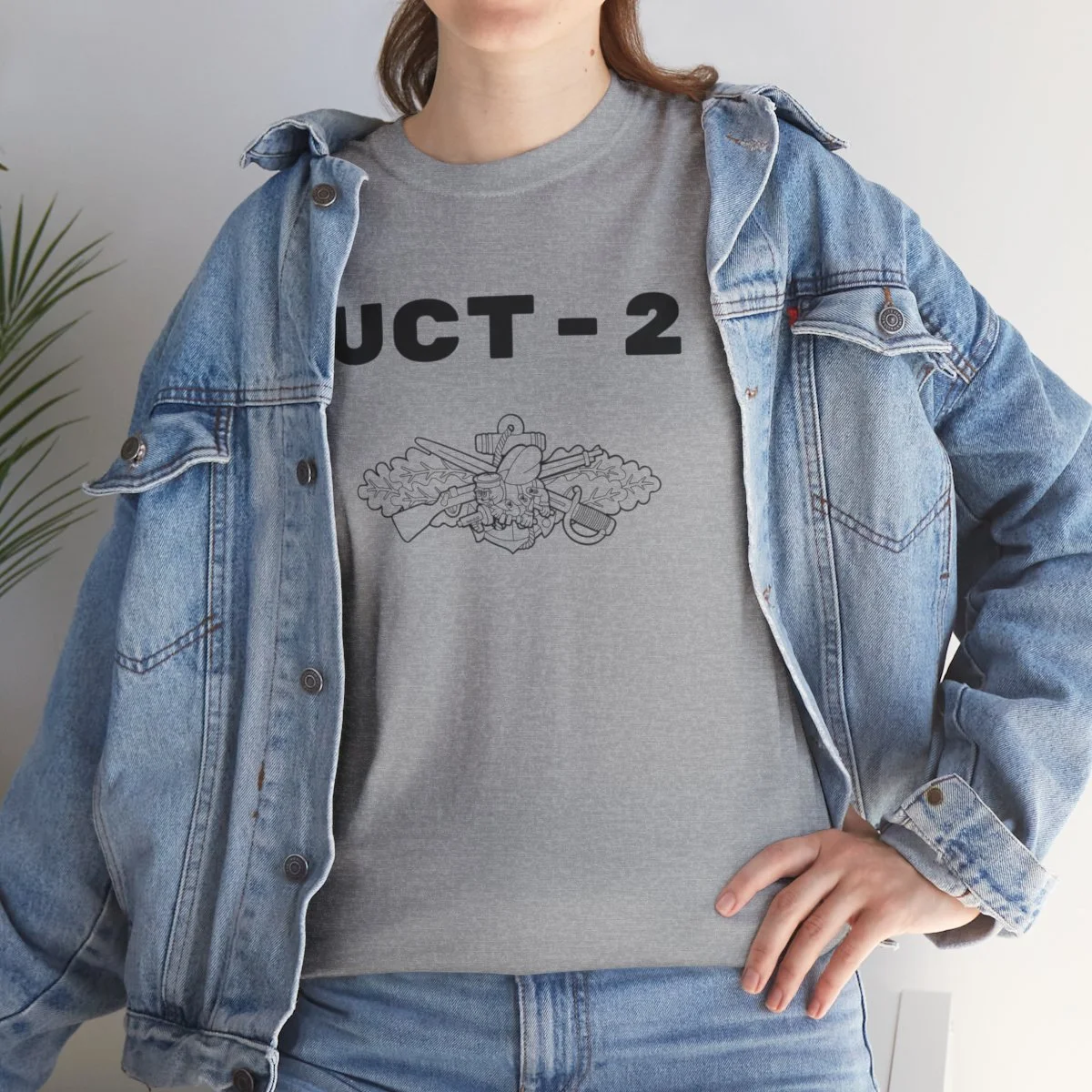 Image 29 of 82
Image 29 of 82

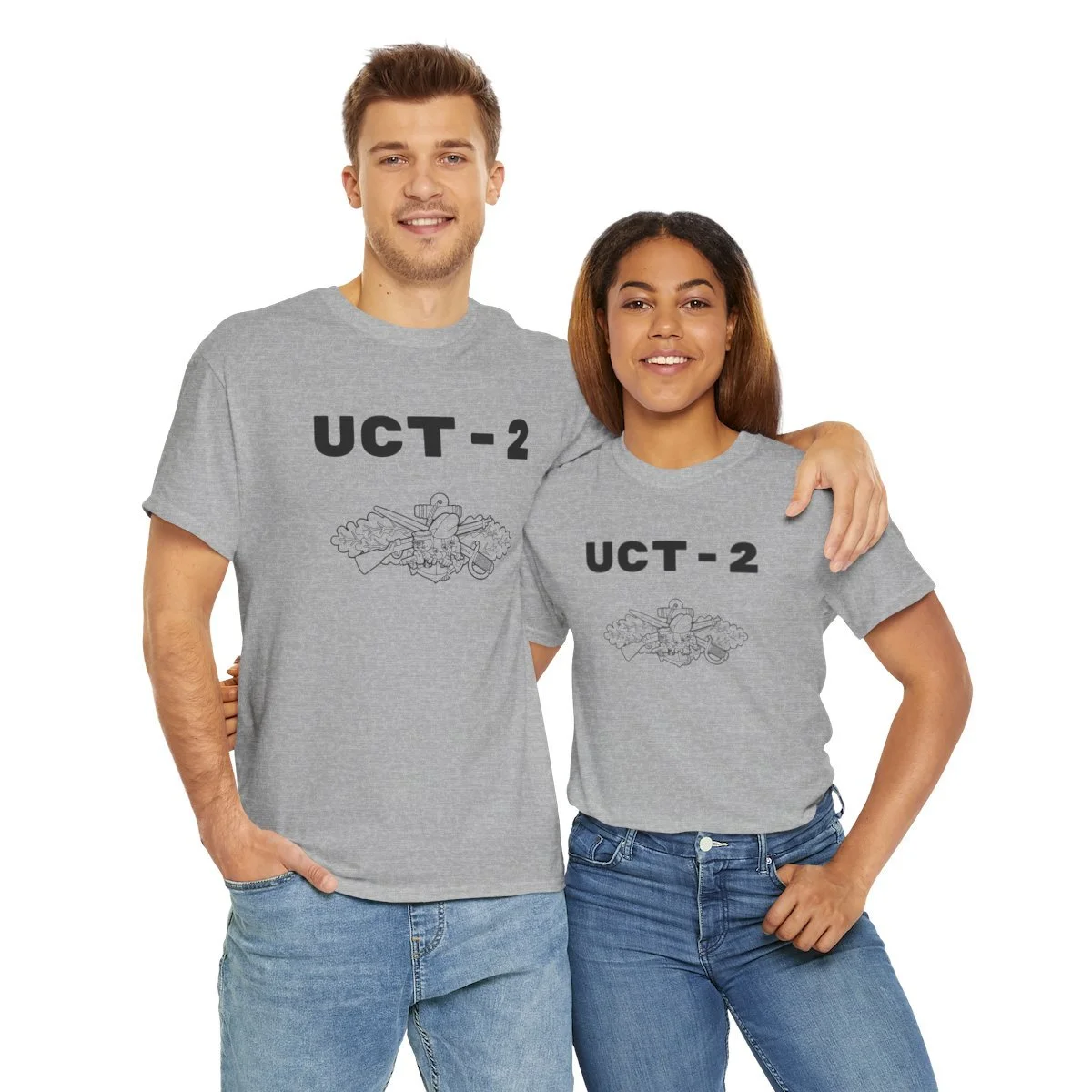 Image 30 of 82
Image 30 of 82

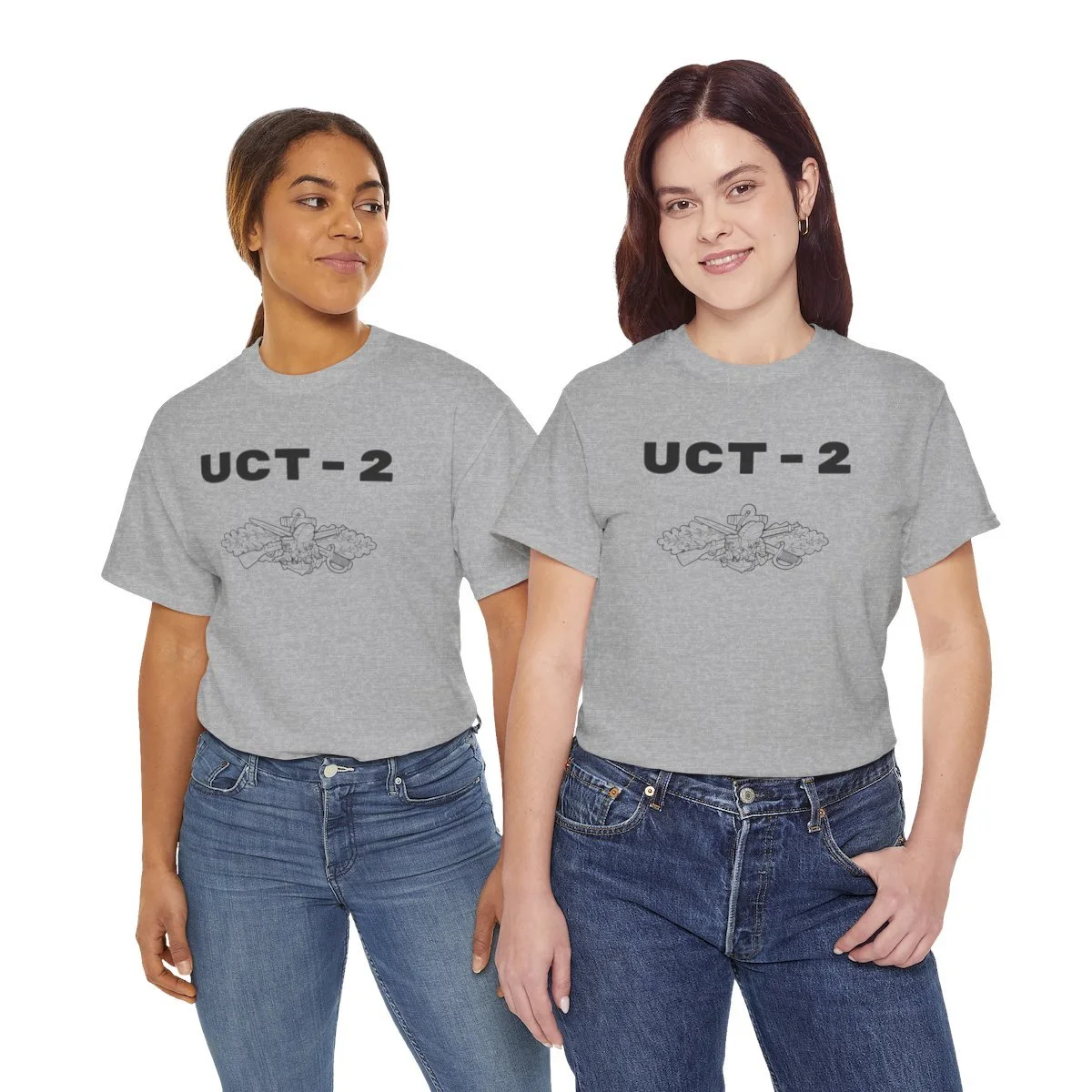 Image 31 of 82
Image 31 of 82

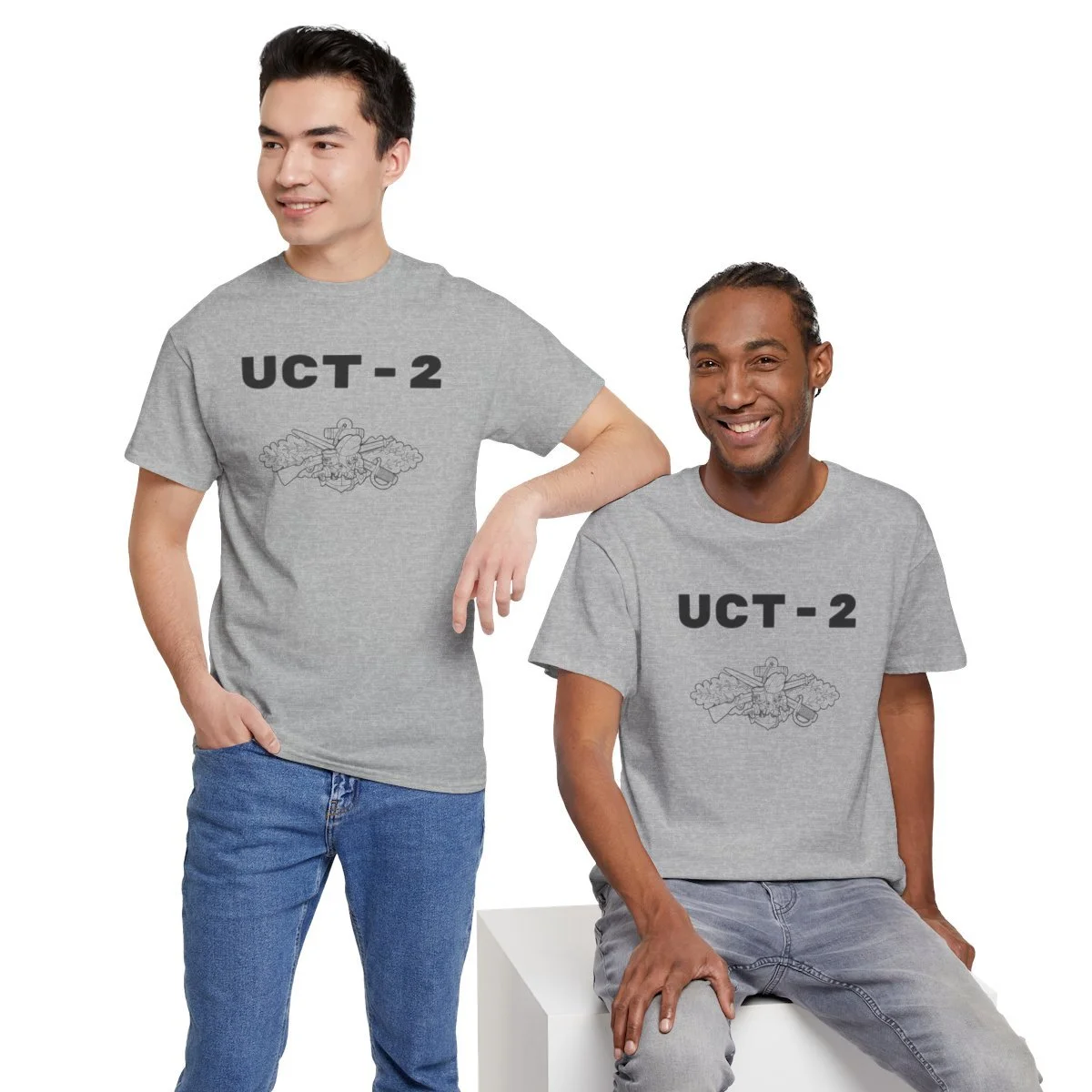 Image 32 of 82
Image 32 of 82

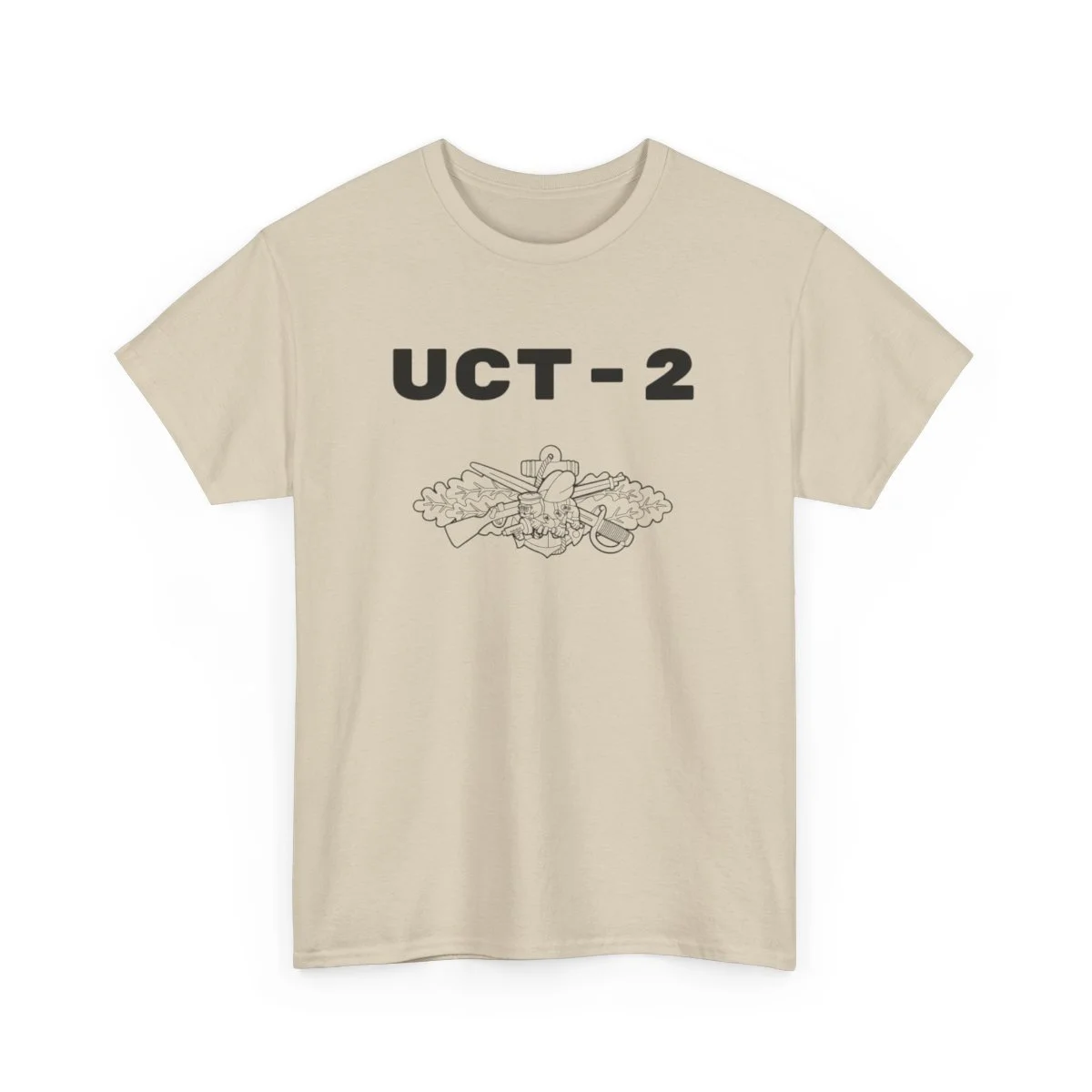 Image 33 of 82
Image 33 of 82

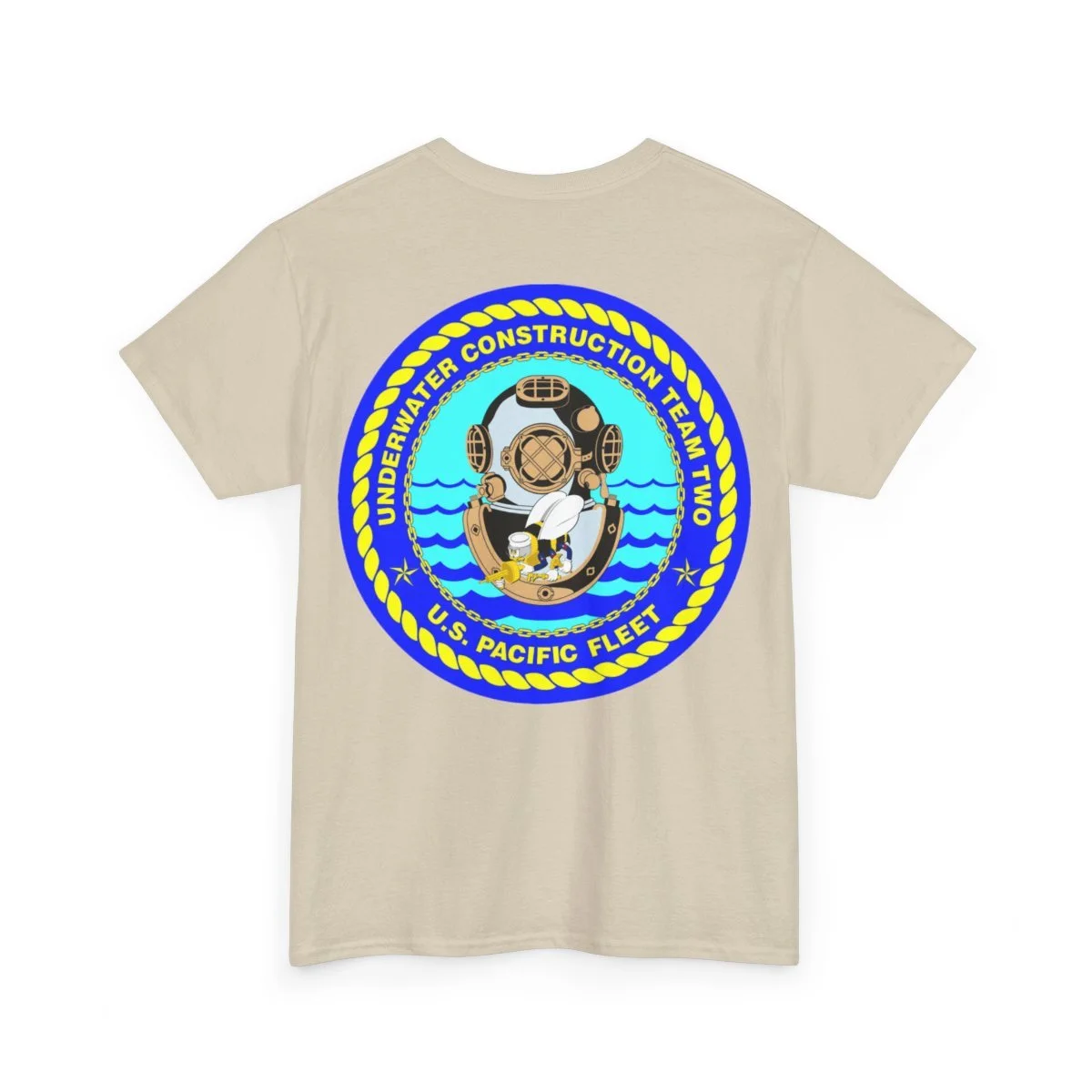 Image 34 of 82
Image 34 of 82

 Image 35 of 82
Image 35 of 82

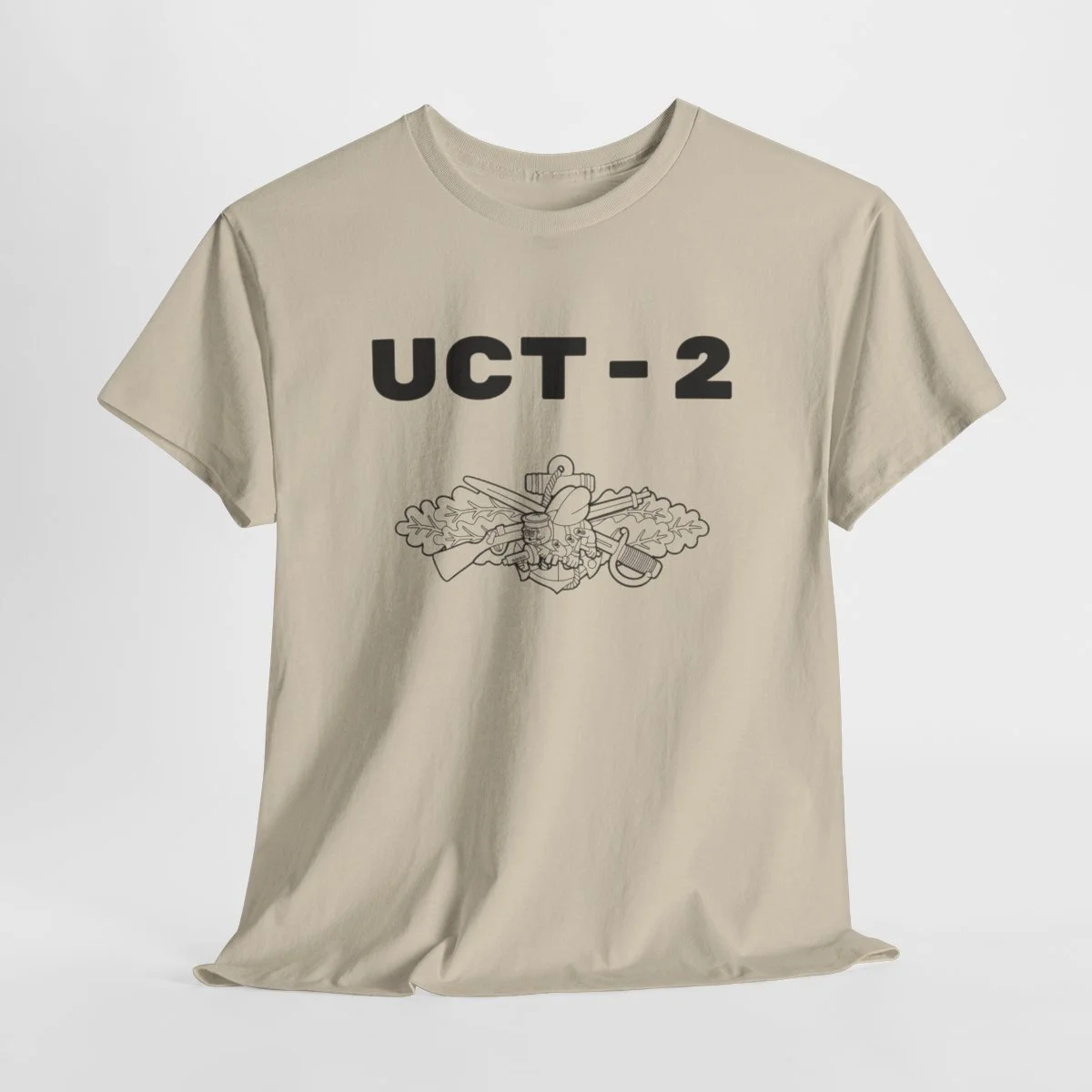 Image 36 of 82
Image 36 of 82

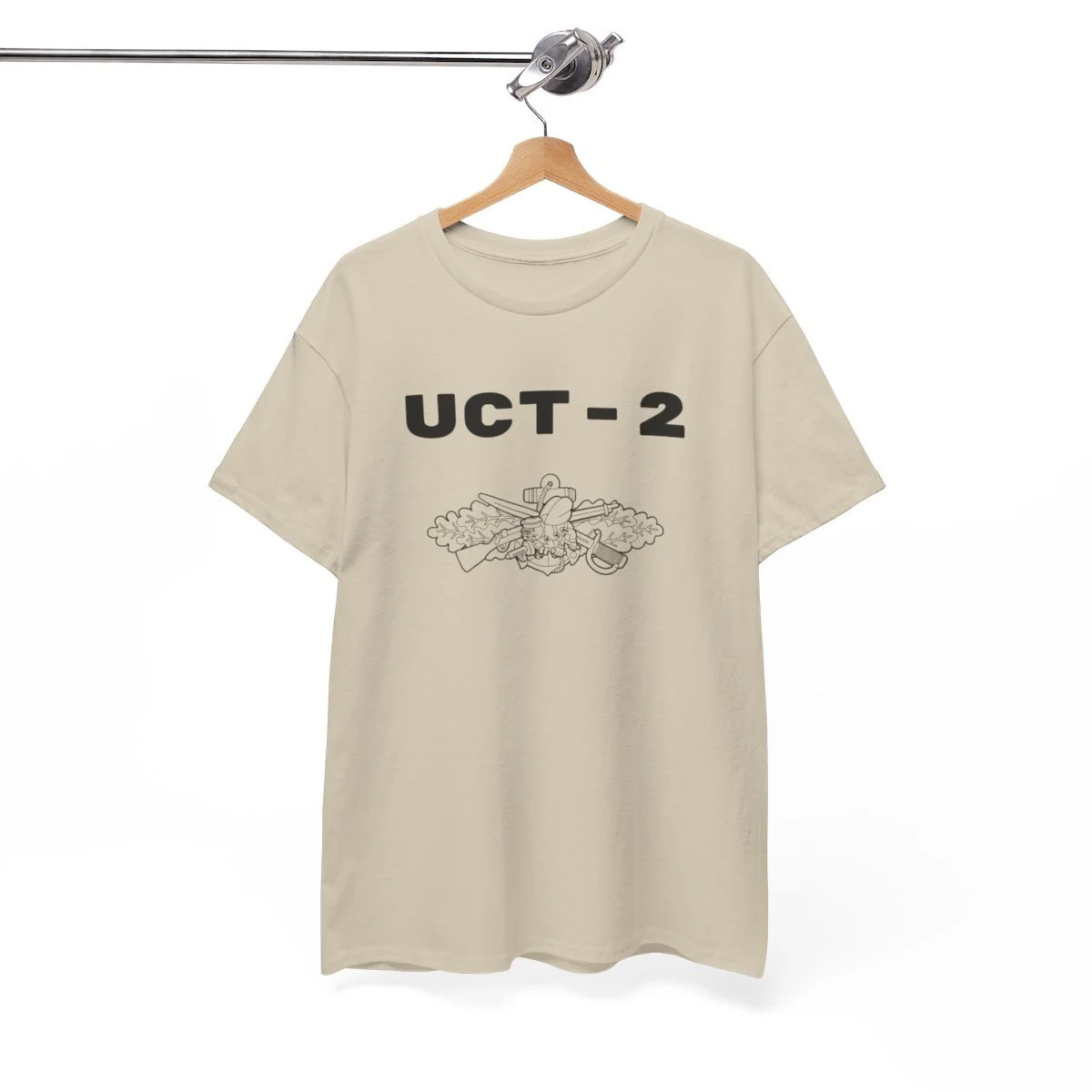 Image 37 of 82
Image 37 of 82

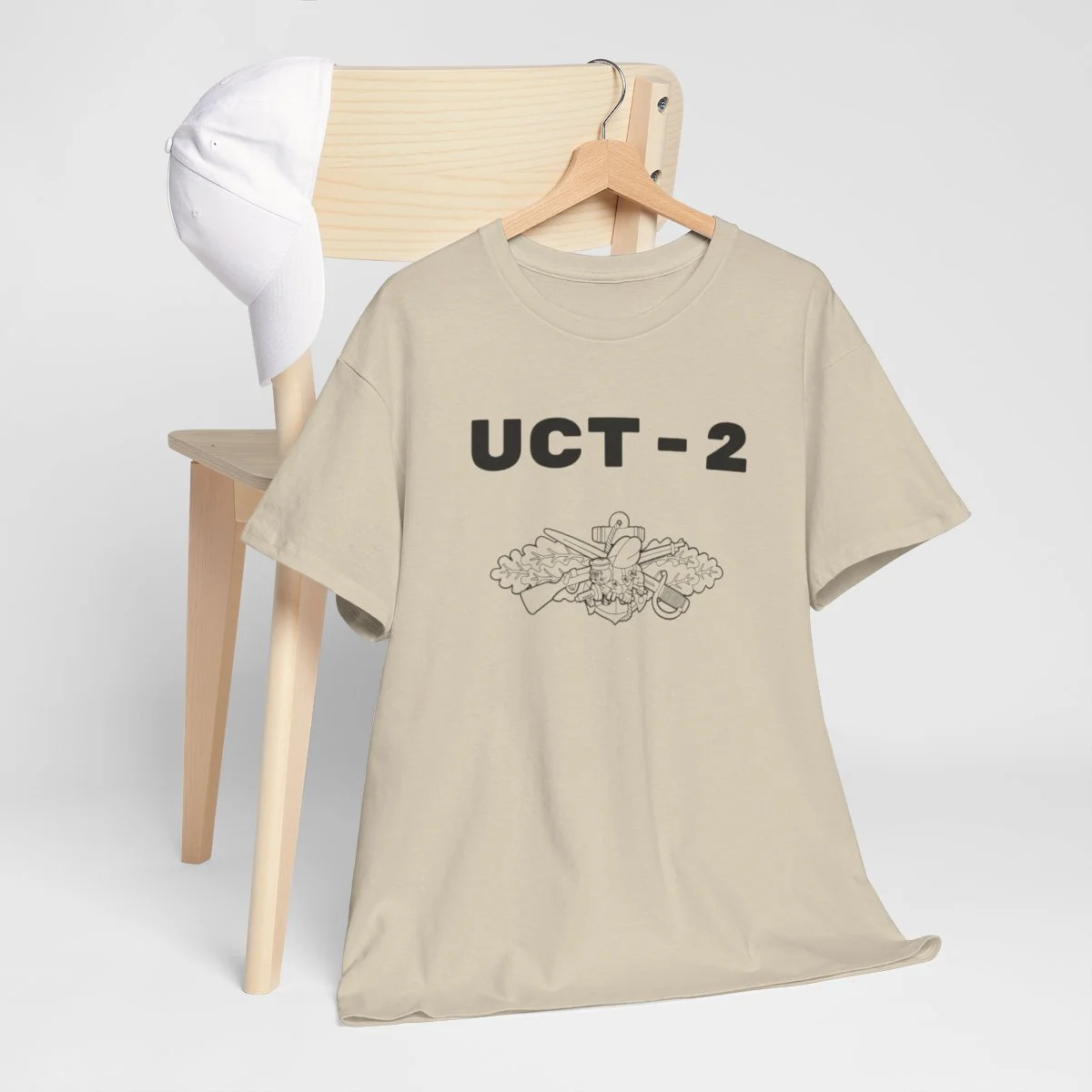 Image 38 of 82
Image 38 of 82

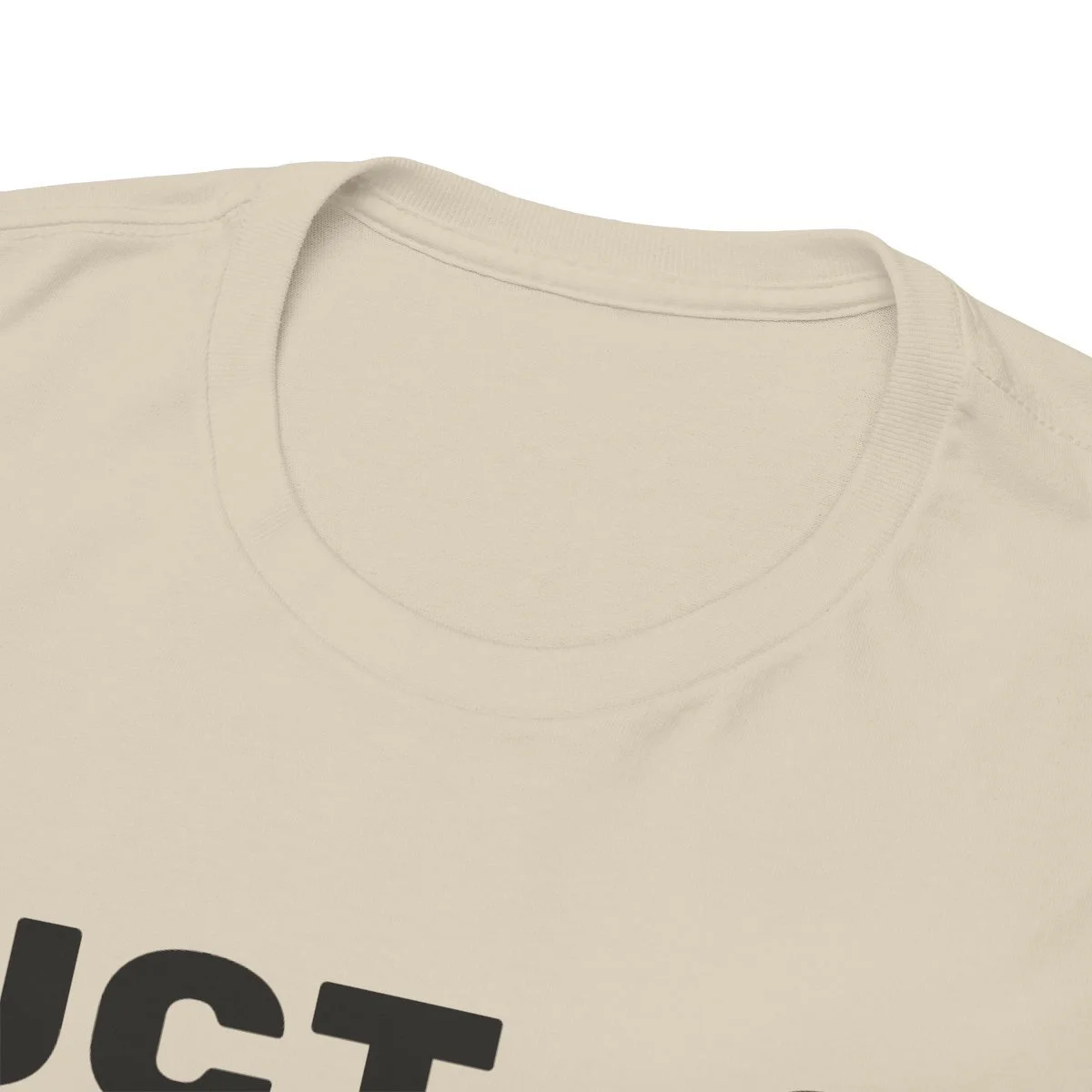 Image 39 of 82
Image 39 of 82

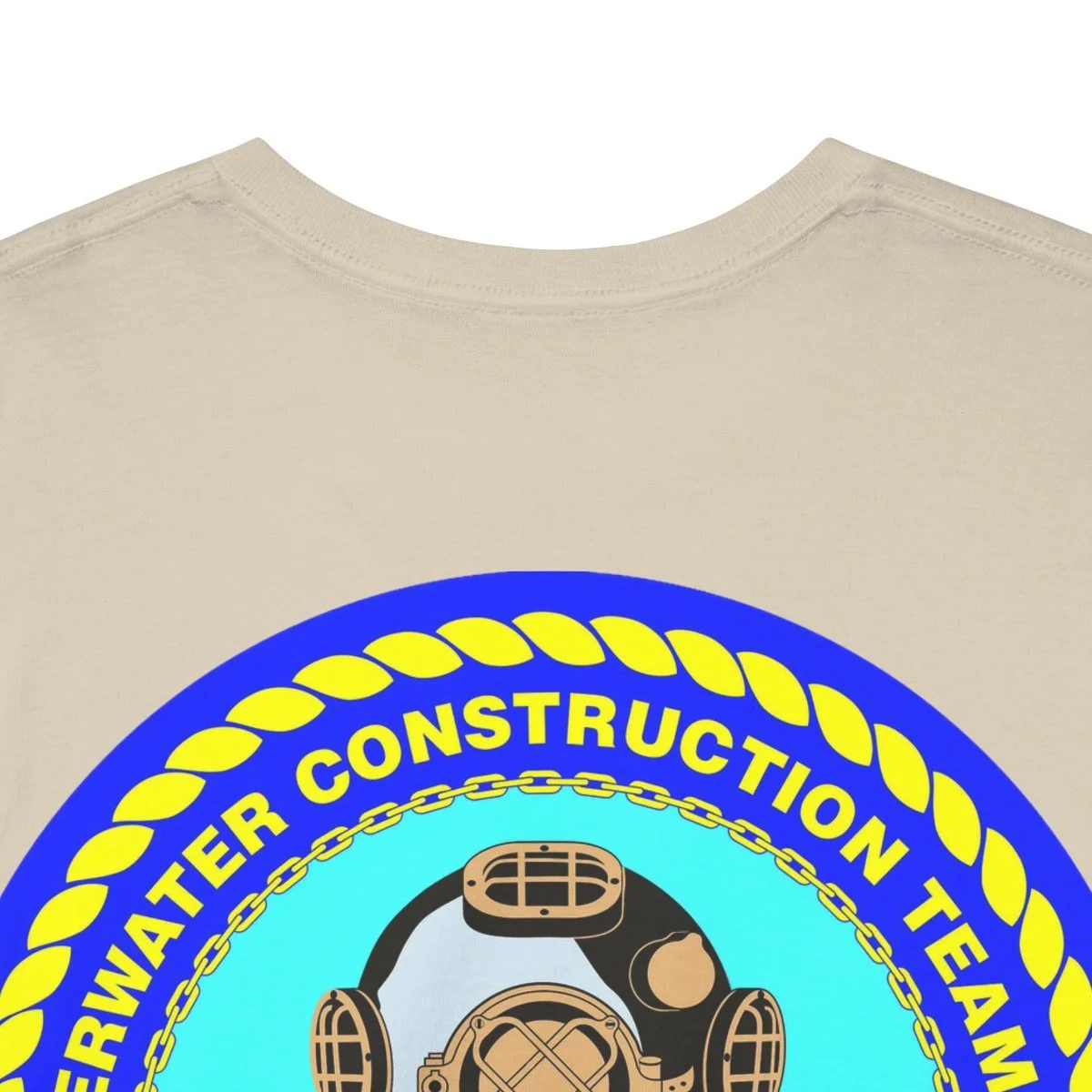 Image 40 of 82
Image 40 of 82

 Image 41 of 82
Image 41 of 82

 Image 42 of 82
Image 42 of 82

 Image 43 of 82
Image 43 of 82

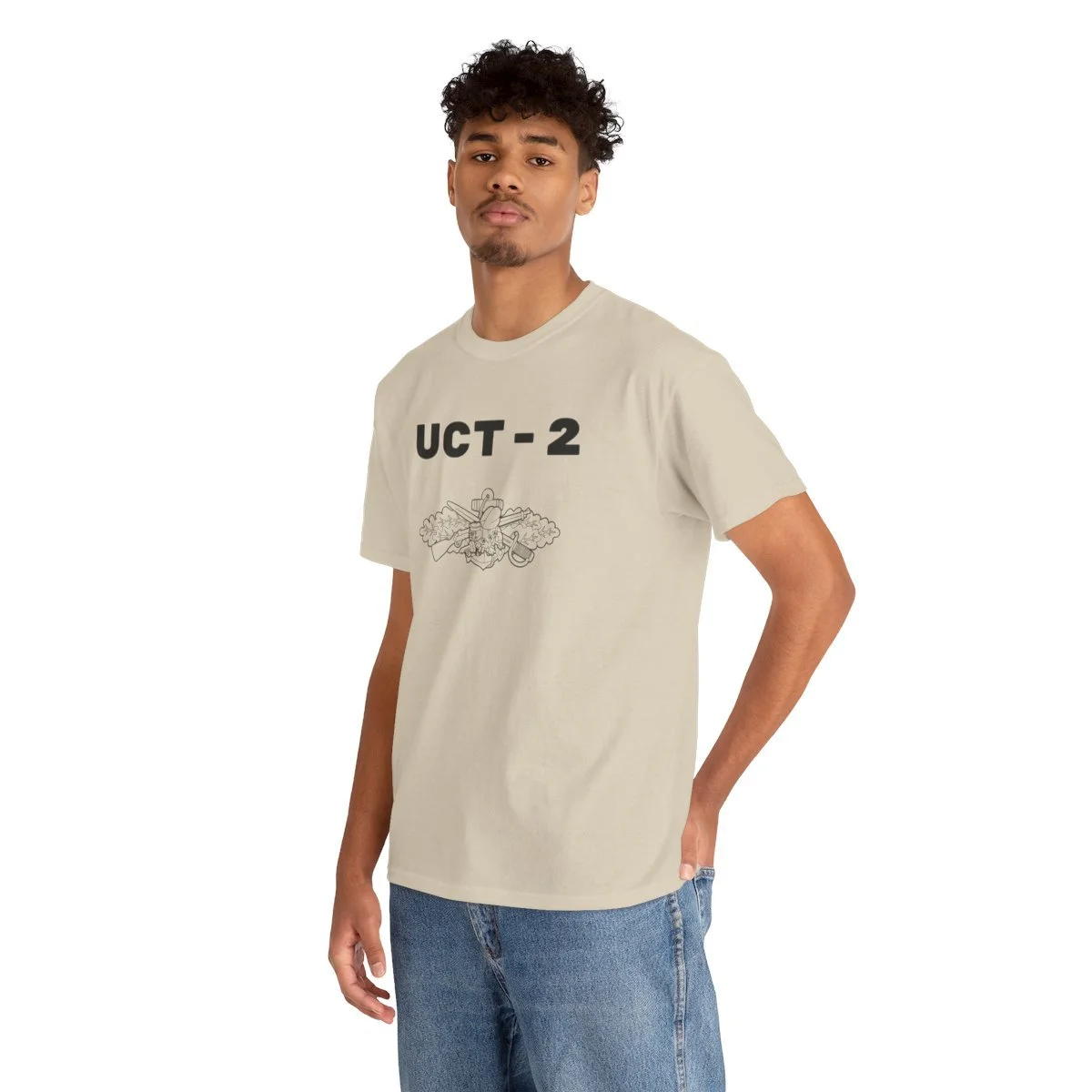 Image 44 of 82
Image 44 of 82

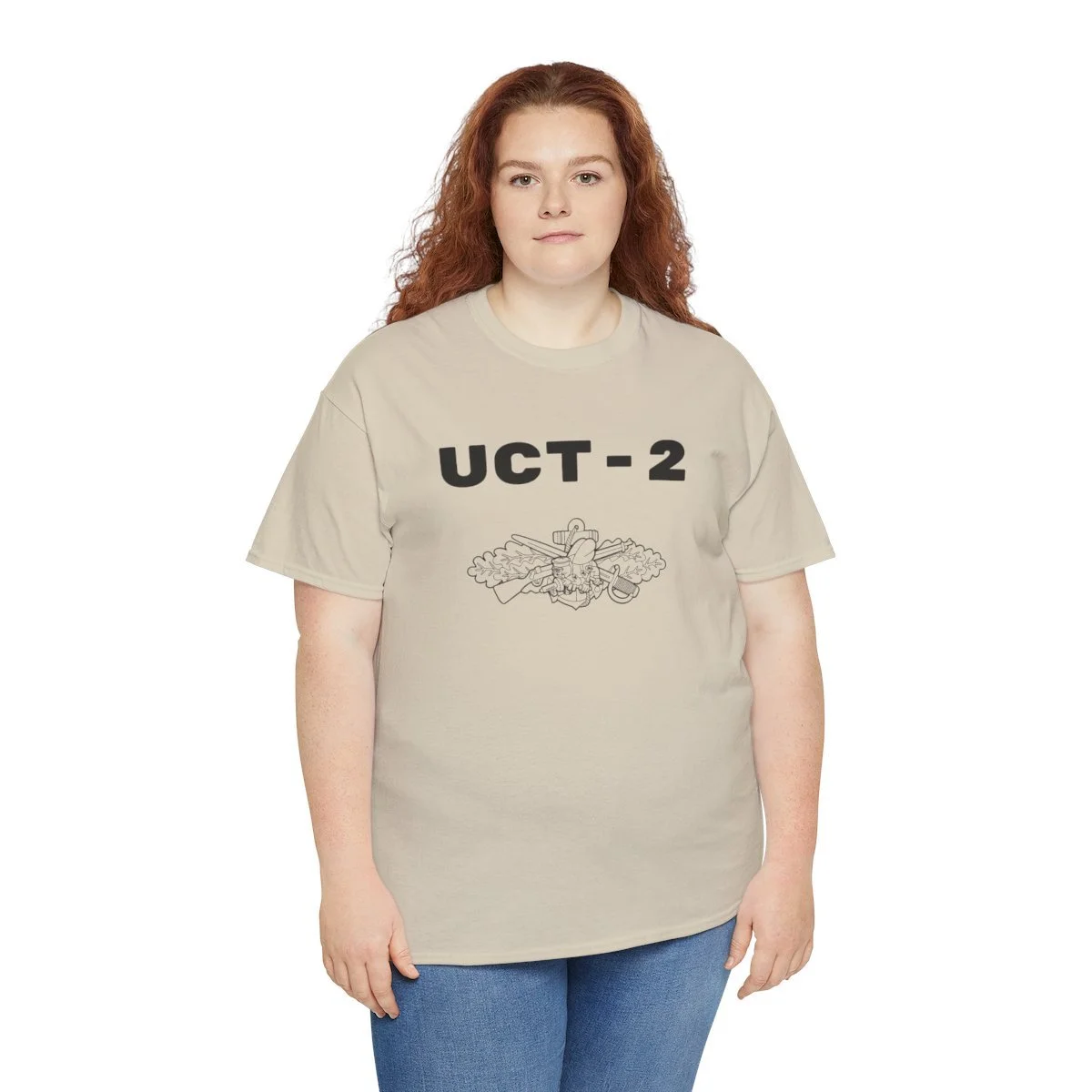 Image 45 of 82
Image 45 of 82

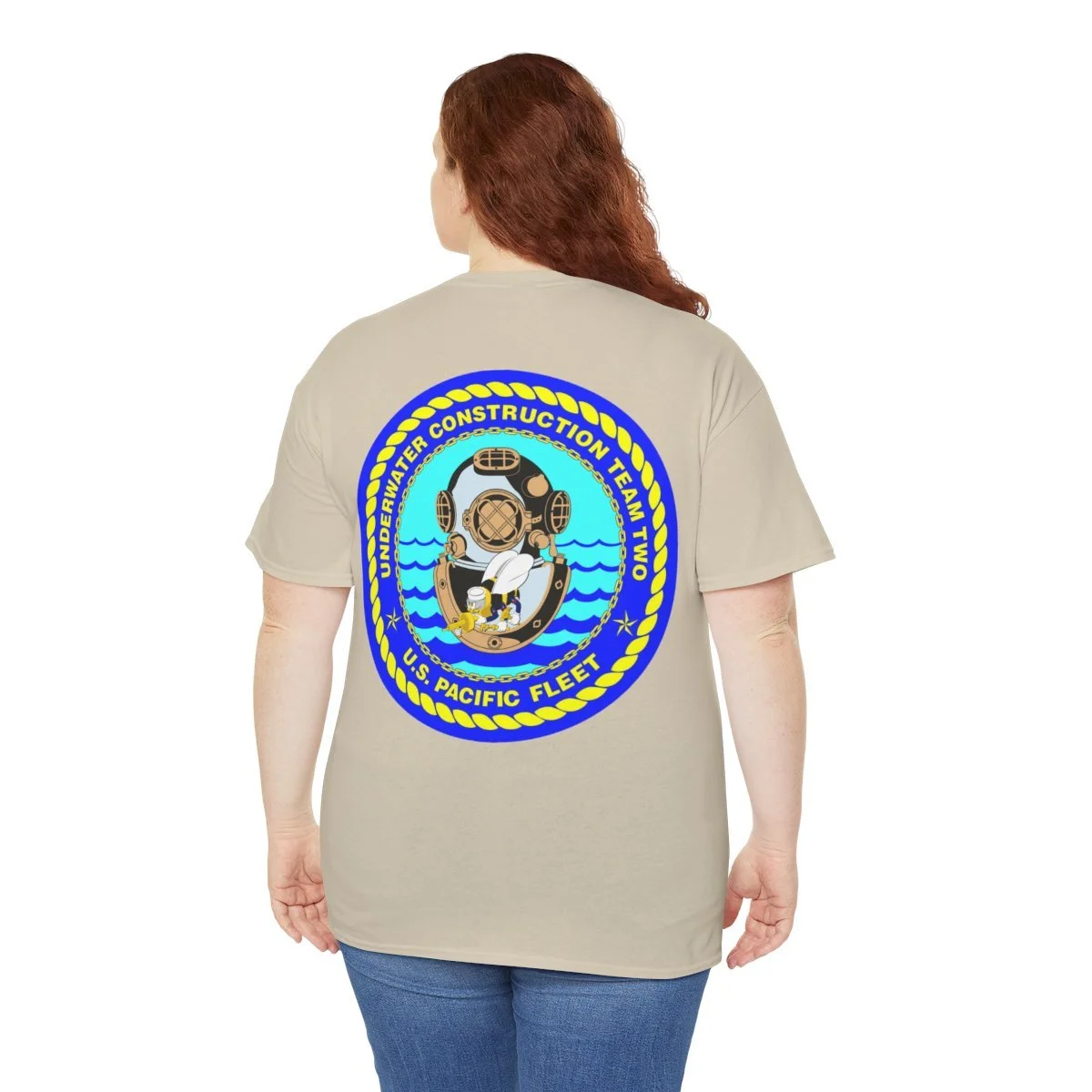 Image 46 of 82
Image 46 of 82

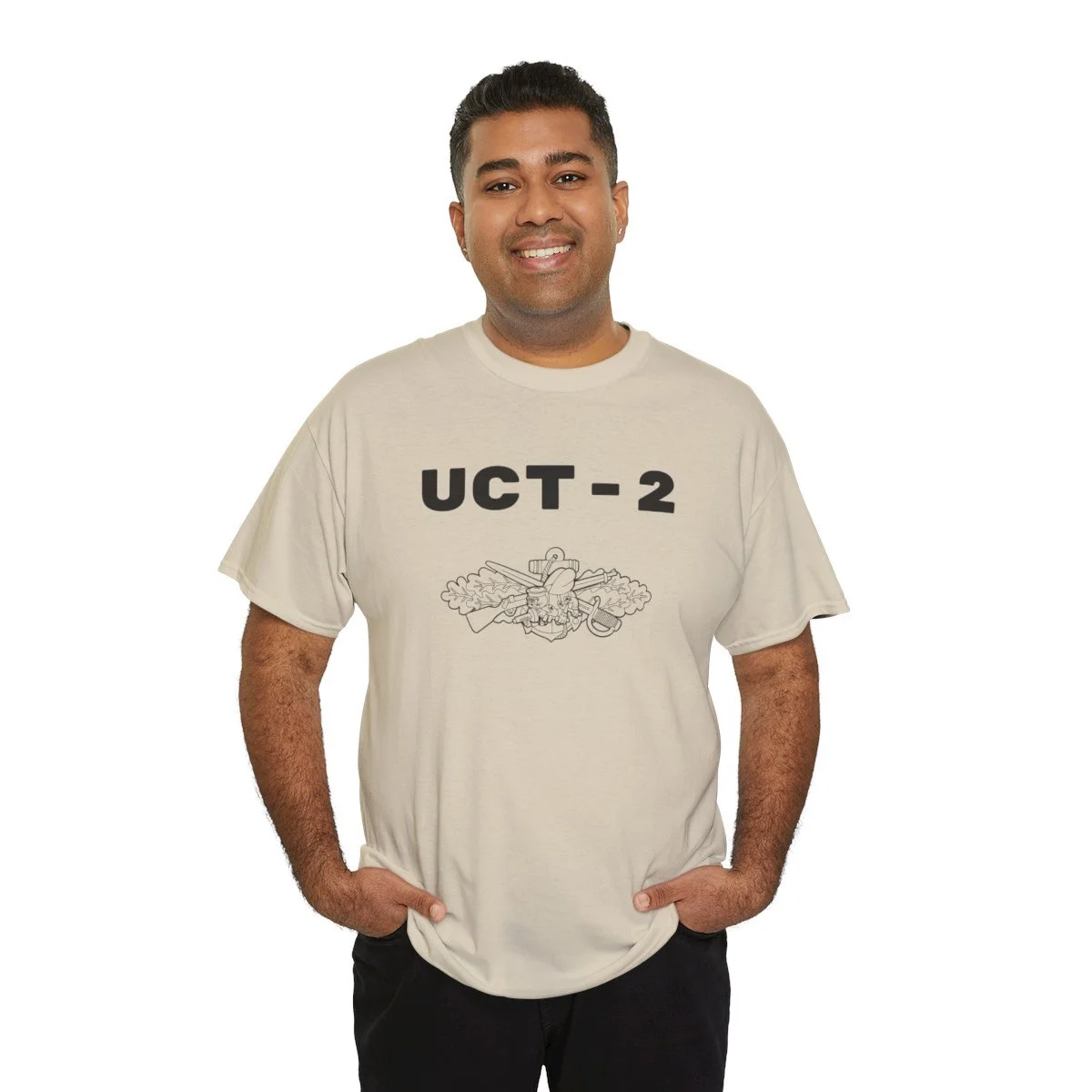 Image 47 of 82
Image 47 of 82

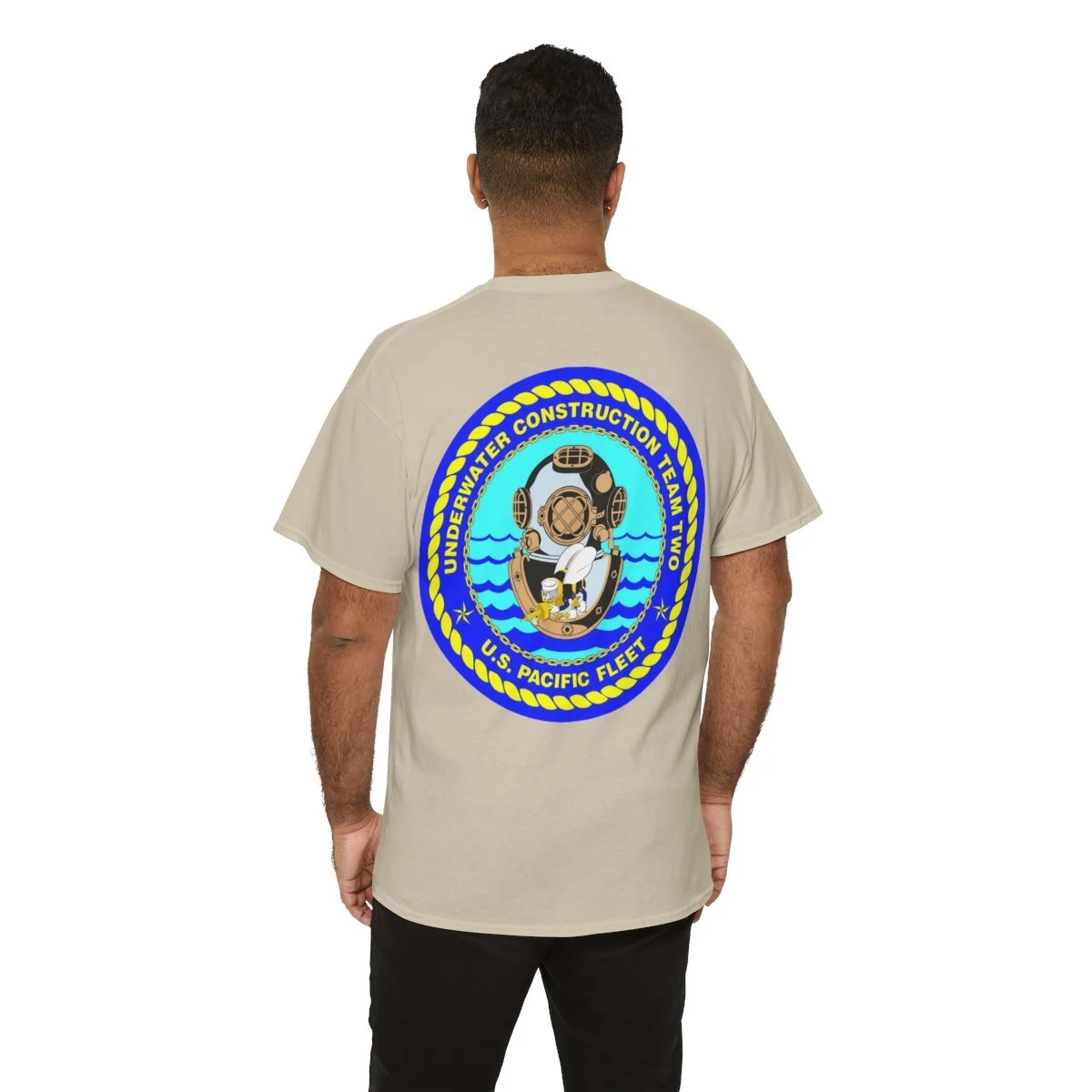 Image 48 of 82
Image 48 of 82

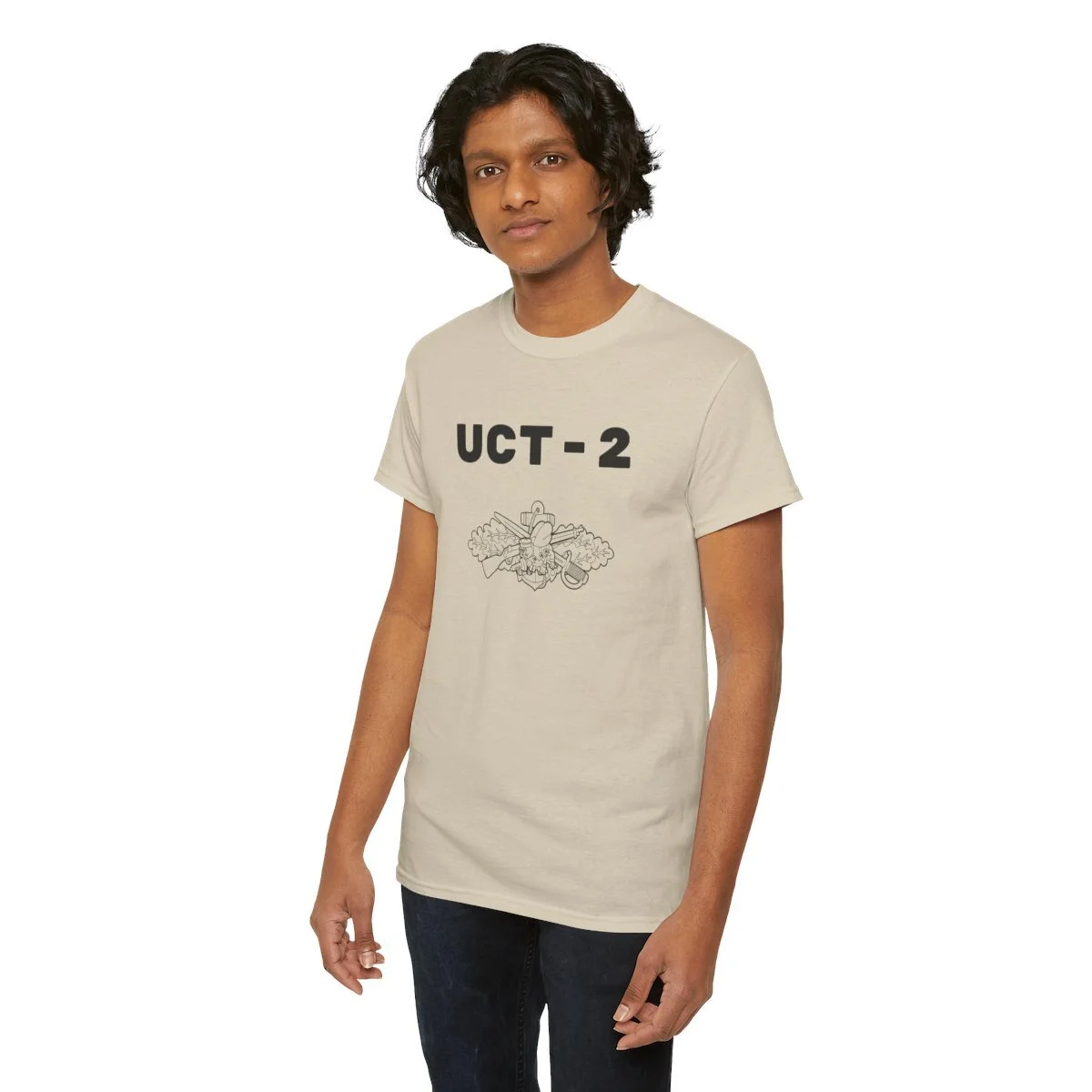 Image 49 of 82
Image 49 of 82

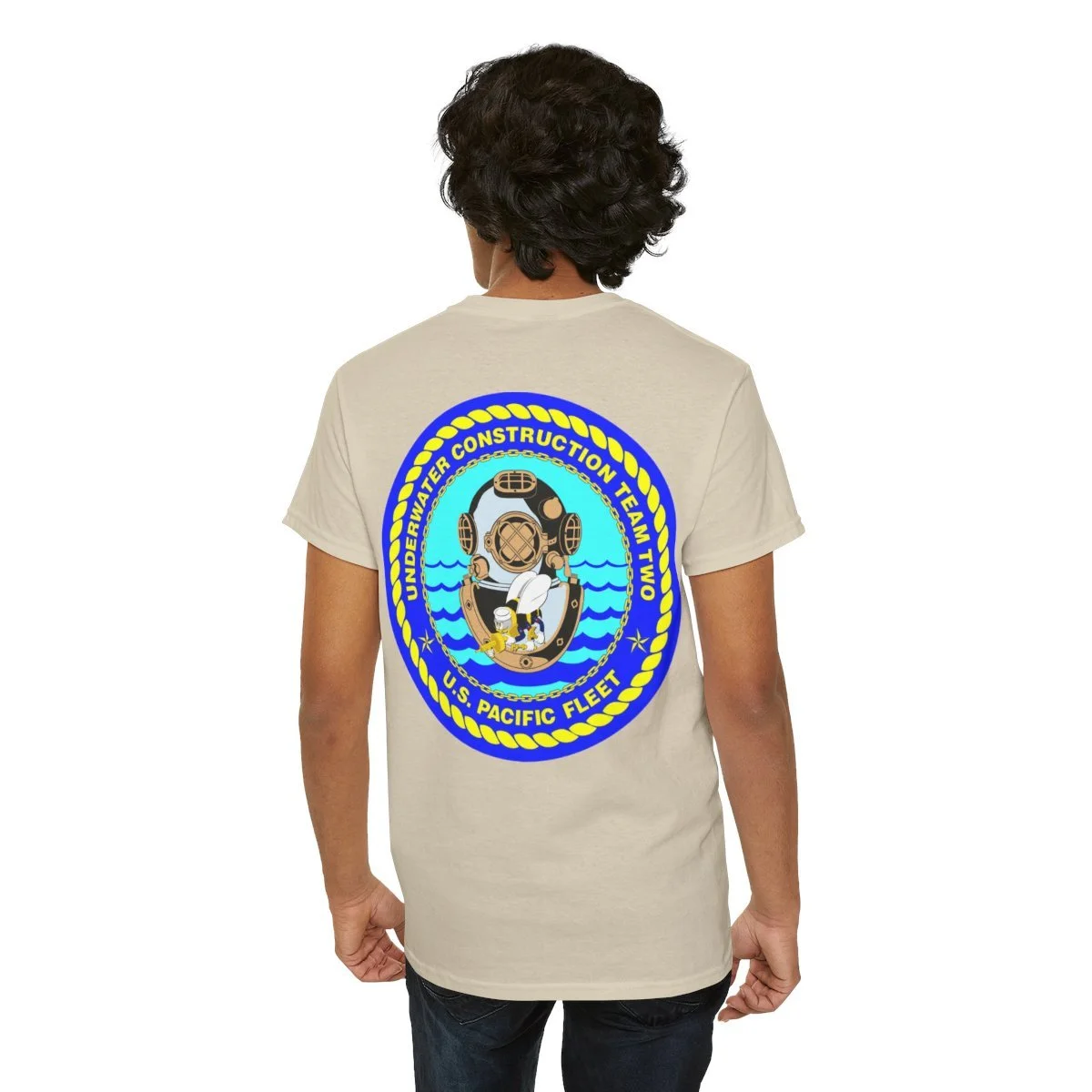 Image 50 of 82
Image 50 of 82

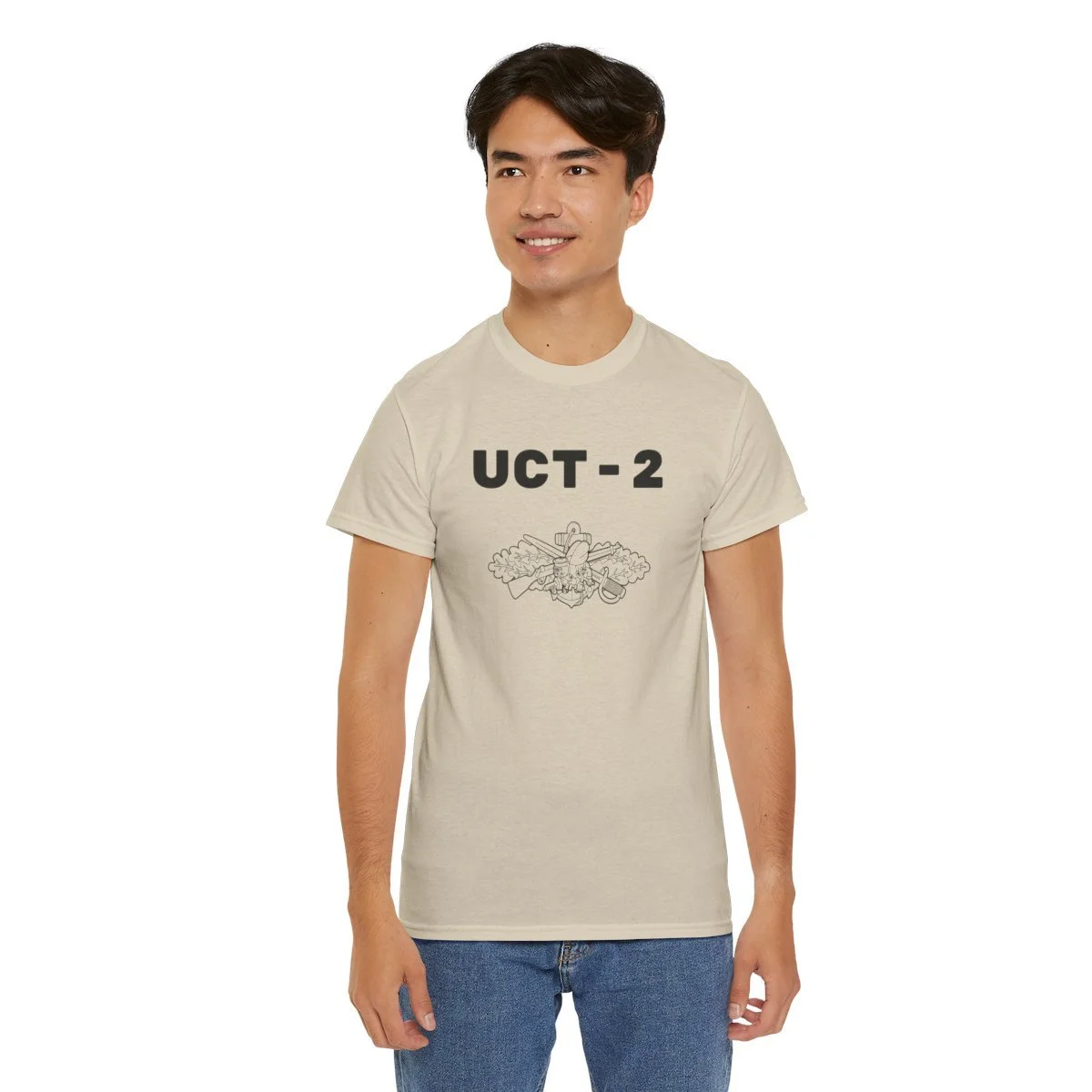 Image 51 of 82
Image 51 of 82

 Image 52 of 82
Image 52 of 82

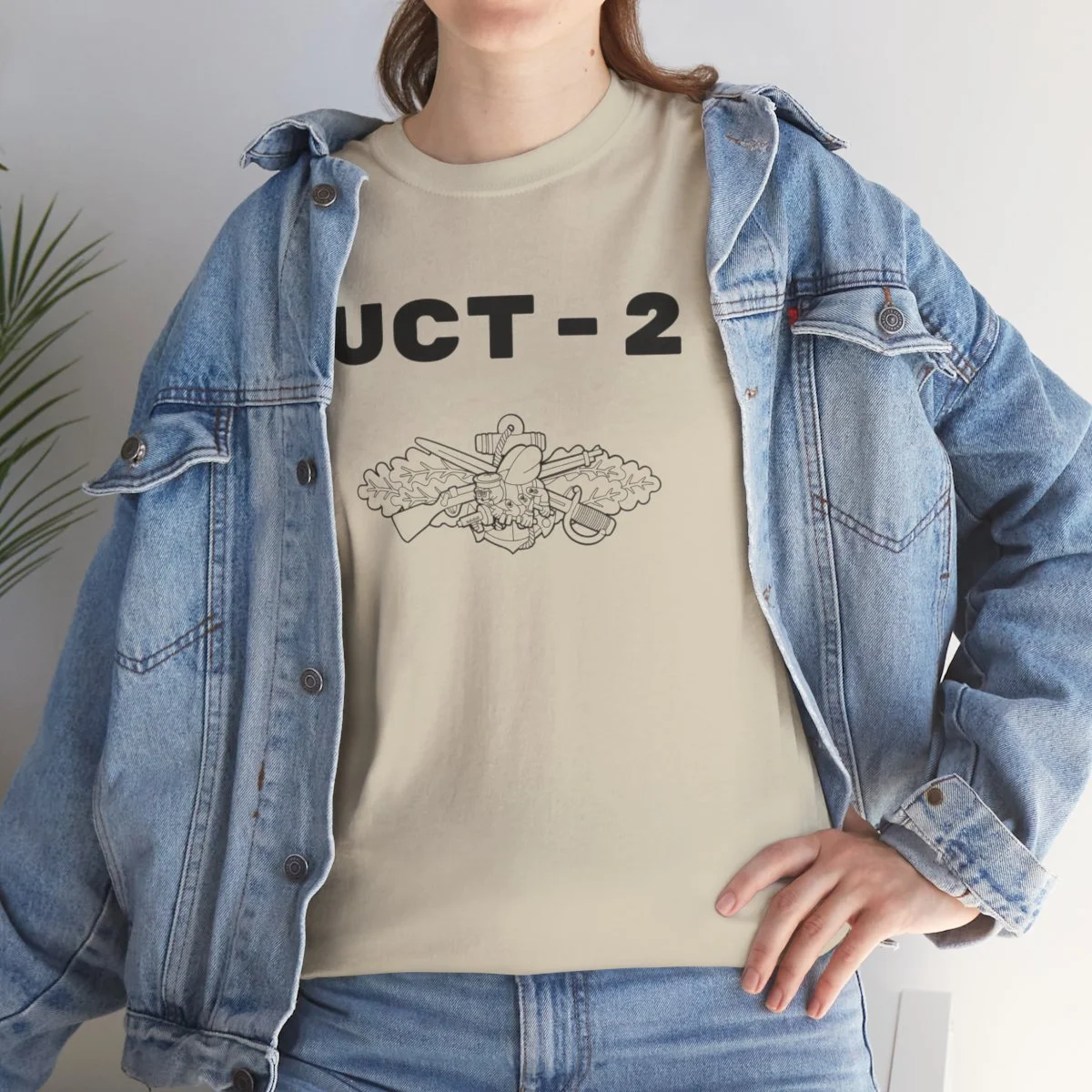 Image 53 of 82
Image 53 of 82

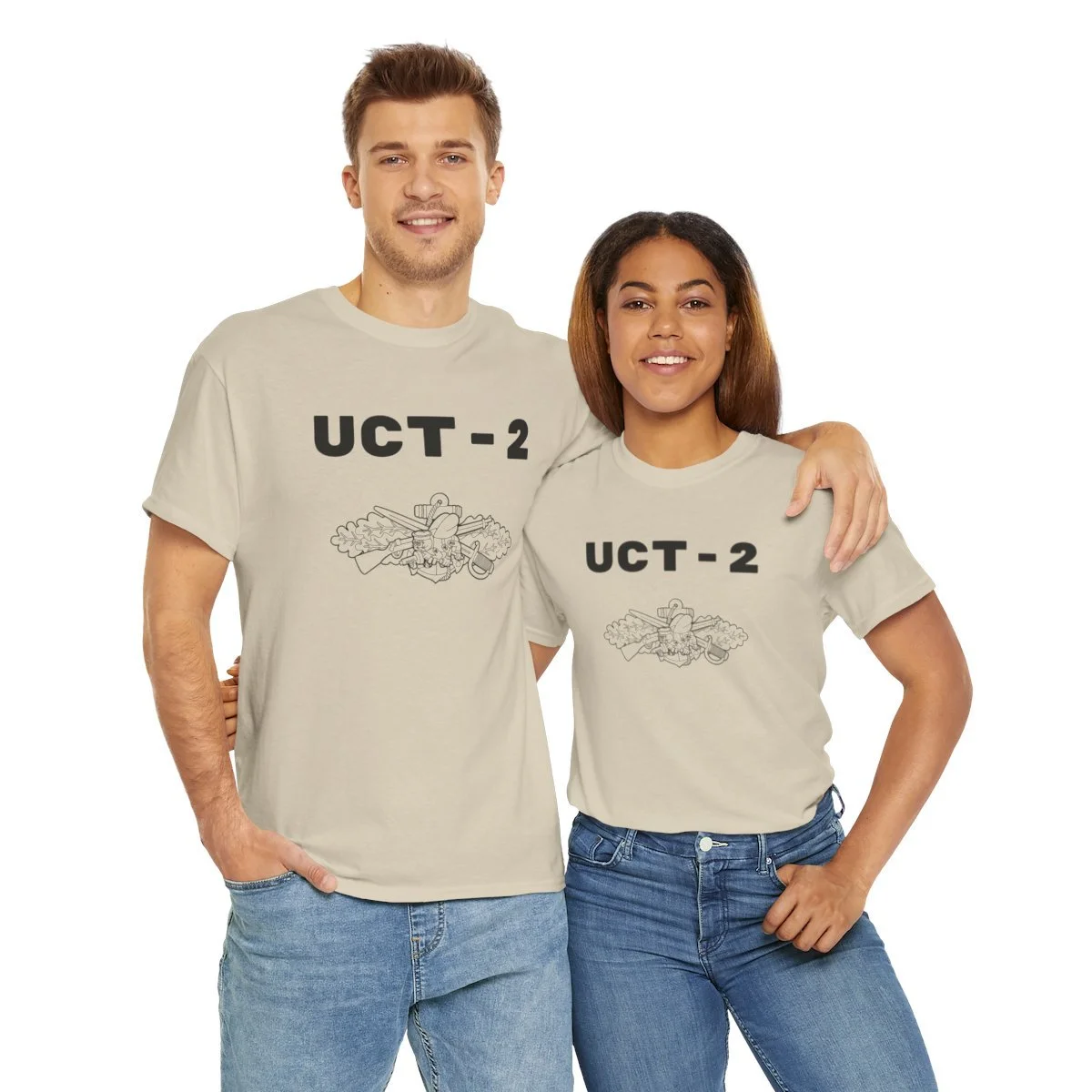 Image 54 of 82
Image 54 of 82

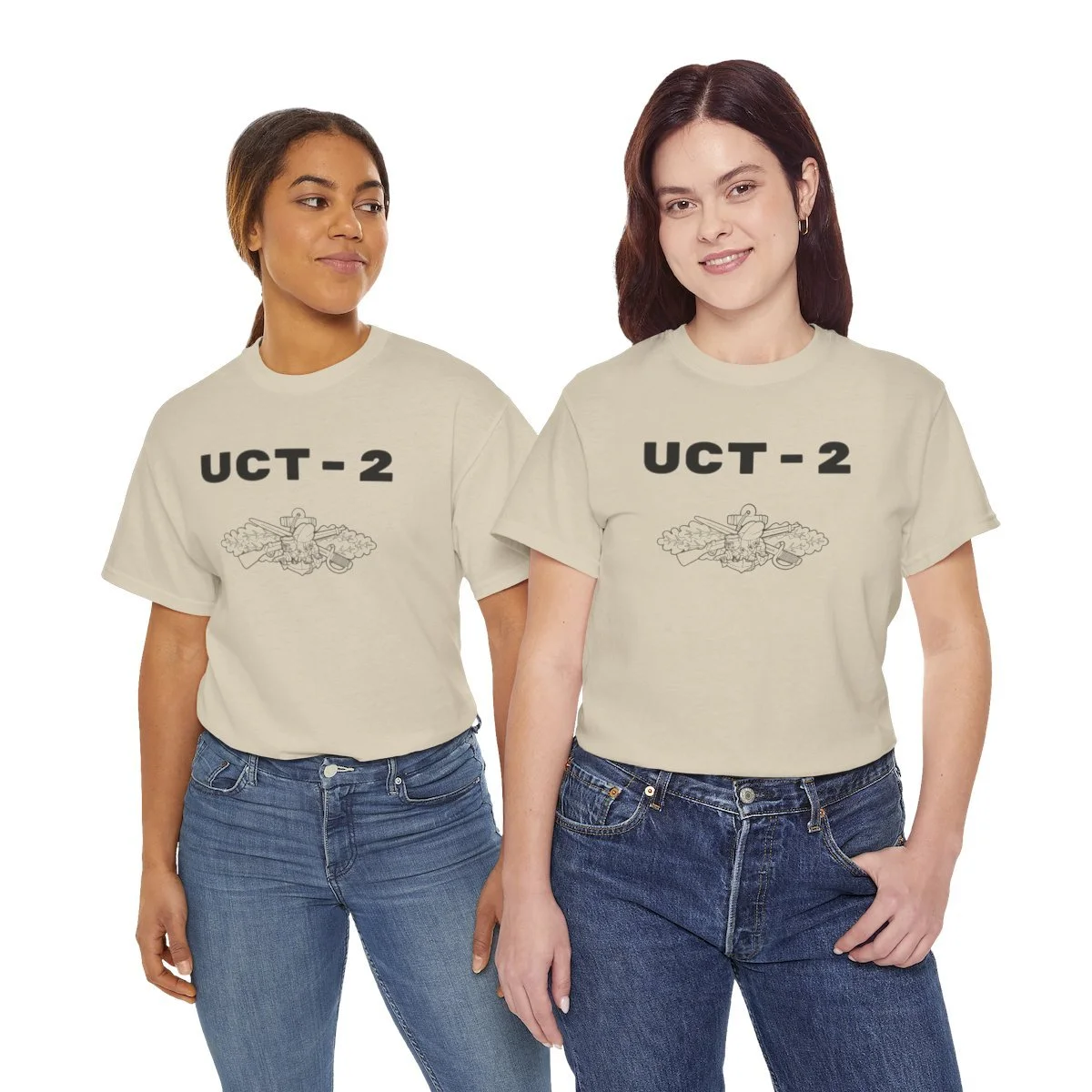 Image 55 of 82
Image 55 of 82

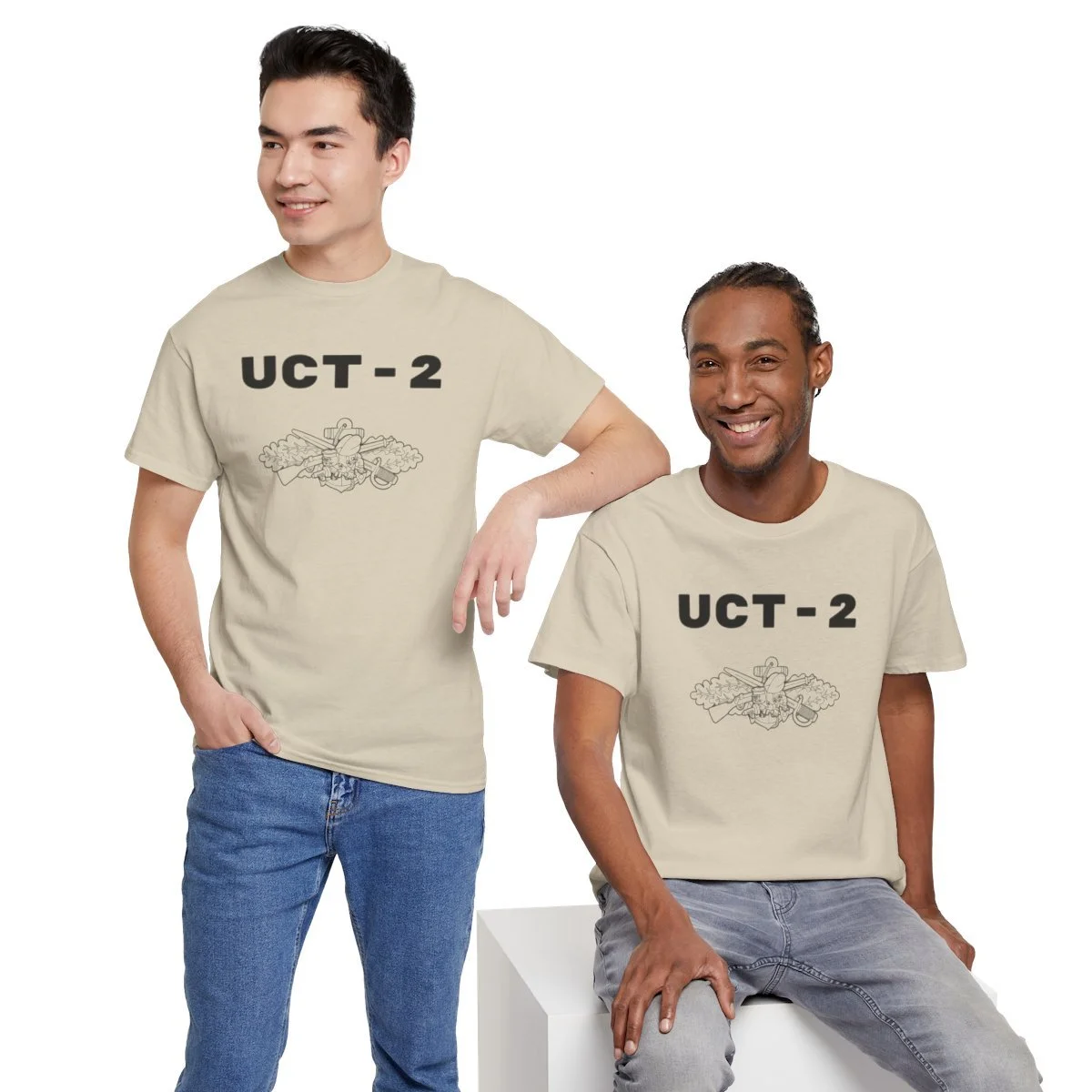 Image 56 of 82
Image 56 of 82

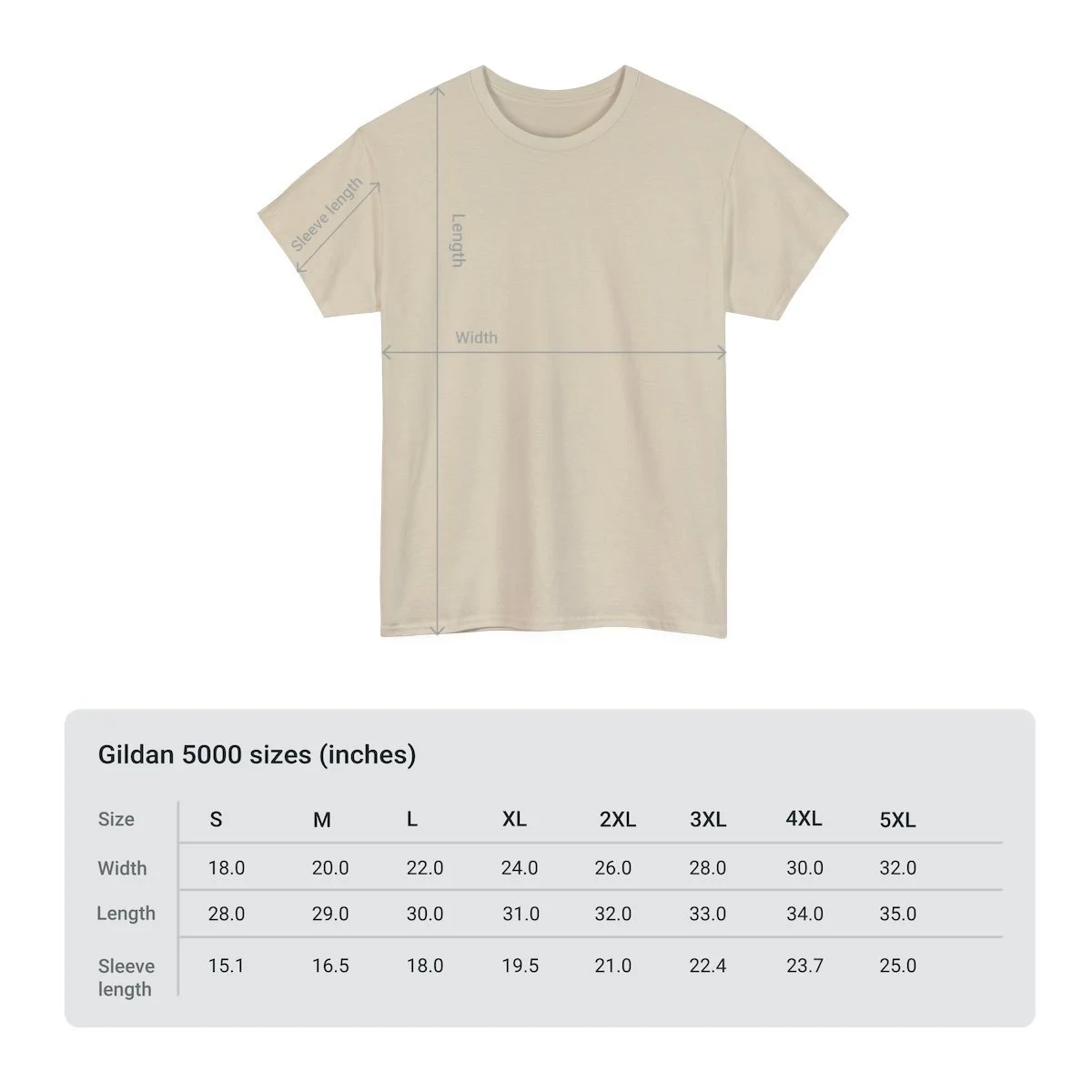 Image 57 of 82
Image 57 of 82

 Image 58 of 82
Image 58 of 82

 Image 59 of 82
Image 59 of 82

 Image 60 of 82
Image 60 of 82

 Image 61 of 82
Image 61 of 82

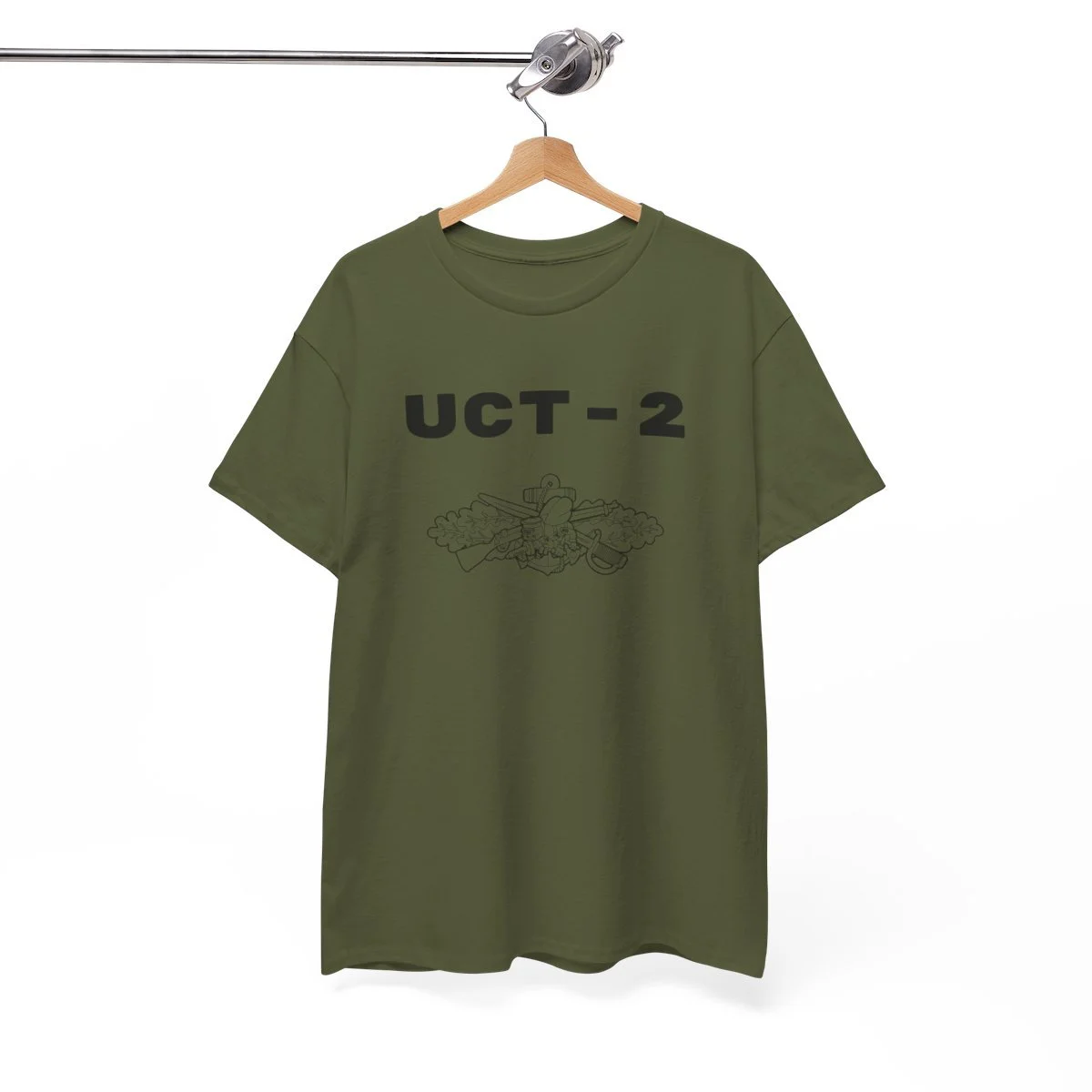 Image 62 of 82
Image 62 of 82

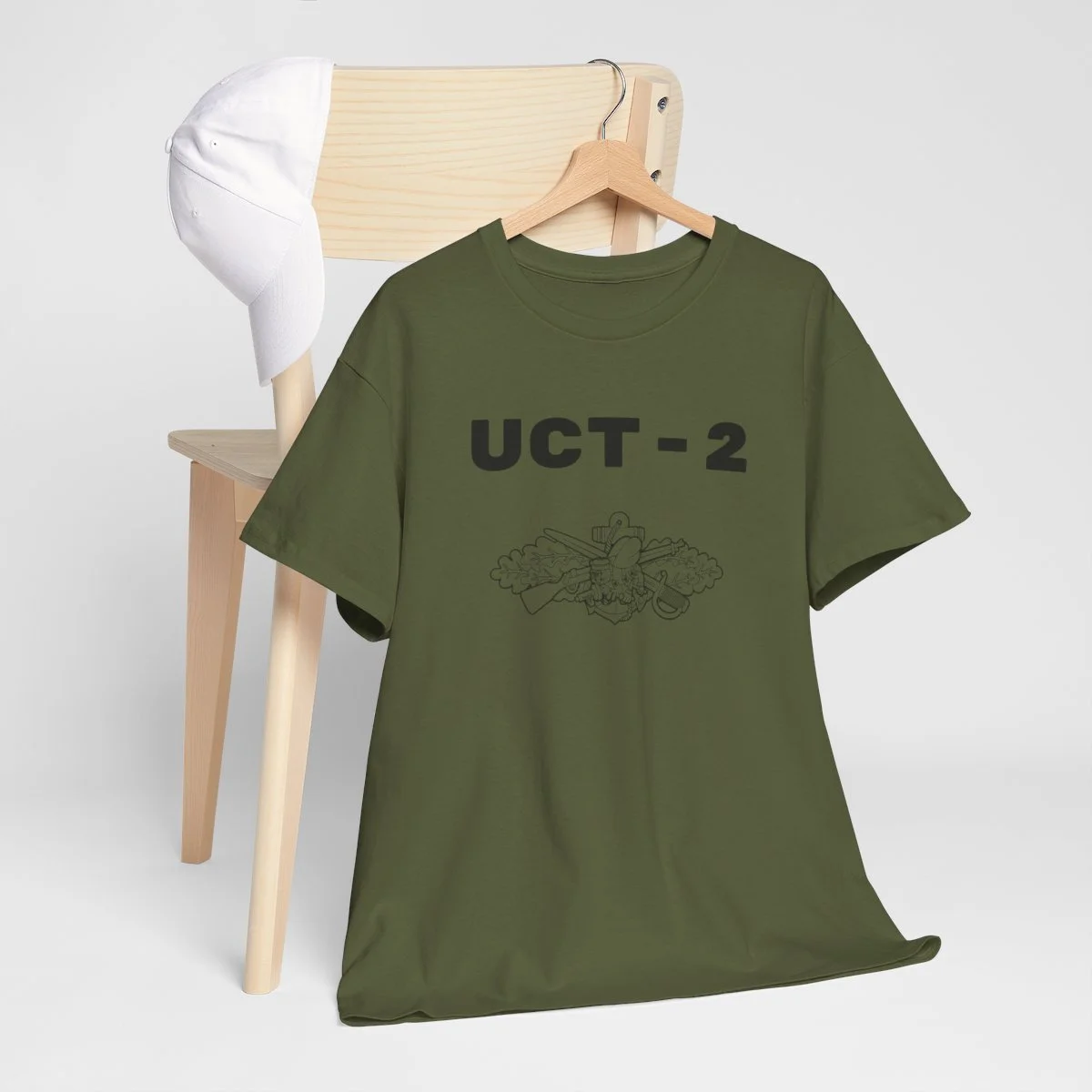 Image 63 of 82
Image 63 of 82

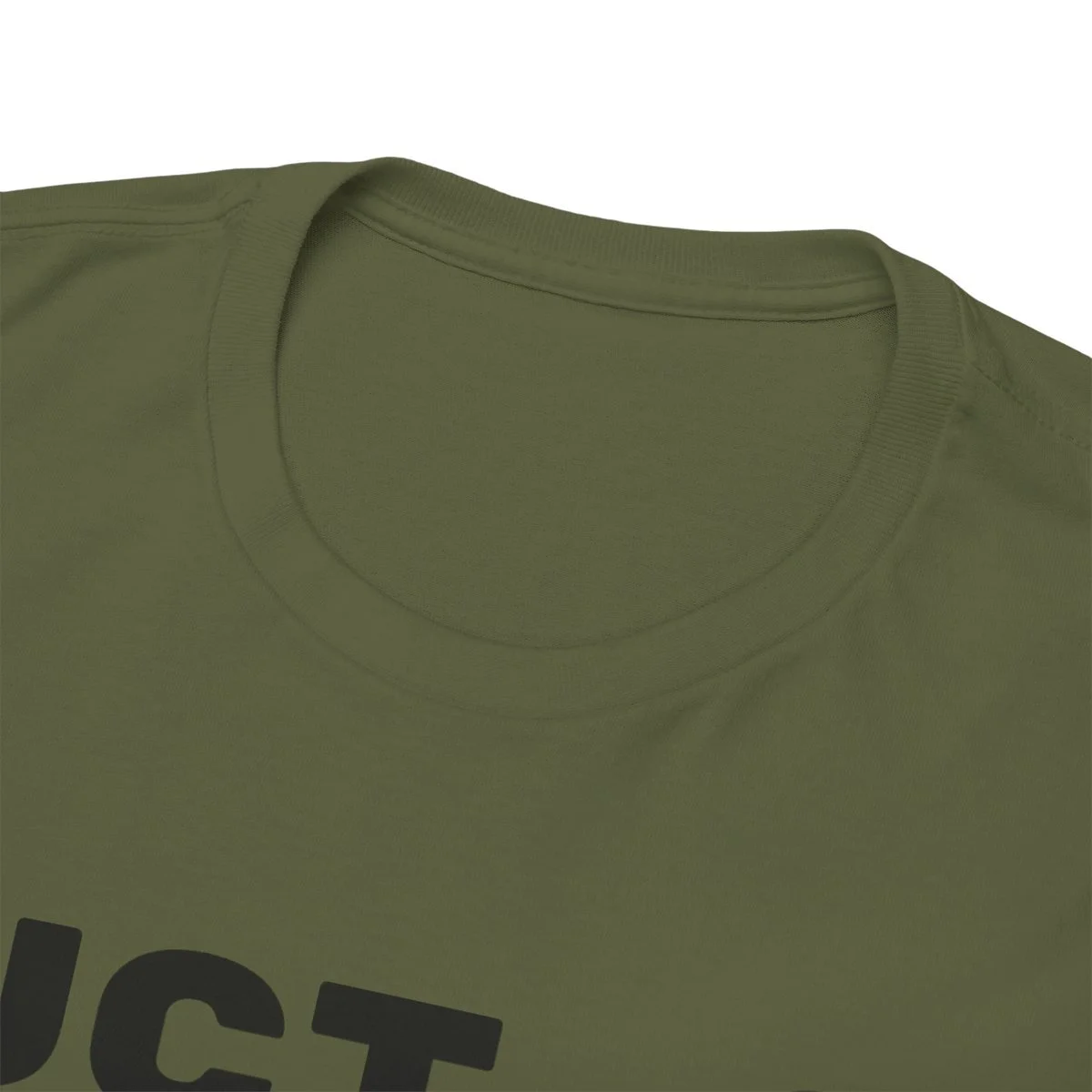 Image 64 of 82
Image 64 of 82

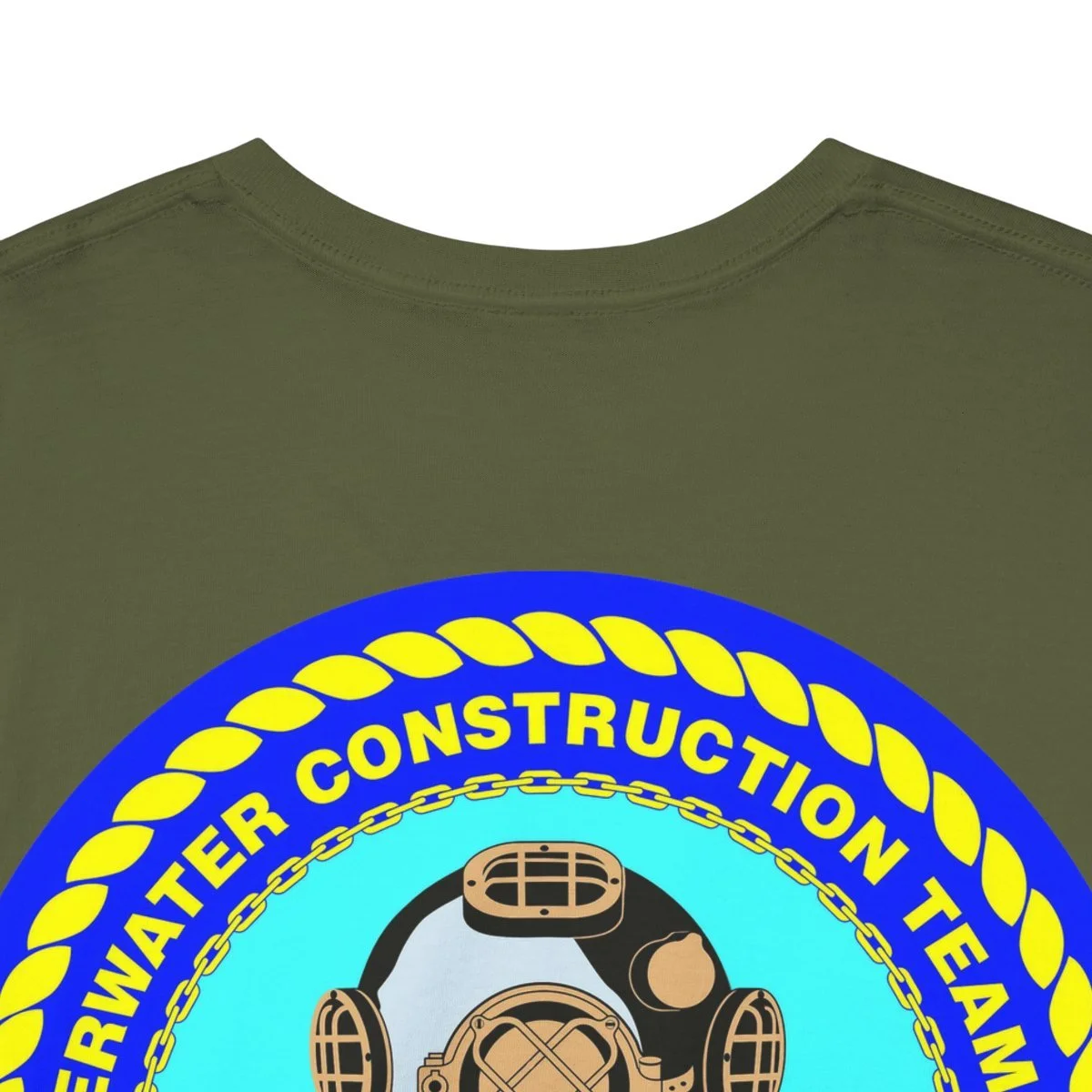 Image 65 of 82
Image 65 of 82

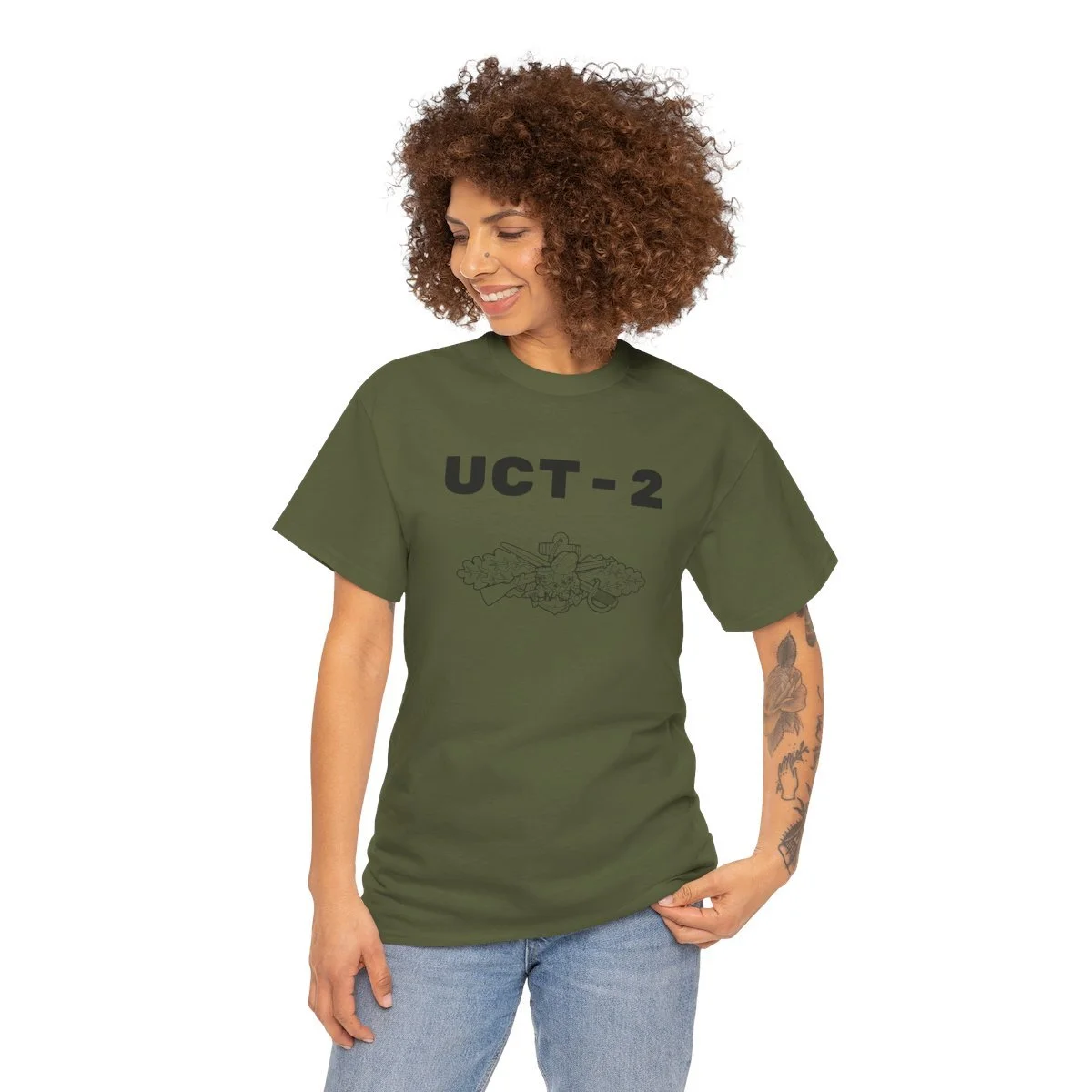 Image 66 of 82
Image 66 of 82

 Image 67 of 82
Image 67 of 82

 Image 68 of 82
Image 68 of 82

 Image 69 of 82
Image 69 of 82

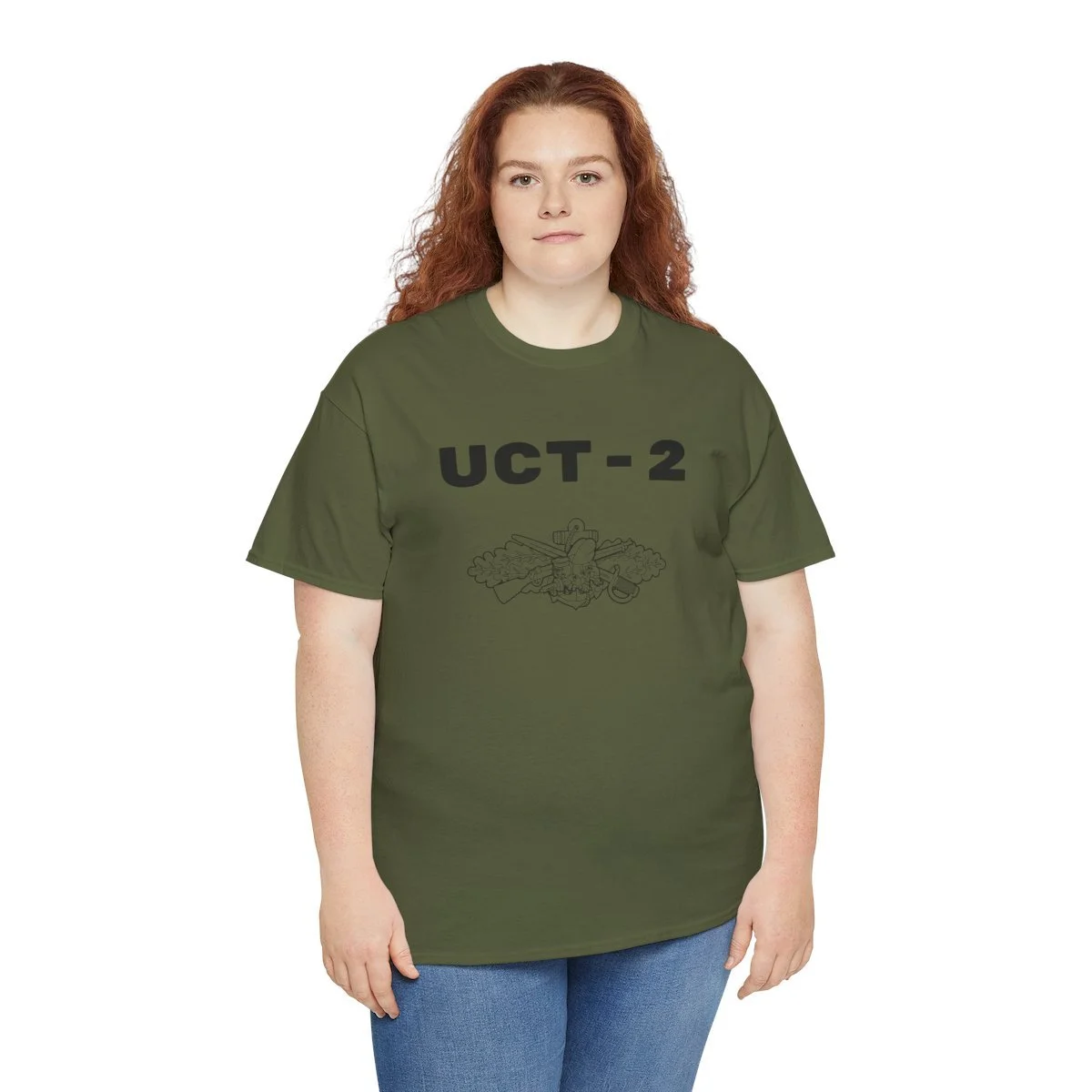 Image 70 of 82
Image 70 of 82

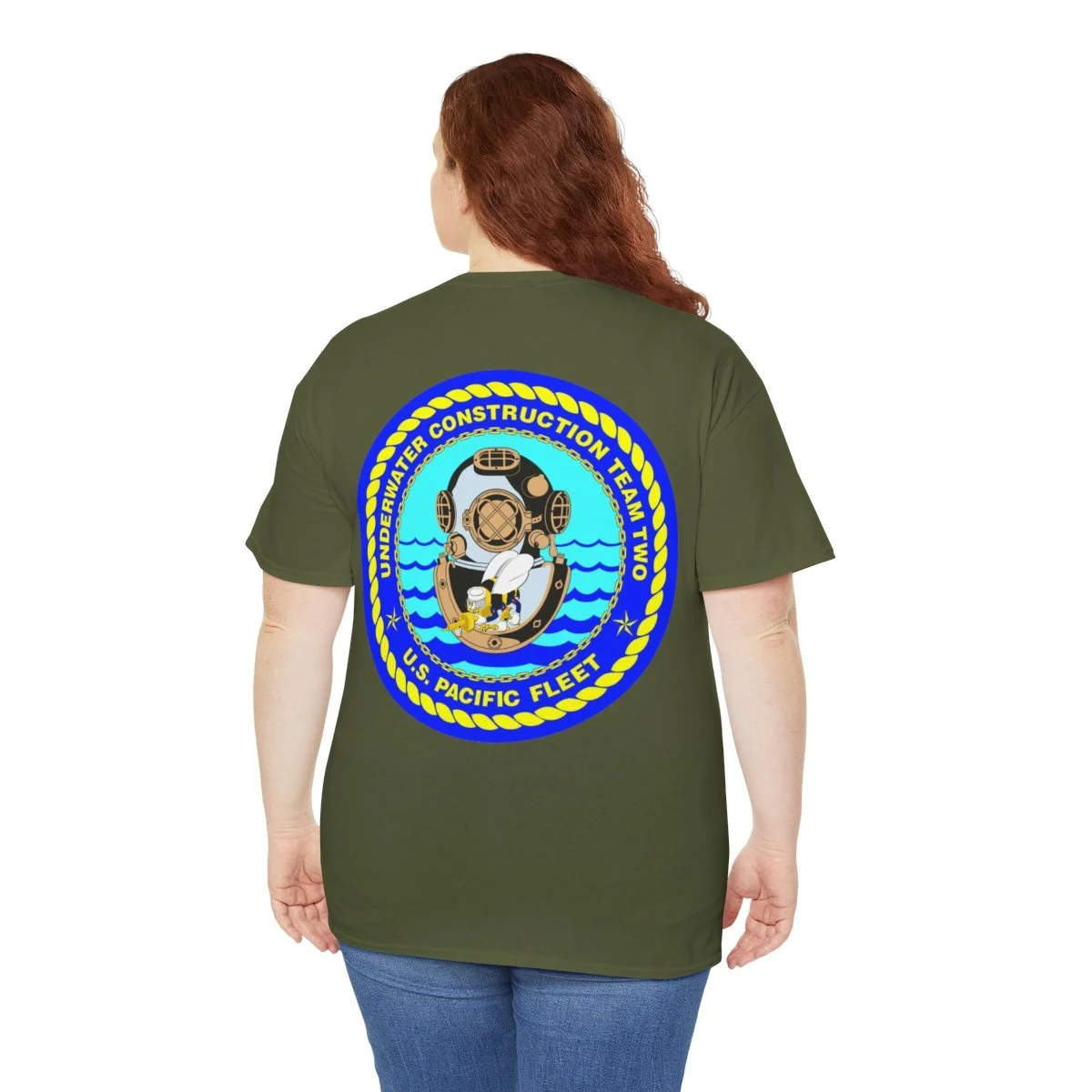 Image 71 of 82
Image 71 of 82

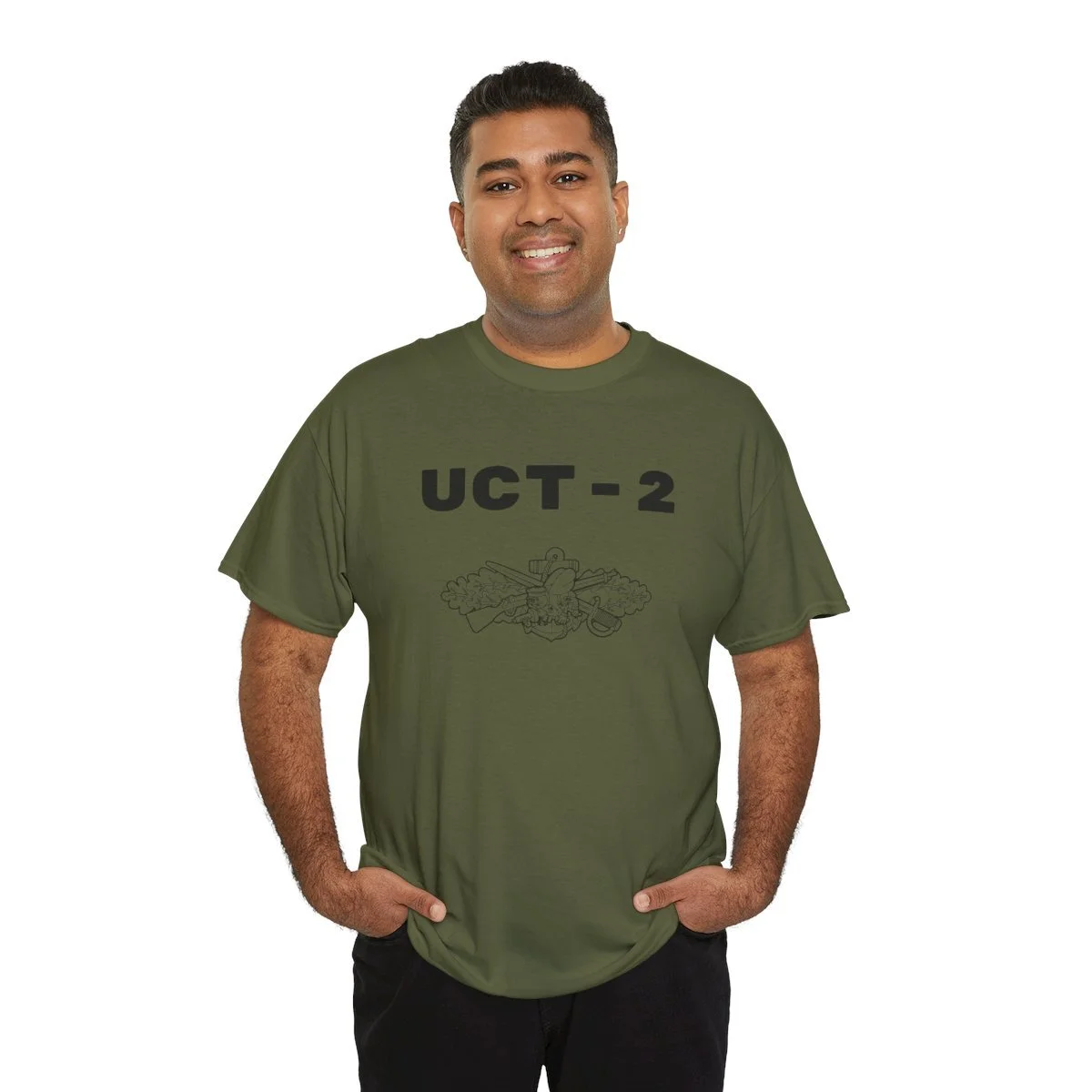 Image 72 of 82
Image 72 of 82

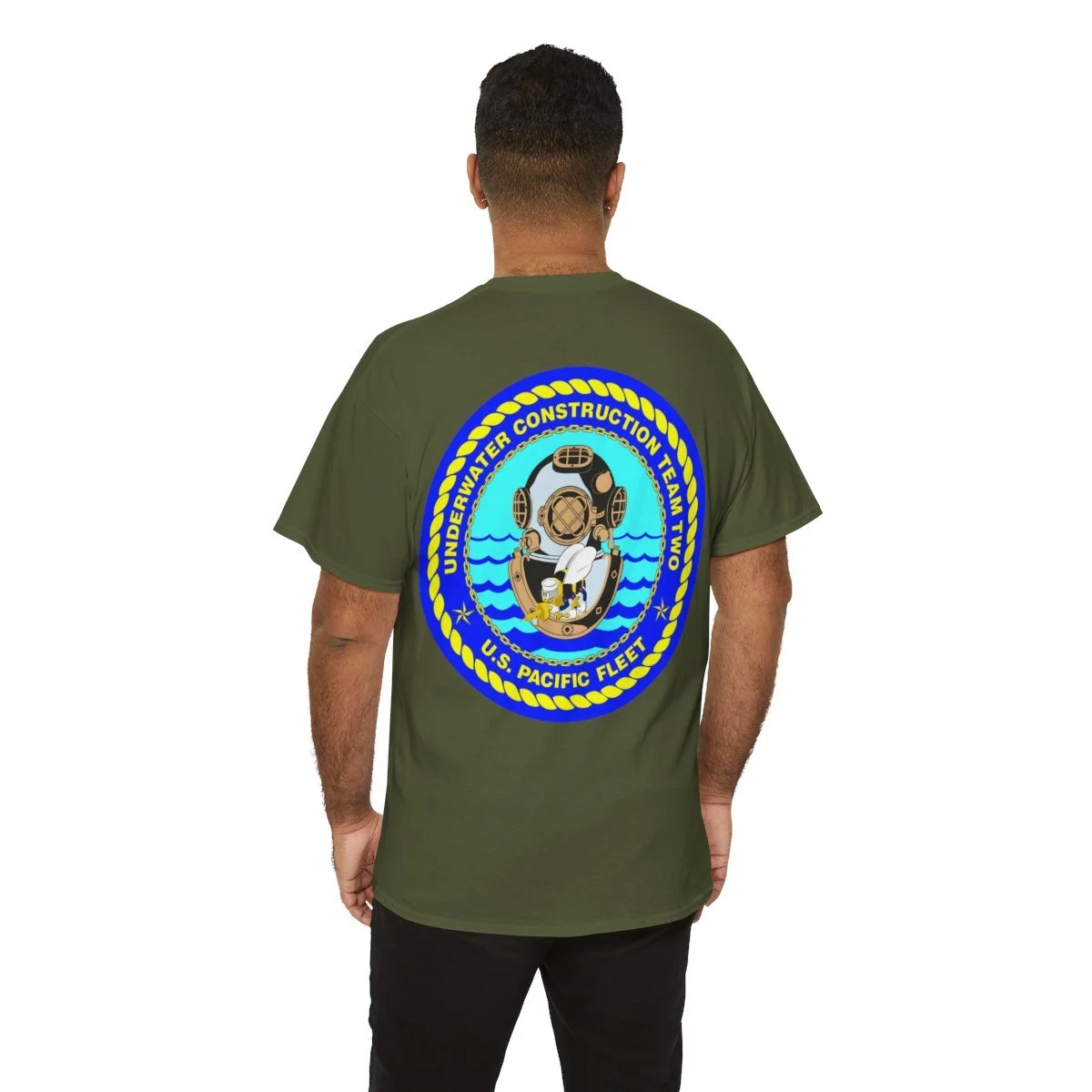 Image 73 of 82
Image 73 of 82

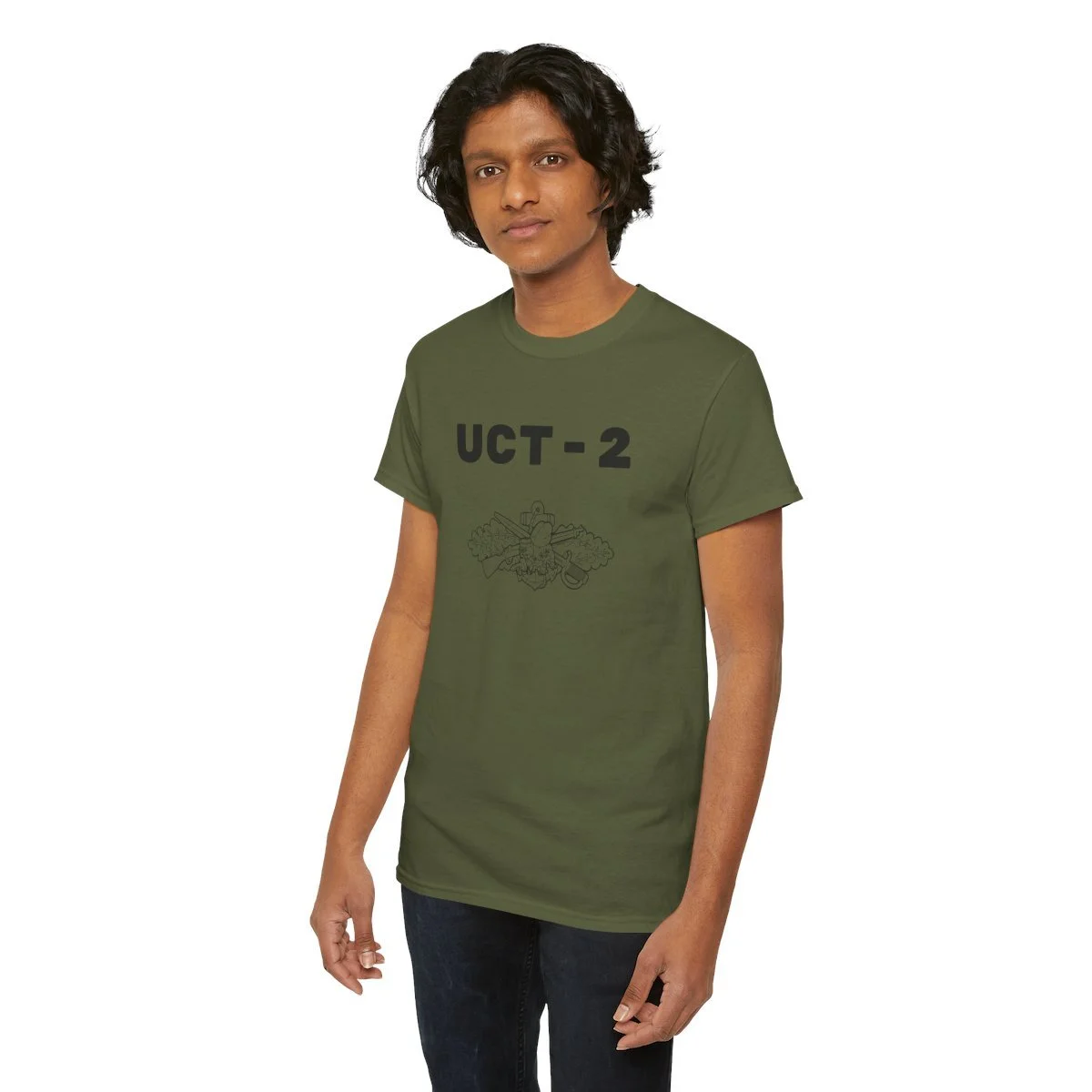 Image 74 of 82
Image 74 of 82

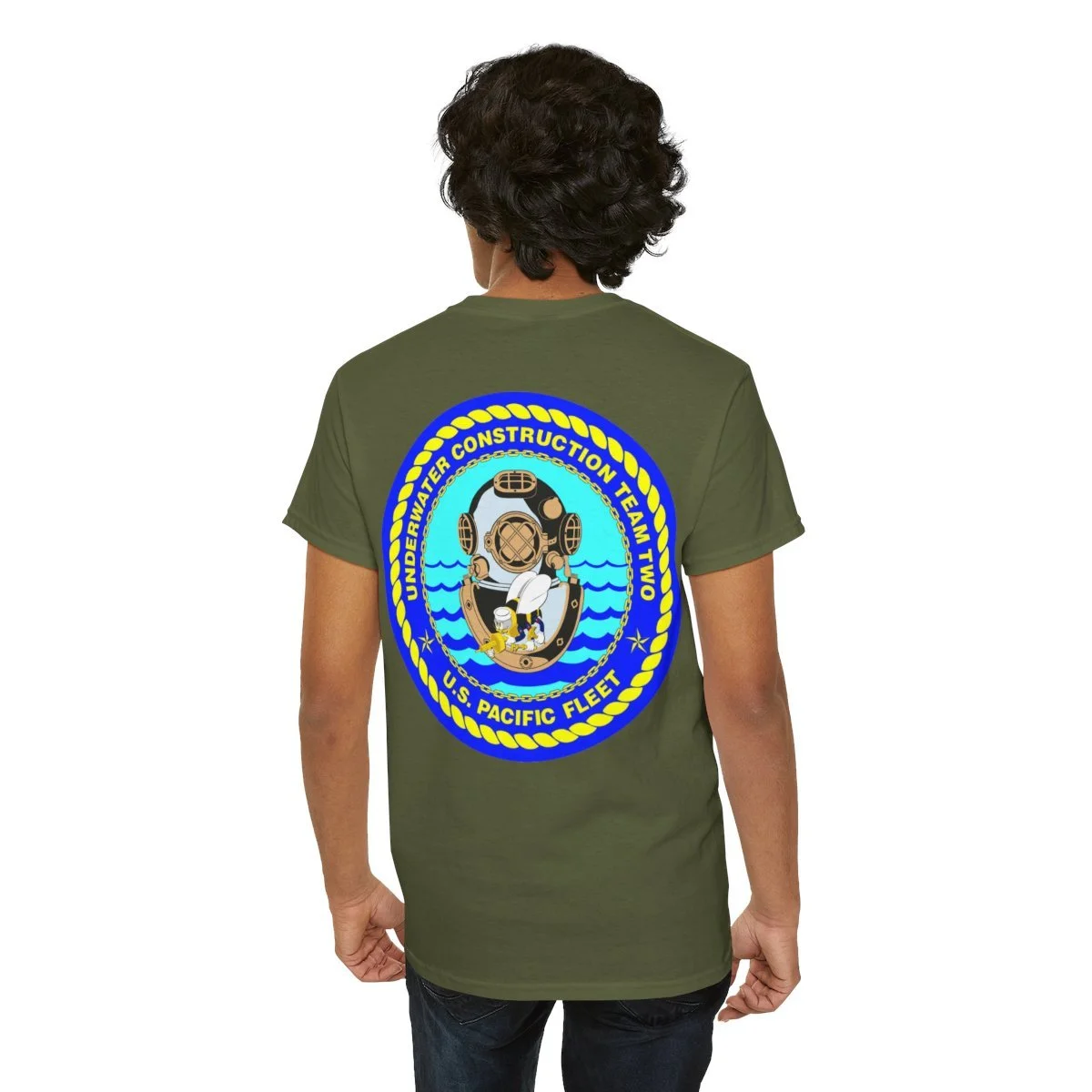 Image 75 of 82
Image 75 of 82

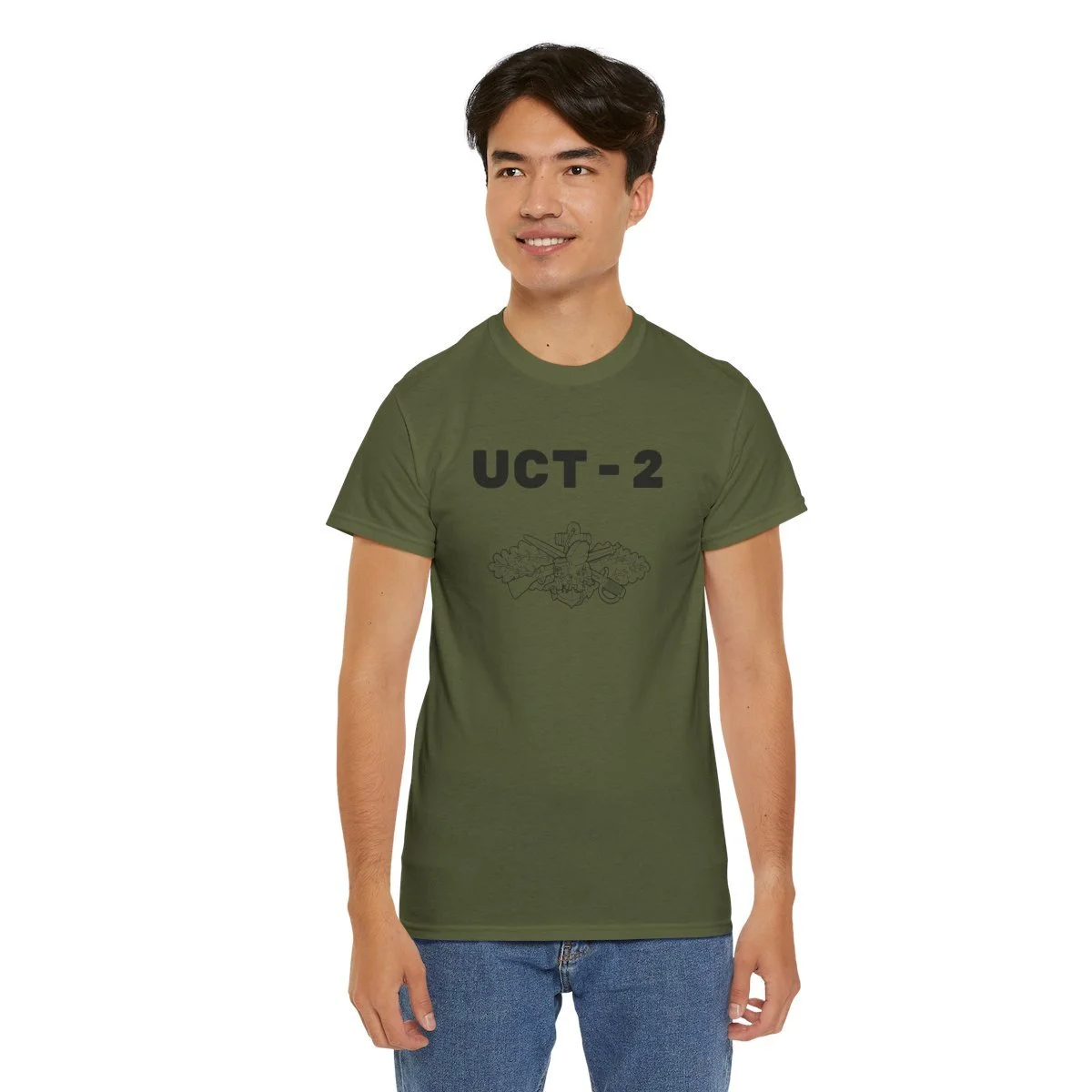 Image 76 of 82
Image 76 of 82

 Image 77 of 82
Image 77 of 82

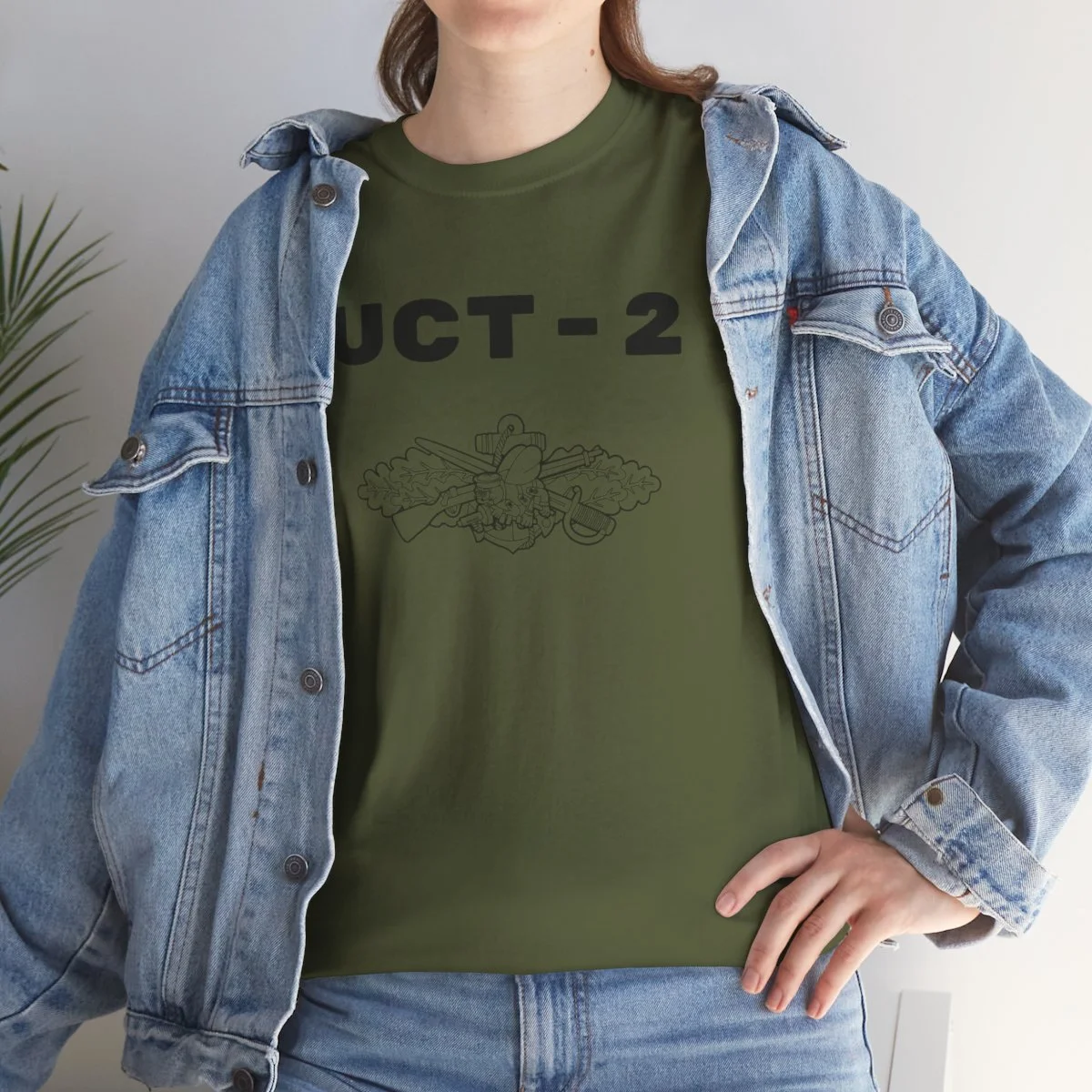 Image 78 of 82
Image 78 of 82

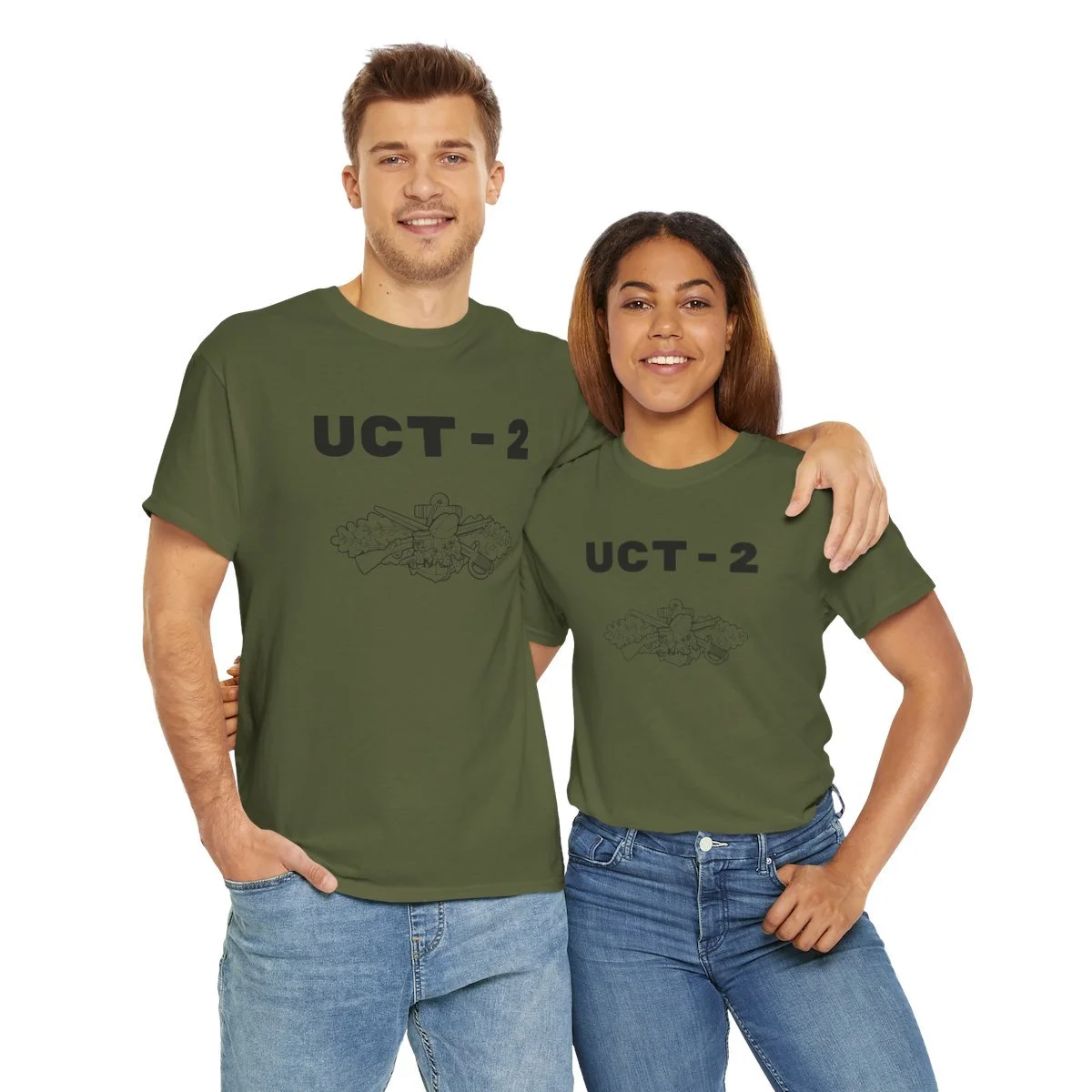 Image 79 of 82
Image 79 of 82

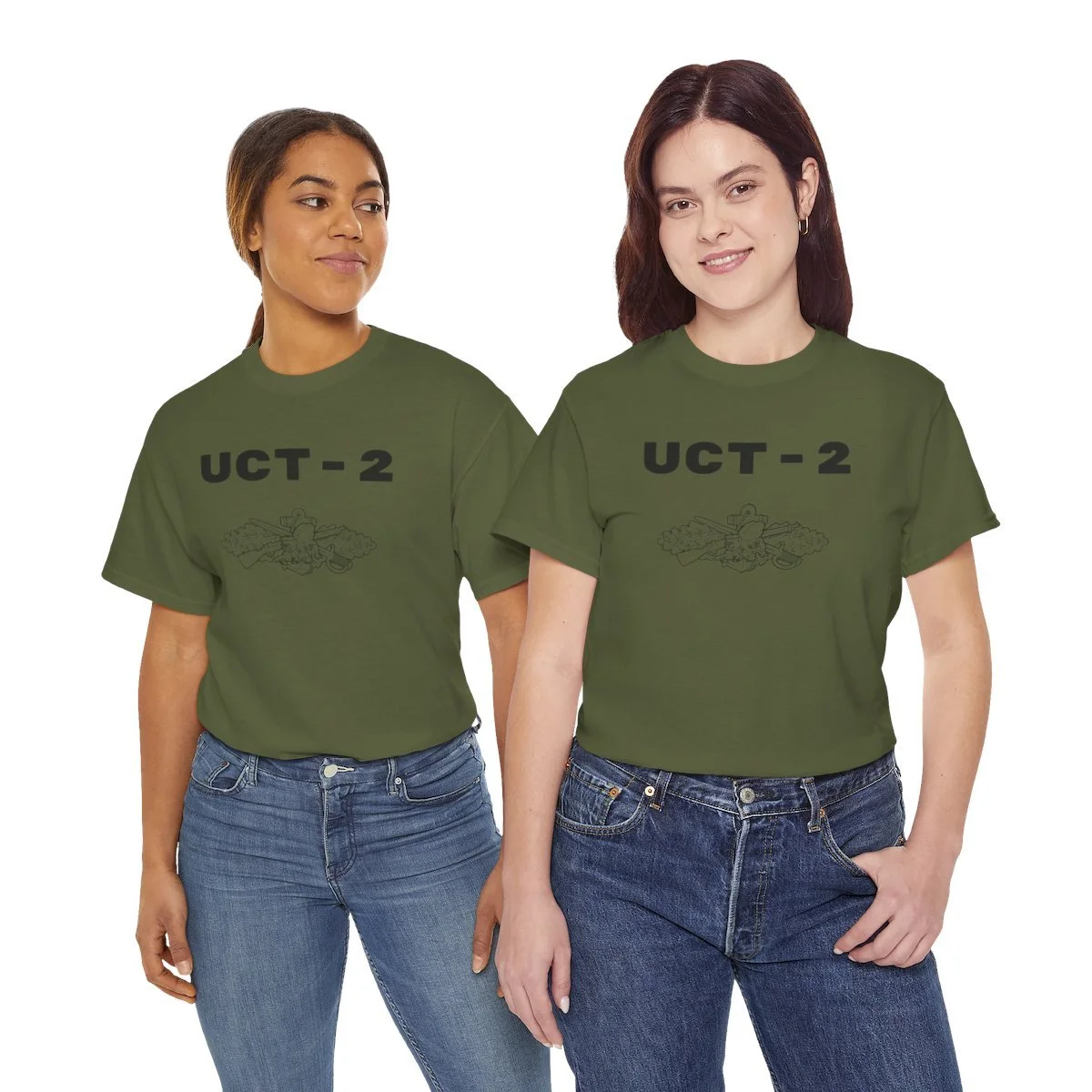 Image 80 of 82
Image 80 of 82

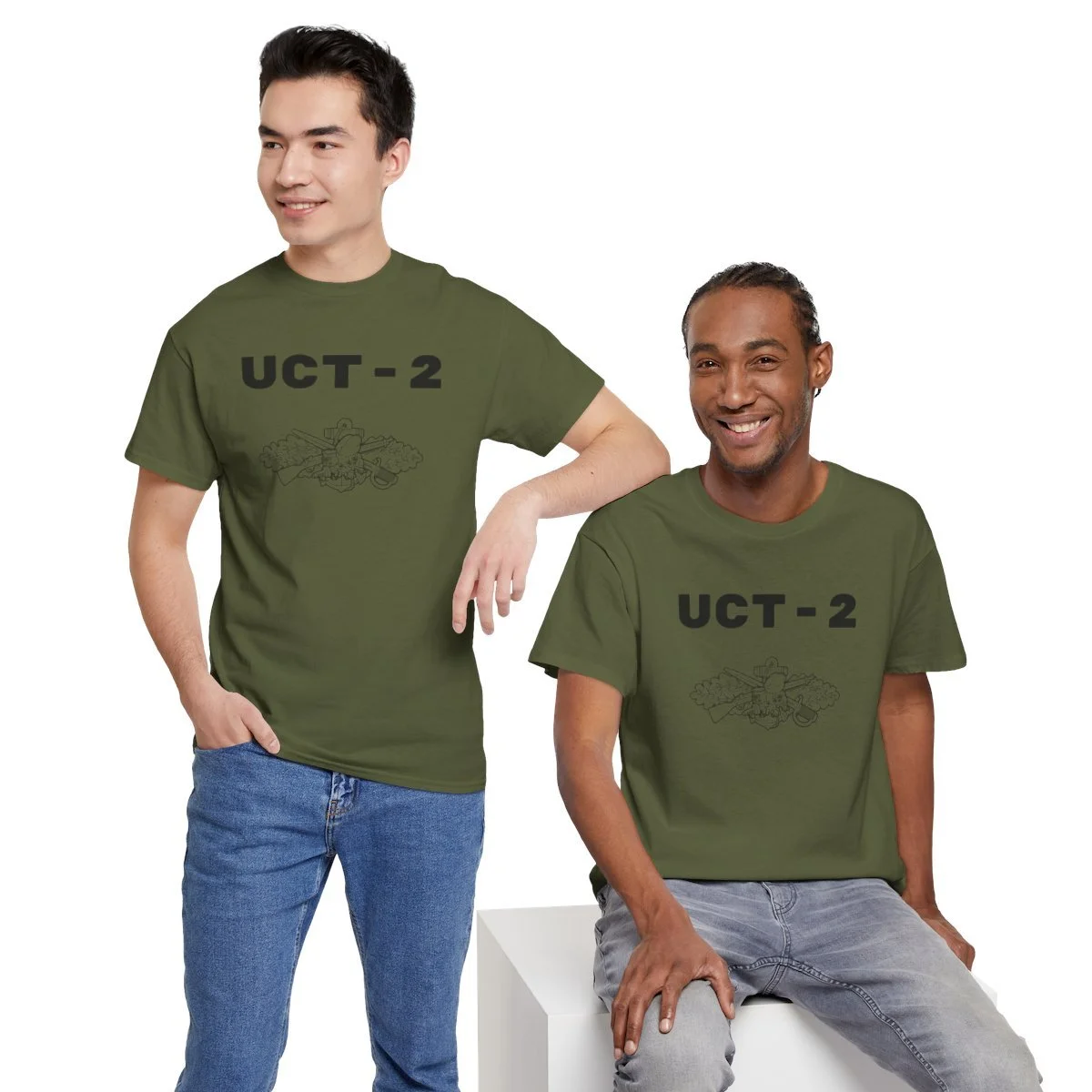 Image 81 of 82
Image 81 of 82

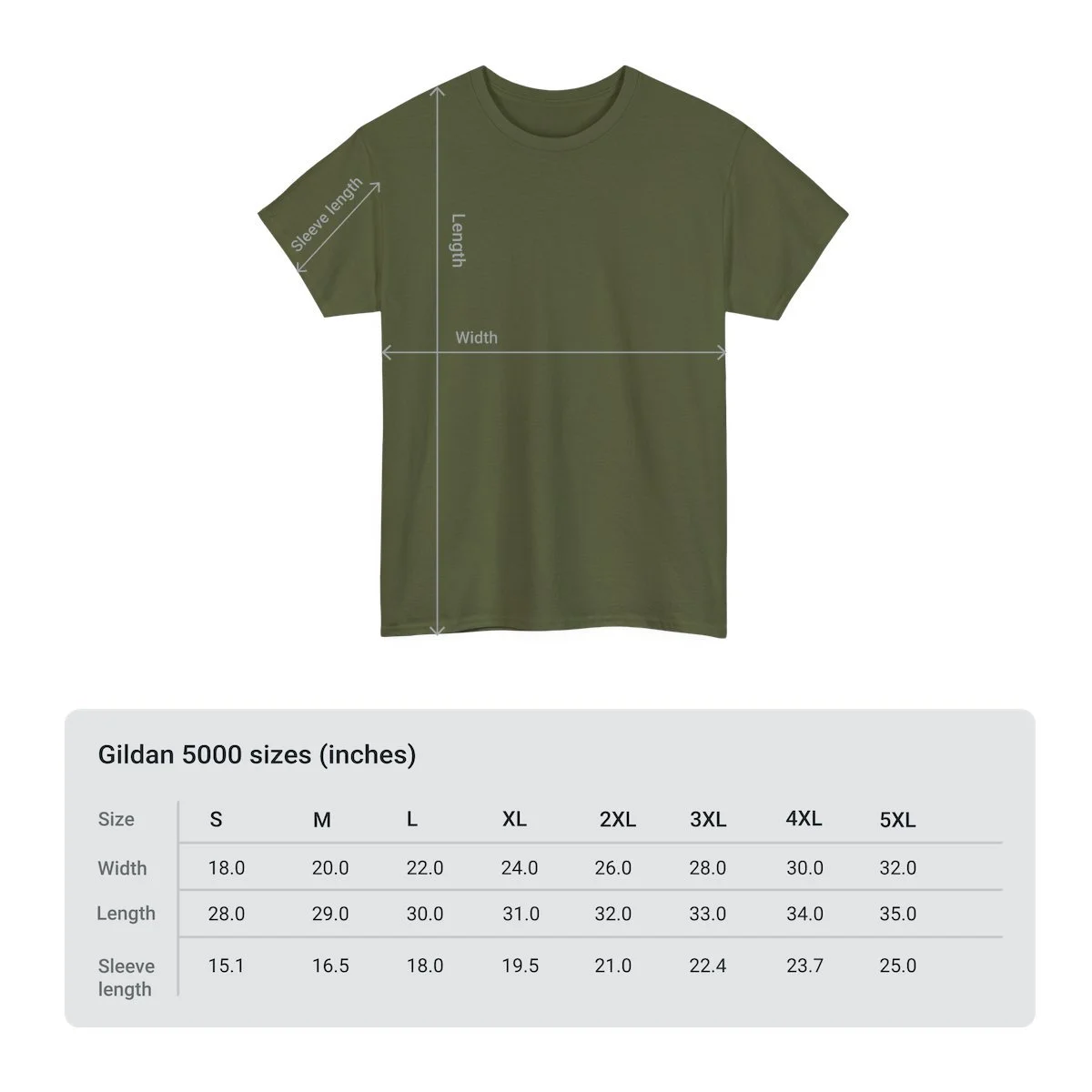 Image 82 of 82
Image 82 of 82



















































































Underwater Construction Team Two (UCT-2) T-Shirt with Seabee Combat Warfare Specialization on Front and Team Logo on Back
Show your Seabee pride with our exclusive Underwater Construction Team One (UCT-2) Seabee Combat Warfare Specialist T-Shirt. The front proudly displays UCT-2 and the SCWS Insignia. The backside displays the proud Seabee logo. The shirts are unisex and come in sand, sport grey, and military green. Since Seabees come in all sizes, our shirts range from small to 5XL.
UCT-2 History
SEABEE divers, integral to the U.S. Navy since World War II, originally supported beach clearing operations for amphibious assaults by utilizing their skills in blasting and diving. These early units evolved into Underwater Demolition Teams (UDT), and currently, Underwater Construction Teams (UCT) carry forward this legacy. UCTs are specialized in using explosives and other methods to clear obstacles, blast coral reefs, and undertake inshore tasks to create navigation channels and mooring facilities for ships. During the 1960s, SEABEE divers contributed significantly to "Man-in-the-Sea" programs, such as SEALAB II and TEKTITE II, marking early achievements in undersea laboratory developments. The formation of a UCT under the 21st Naval Construction Regiment in Davisville, R.I., in 1969, and another under the 31st NCR in Port Hueneme, Calif., in 1971, represented key milestones in formalizing the role of SEABEE divers within the Naval Construction Force. By 1974, these units were commissioned as Underwater Construction Teams, led by Civil Engineer Corps Officers. In 1985, the UCTs were granted Command status, underscoring the importance and autonomy of these specialized units within the Navy. Today, UCT ONE is based in Little Creek, Virginia, continuing the tradition of SEABEE divers in supporting military and humanitarian missions globally. Seabee Combat Warfare Specialist The Seabee Combat Warfare Specialist insignia is a United States Navy warfare qualification awarded to personnel assigned to units within the Naval Construction Force (Seabees), such as Naval Construction Groups, Regiments, Mobile Construction Battalions, Underwater Construction Teams, Maintenance Units, and Amphibious Construction Battalions. Eligibility extends primarily to enlisted Seabee Occupational Field ratings and Civil Engineer Corps members, but any officer or enlisted member in a qualifying unit who completes the required criteria may earn it. Candidates must demonstrate proficiency across a broad range of naval and military subjects, including naval heritage, command and control, safety, logistics, communications, weapons, military tactics, and chemical, biological, and radiological warfare. This involves preparatory coursework, Performance Qualification Standards (PQS) for both general and unit-specific knowledge, an officer-specific PQS for officers, career performance and physical fitness standards, participation in field training or operations, a written test, a preparatory oral board, and a final comprehensive oral examination. The insignia, issued in silver for enlisted personnel and gold for officers, features an armed Seabee over a crossed sword and rifle atop oak leaves, symbolizing the Seabees. Authorized by the "Seabee Combat Warfare Specialist" instruction in March 1992, the insignia designator (SCW) is added to the rating designator of those qualified. The first recipient was its designer, Commander Ross S. Selvidge, in March 1993.
Show your Seabee pride with our exclusive Underwater Construction Team One (UCT-2) Seabee Combat Warfare Specialist T-Shirt. The front proudly displays UCT-2 and the SCWS Insignia. The backside displays the proud Seabee logo. The shirts are unisex and come in sand, sport grey, and military green. Since Seabees come in all sizes, our shirts range from small to 5XL.
UCT-2 History
SEABEE divers, integral to the U.S. Navy since World War II, originally supported beach clearing operations for amphibious assaults by utilizing their skills in blasting and diving. These early units evolved into Underwater Demolition Teams (UDT), and currently, Underwater Construction Teams (UCT) carry forward this legacy. UCTs are specialized in using explosives and other methods to clear obstacles, blast coral reefs, and undertake inshore tasks to create navigation channels and mooring facilities for ships. During the 1960s, SEABEE divers contributed significantly to "Man-in-the-Sea" programs, such as SEALAB II and TEKTITE II, marking early achievements in undersea laboratory developments. The formation of a UCT under the 21st Naval Construction Regiment in Davisville, R.I., in 1969, and another under the 31st NCR in Port Hueneme, Calif., in 1971, represented key milestones in formalizing the role of SEABEE divers within the Naval Construction Force. By 1974, these units were commissioned as Underwater Construction Teams, led by Civil Engineer Corps Officers. In 1985, the UCTs were granted Command status, underscoring the importance and autonomy of these specialized units within the Navy. Today, UCT ONE is based in Little Creek, Virginia, continuing the tradition of SEABEE divers in supporting military and humanitarian missions globally. Seabee Combat Warfare Specialist The Seabee Combat Warfare Specialist insignia is a United States Navy warfare qualification awarded to personnel assigned to units within the Naval Construction Force (Seabees), such as Naval Construction Groups, Regiments, Mobile Construction Battalions, Underwater Construction Teams, Maintenance Units, and Amphibious Construction Battalions. Eligibility extends primarily to enlisted Seabee Occupational Field ratings and Civil Engineer Corps members, but any officer or enlisted member in a qualifying unit who completes the required criteria may earn it. Candidates must demonstrate proficiency across a broad range of naval and military subjects, including naval heritage, command and control, safety, logistics, communications, weapons, military tactics, and chemical, biological, and radiological warfare. This involves preparatory coursework, Performance Qualification Standards (PQS) for both general and unit-specific knowledge, an officer-specific PQS for officers, career performance and physical fitness standards, participation in field training or operations, a written test, a preparatory oral board, and a final comprehensive oral examination. The insignia, issued in silver for enlisted personnel and gold for officers, features an armed Seabee over a crossed sword and rifle atop oak leaves, symbolizing the Seabees. Authorized by the "Seabee Combat Warfare Specialist" instruction in March 1992, the insignia designator (SCW) is added to the rating designator of those qualified. The first recipient was its designer, Commander Ross S. Selvidge, in March 1993.
